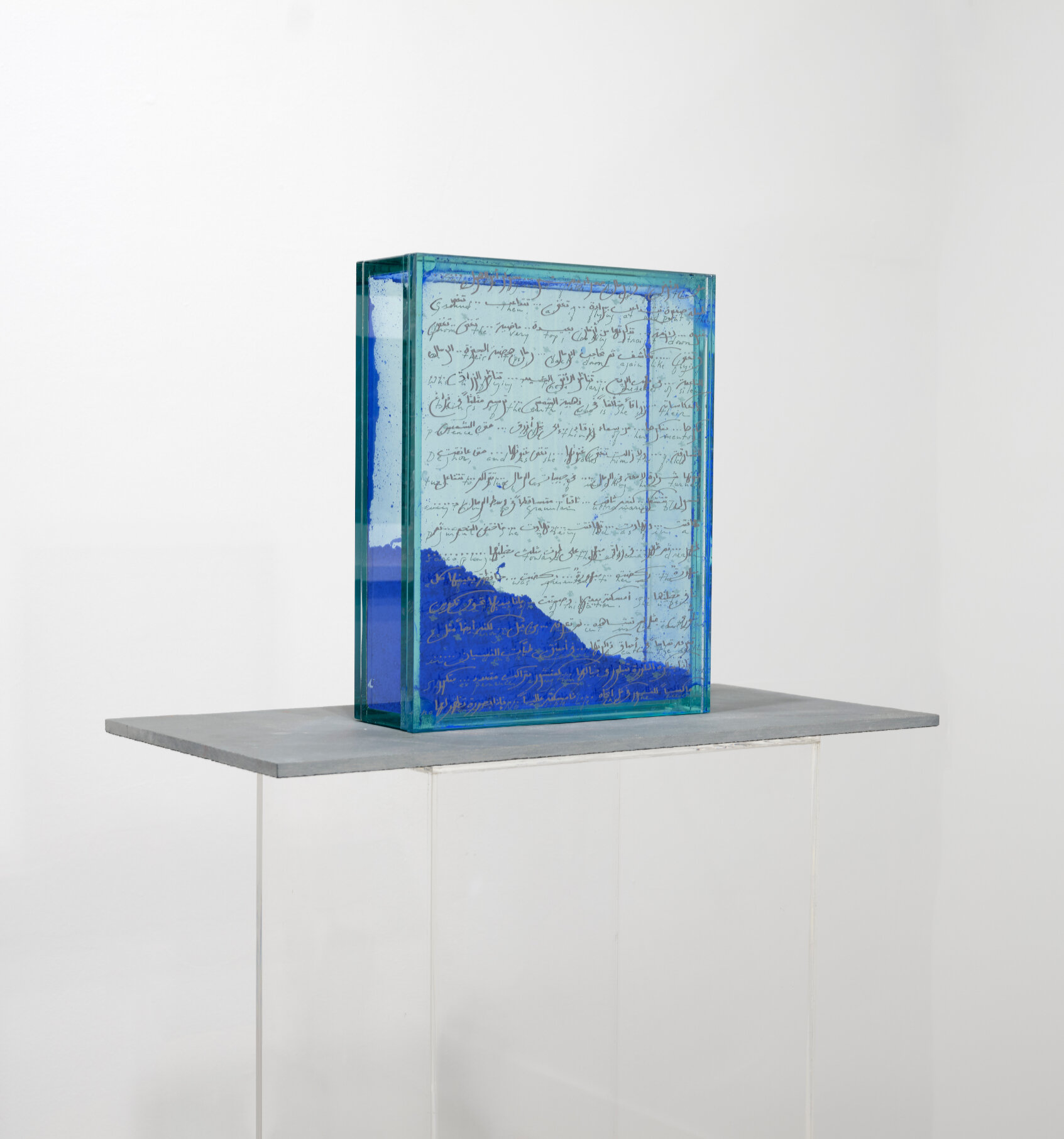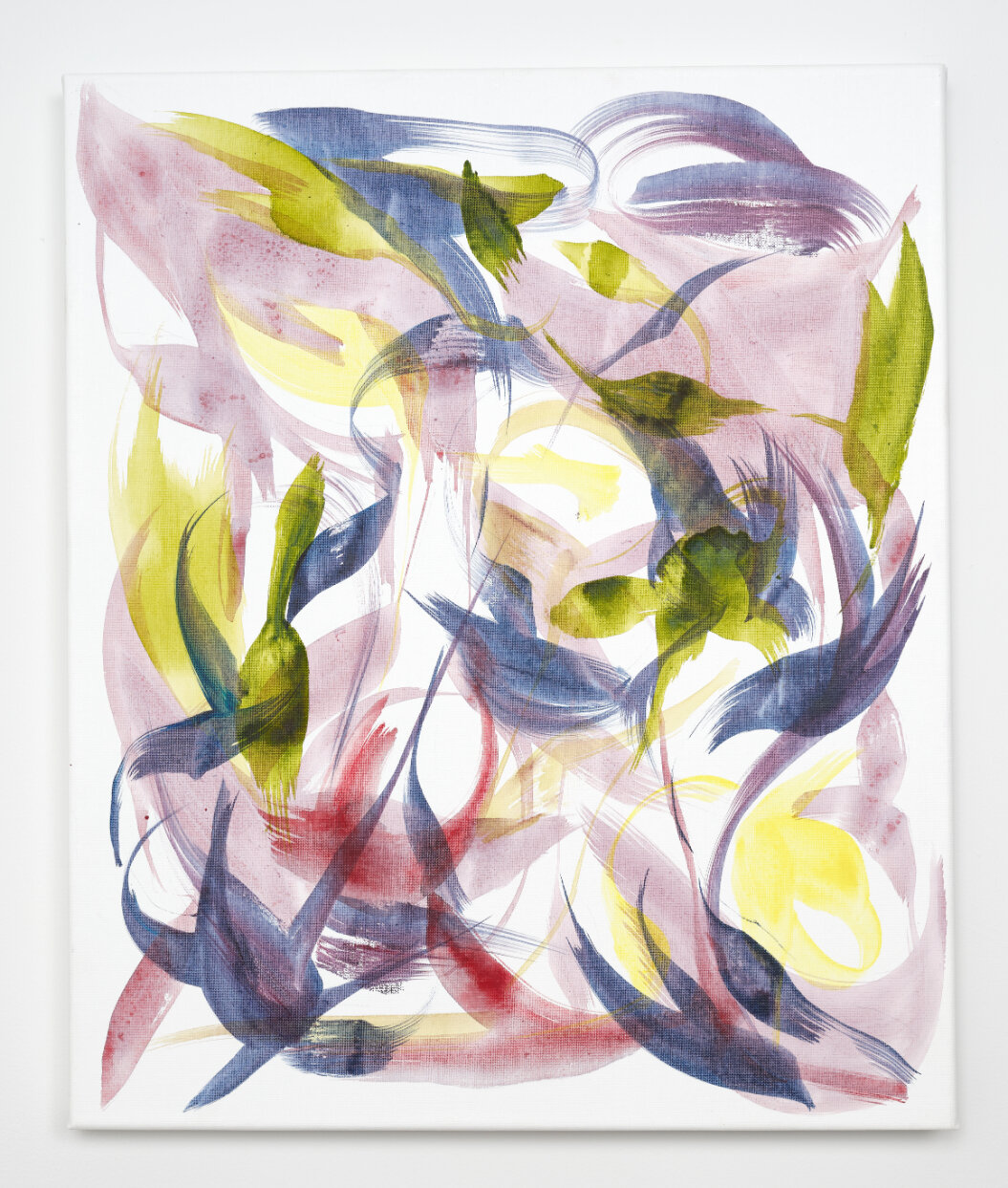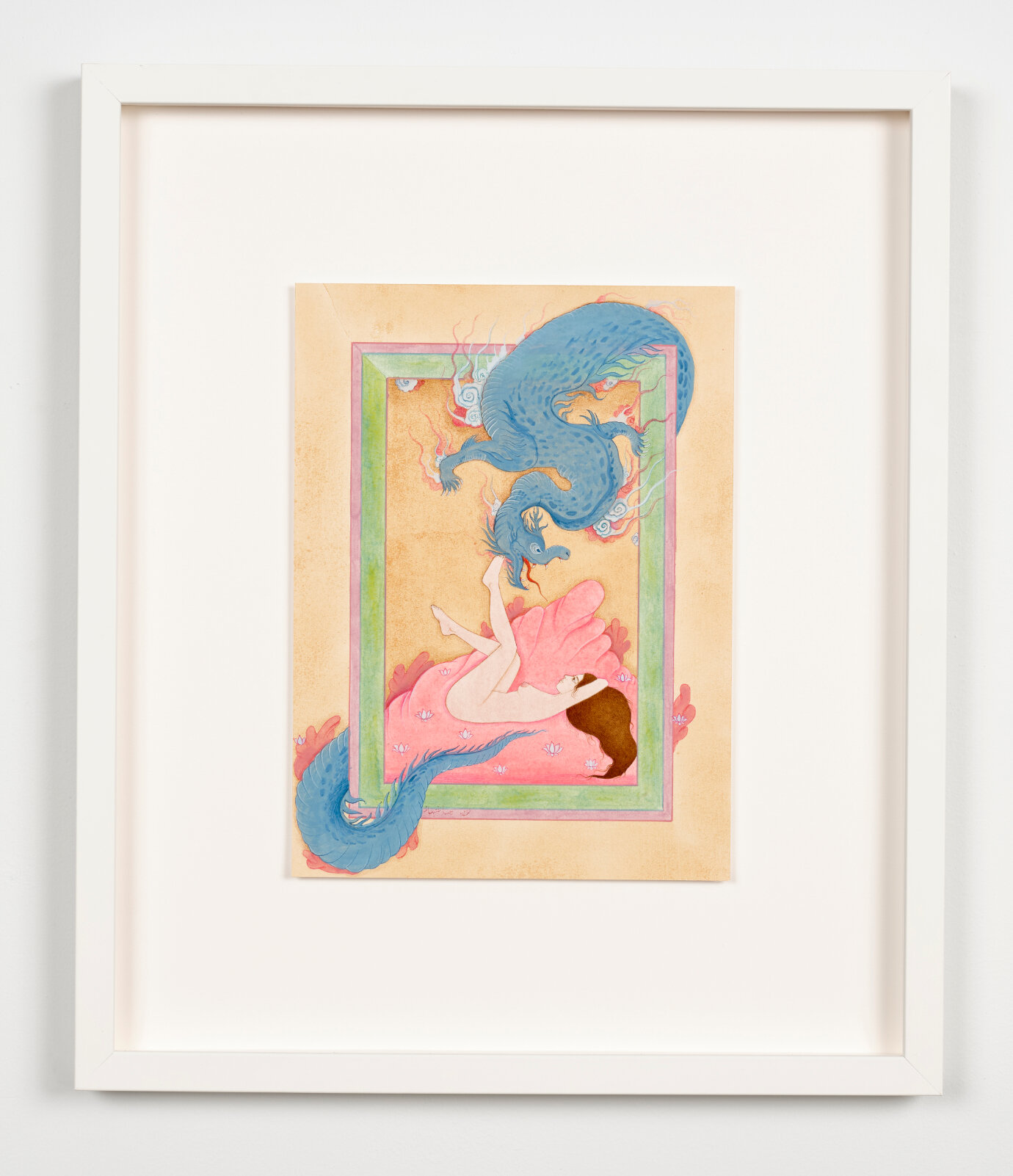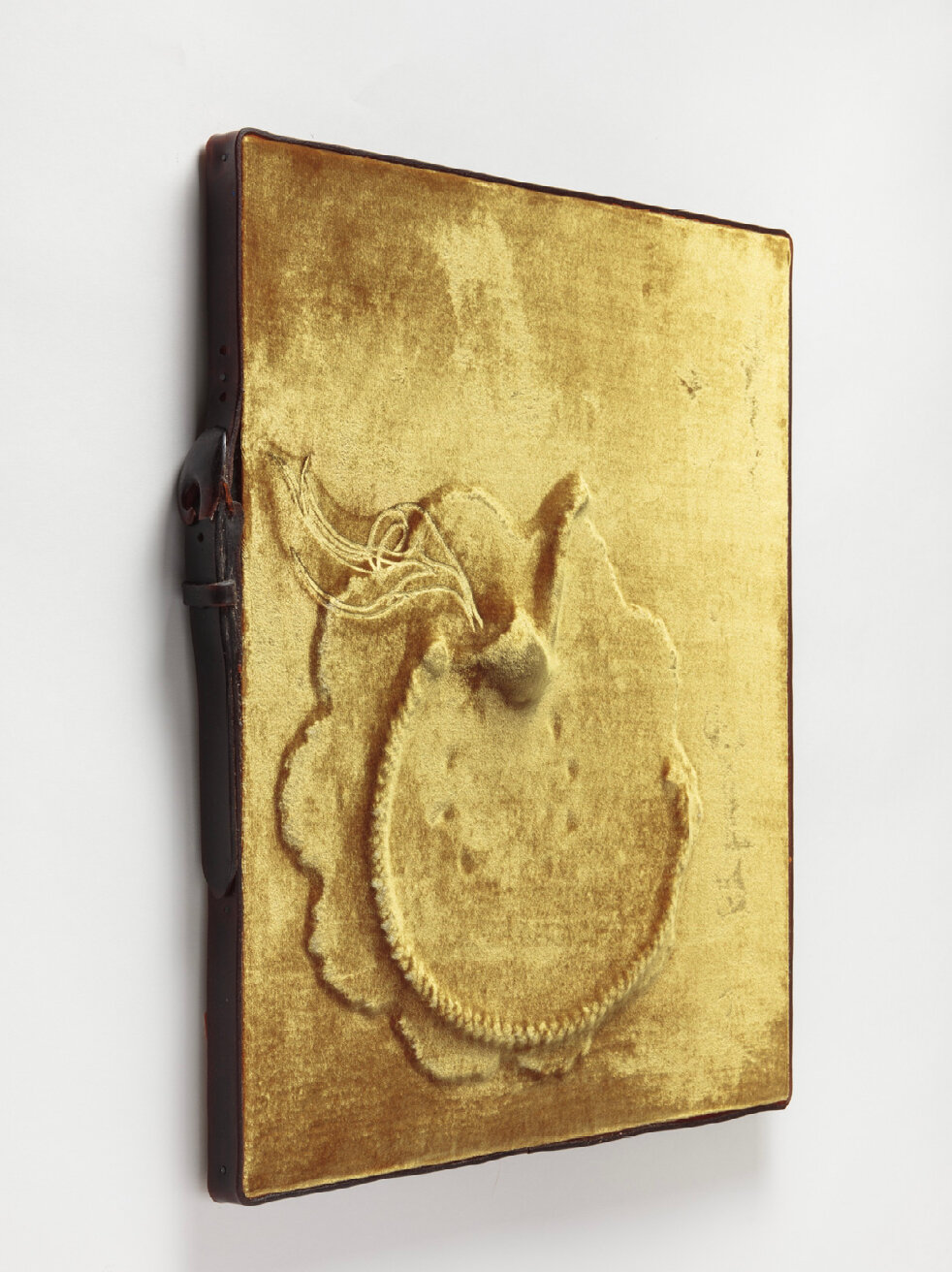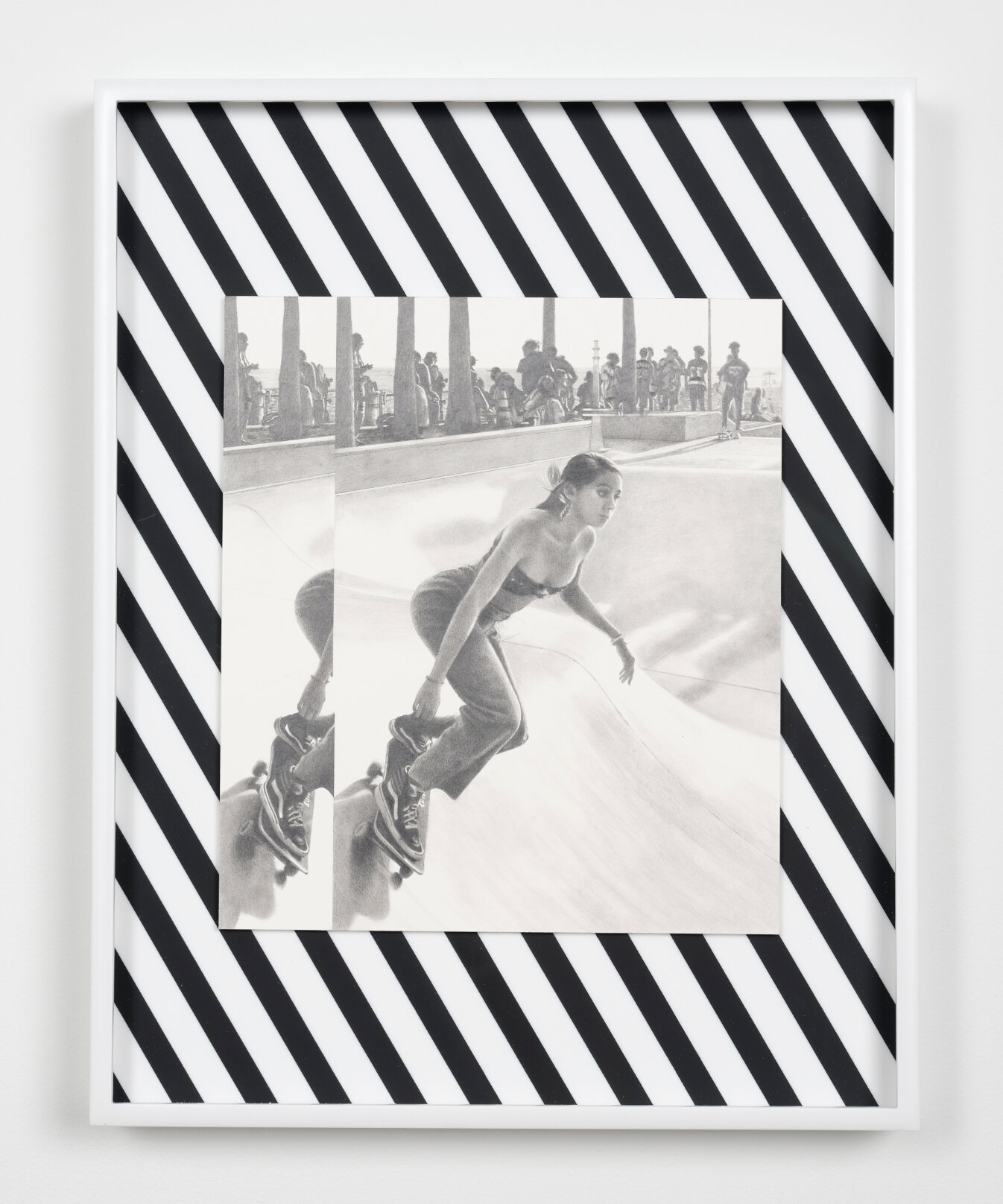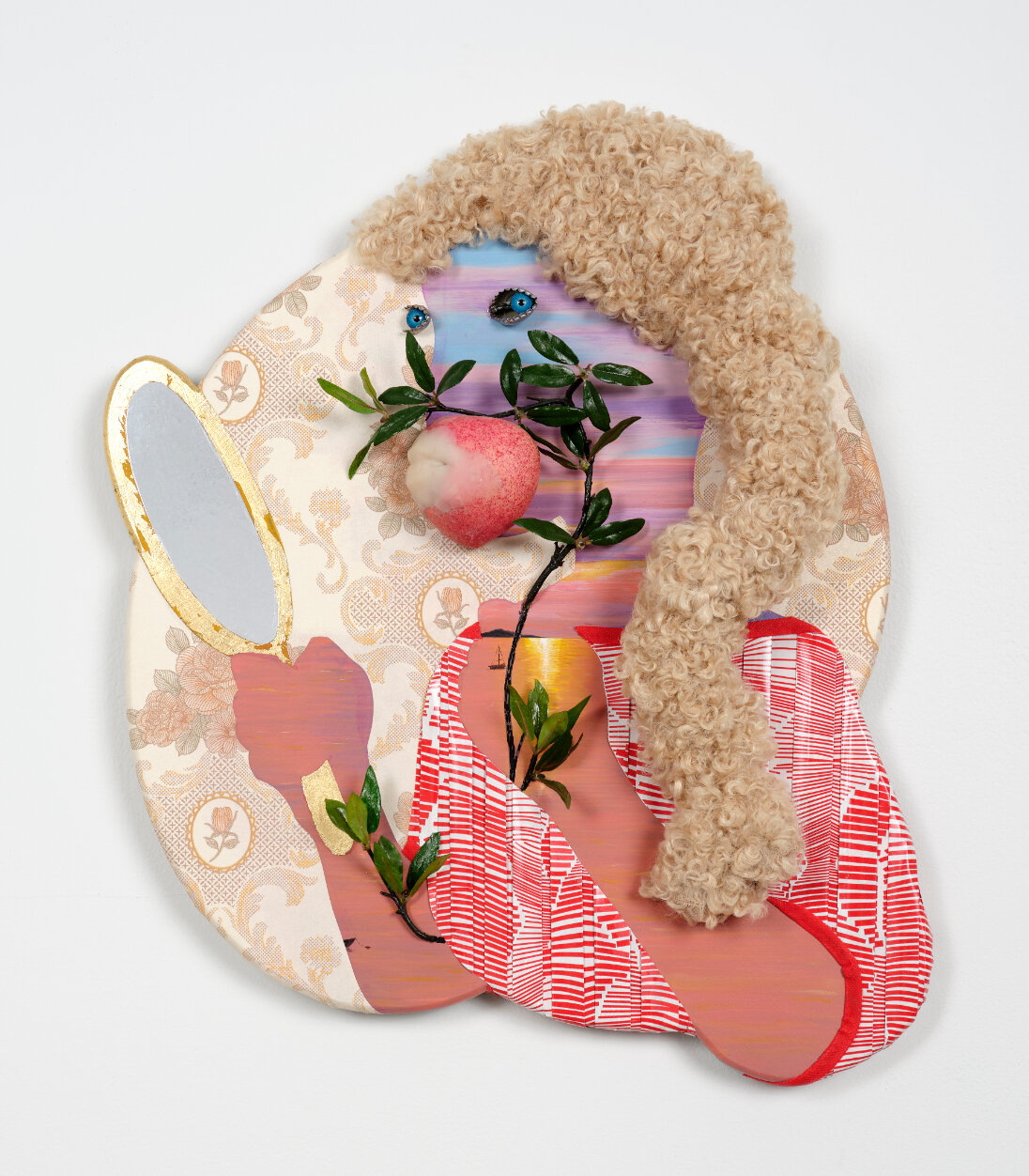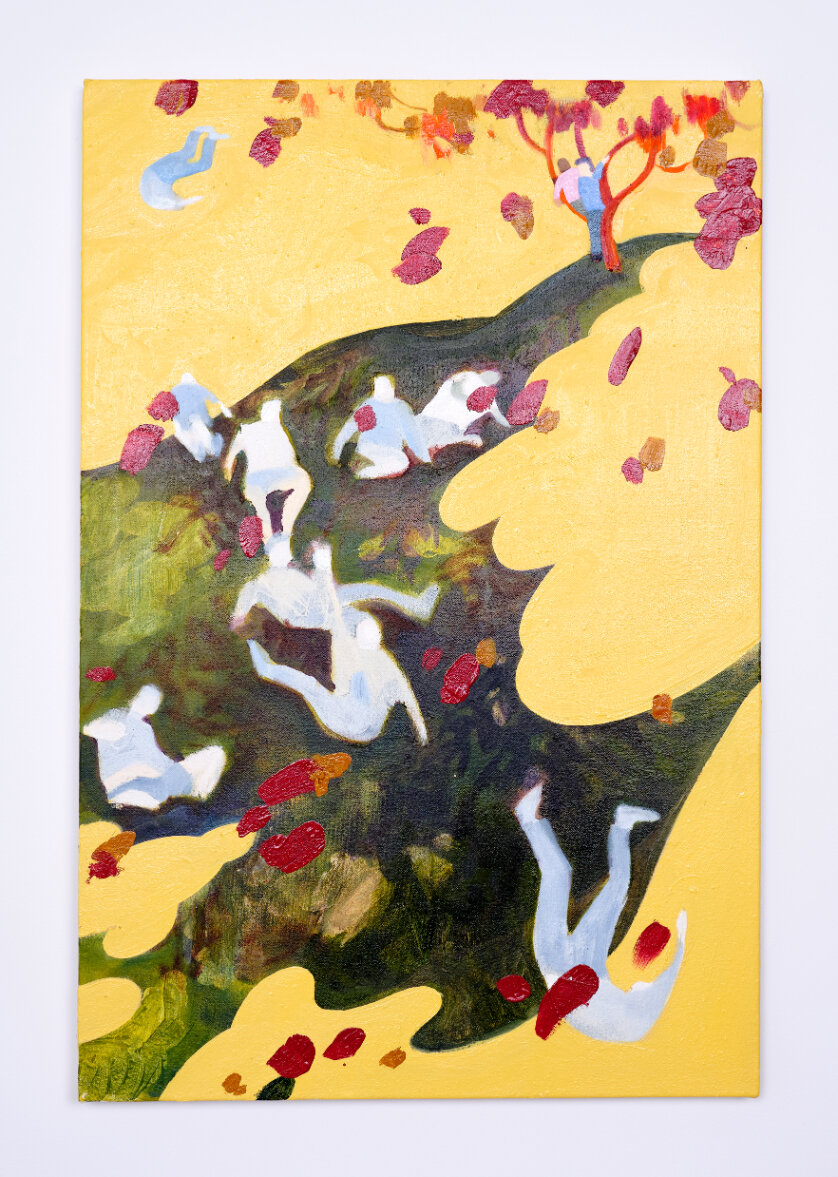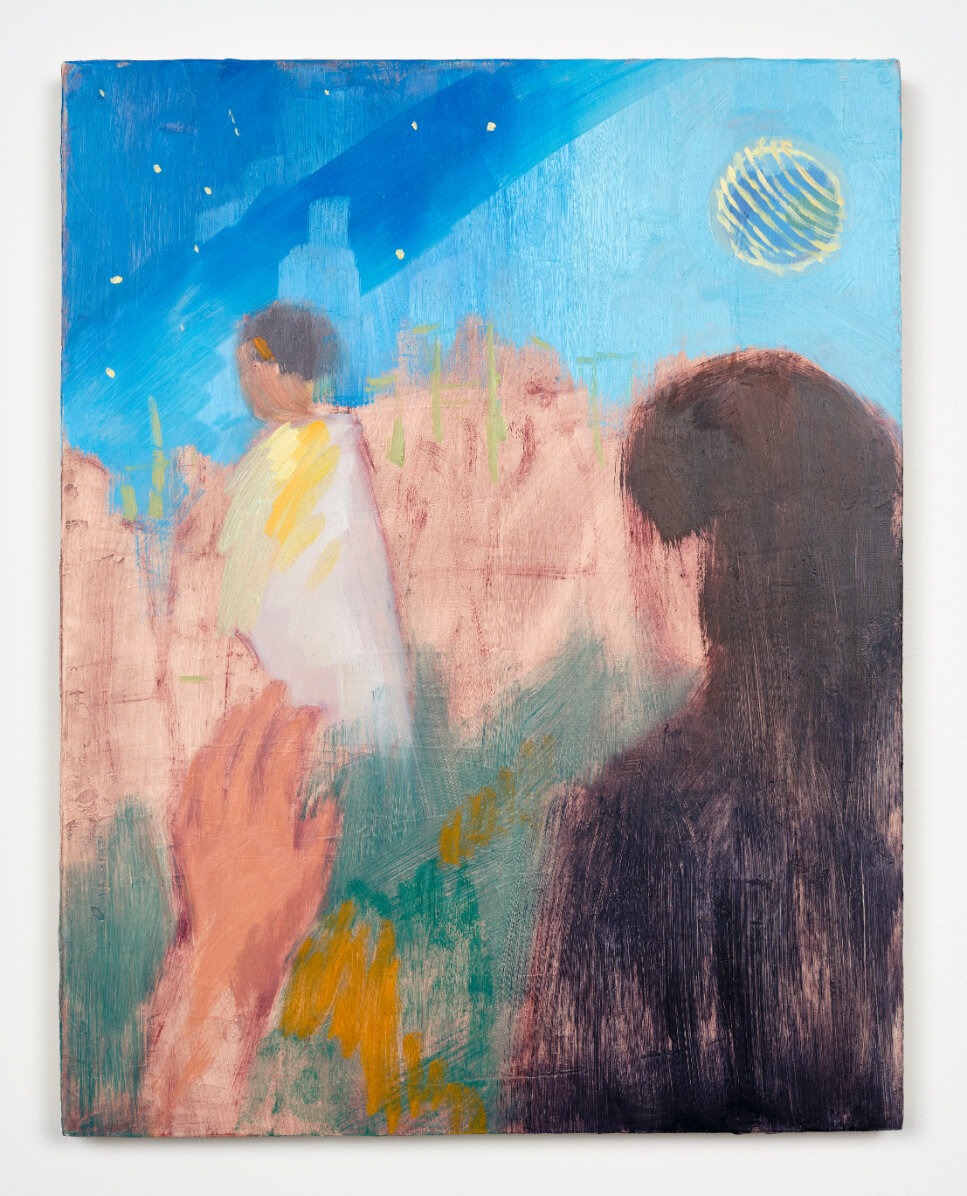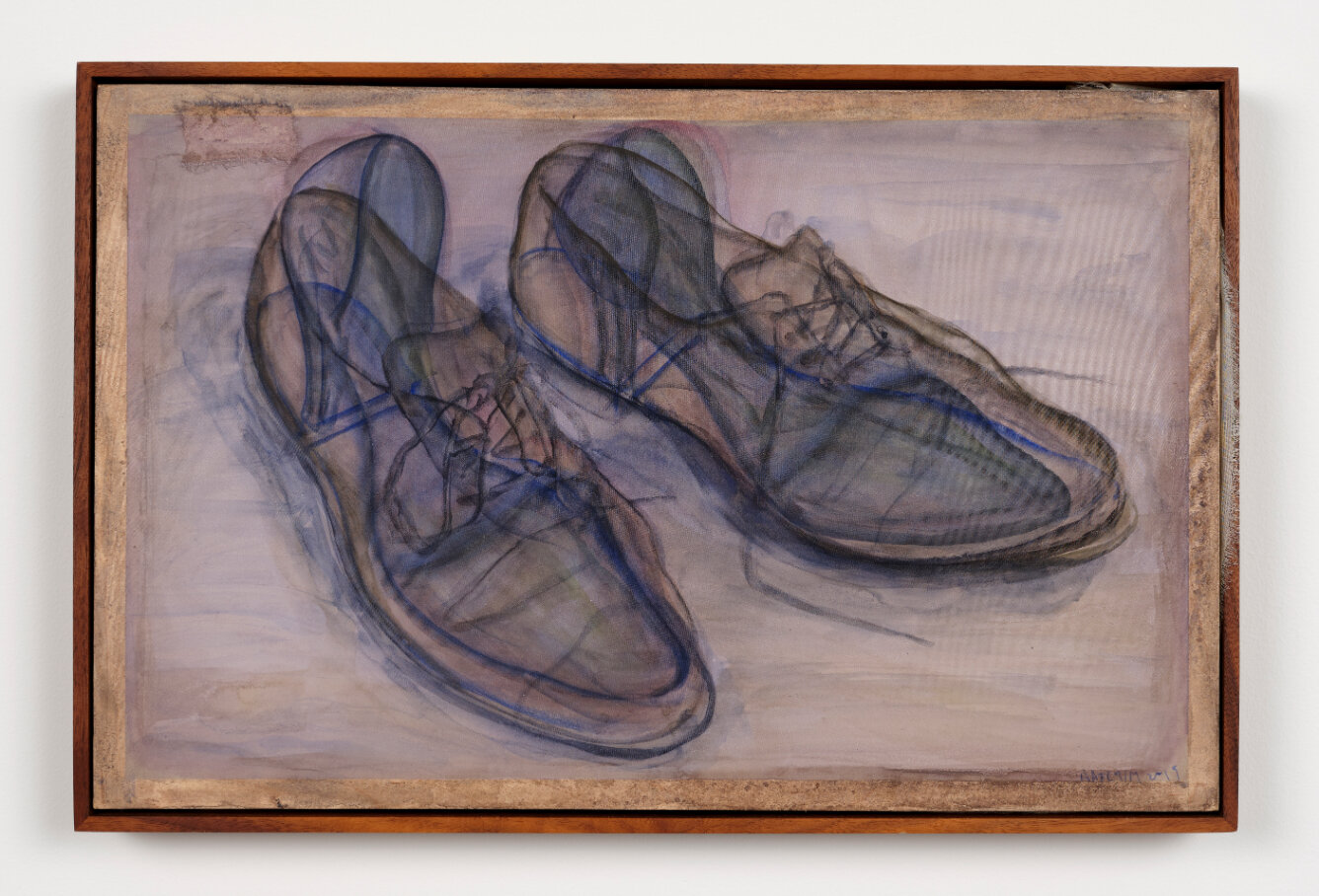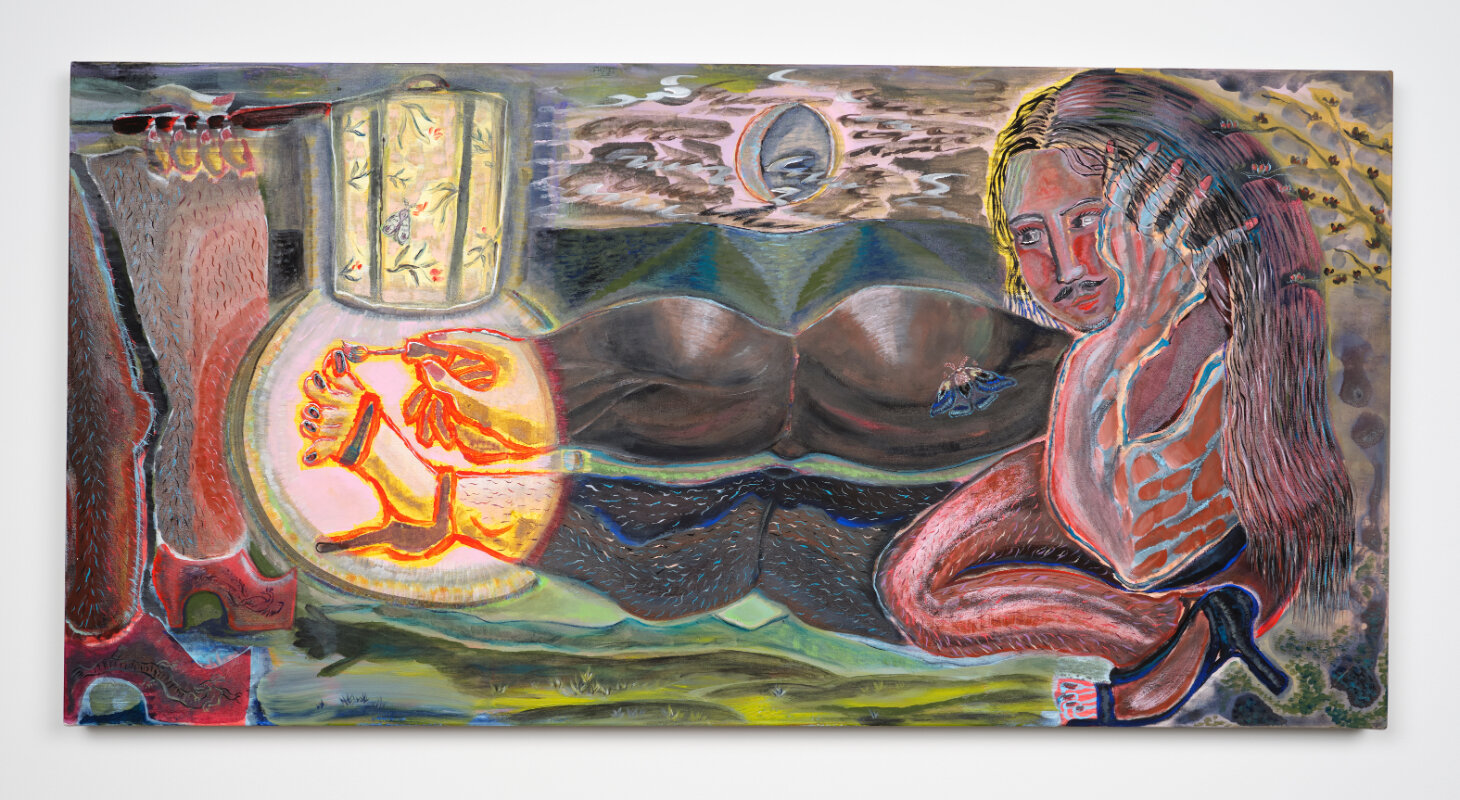text by Robert Hobbs
Michael St. John’s series of twenty-four paintings entitled The Passions was inspired by Charles Le Brun’s engravings of expressive heads, which illuminate ideas articulated in his 1668 lecture “Conférence sur l’expression générale et particulière.” The purpose of Le Brun’s physiognomic depictions of the passions—the seventeenth-century word for emotions—was didactic: as director of the Royal Academy of Painting and Sculpture, he aimed to teach aspiring artists how to represent human emotions nobly.
Key to St. John’s series is Le Brun’s linkage of “générale et particulière” to establish a continuum between the customary and the idiosyncratic—a variance reminiscent of Roland Barthes’s “The Third Meaning,” cited in Douglas Crimp’s 1979 October essay “Pictures,” [1] which brings together photo-based art by such Pictures Generation artists as Sherrie Levine, Robert Longo, and Cindy Sherman. Barthes’s “The Third Meaning” focuses on the slippage that can occur between actors and their characters: this situation involves “an actor disguised twice over . . . without one disguise destroying the other; a multi-layering of meanings which always lets the previous meaning continue . . . [by] saying the opposite without giving up the contrary.” [2] Instead of subscribing to the Pictures Generation’s preference for types, as epitomized by Sherman’s masquerades and Longo’s dancing/dying yuppies, St. John confronts the subject of mass-media figures in his painted portraits in order to reveal breaks in their cinematic facades, thereby disclosing hints of a more profound reality. Moreover, his project is predicated on Barthes’s punctum, the Latin word employed in Camera Lucida to indicate an ever-so-slight prick or break in an otherwise seamless photograph, usually taking the form of an incidental detail or glitch that makes an image unique, personal, and affective. [3] Although Barthes’s punctum is often catalyzed by disparity in a photograph, this reaction depends on the viewer’s ability to identify it, making the process of identifying punctum both extrinsic and intrinsic—and this external/internal type of response occurs when looking at works in St. John’s Passions.
In this series, punctum shakes up the identities of selected filmic characters by setting the stage for interpretative shifts such that St. John’s paintings are far removed from fandom’s slavish idolization of fictionalized personalities. Instead, his work serves as the basis for layered meanings in which extrinsic facts either work in tandem with the fictive character he is portraying or challenge it. From a formal perspective, St. John’s decision to render all works in The Passions in grisaille, while relying on a number of painting styles—ranging from soft to sharp focus and blended to pronounced brushwork, sometimes in the same work—endows his series with an overarching abstractness, enabling his collection of portraits at the outset to differ significantly from their prototypes. This cohesiveness then works in partnership with decisions unique to each image to ensure its proximity to and distance from its cinematic source, and the resultant tension between this polarity affords viewers the opportunity to experience the work’s punctum.
From the vantage point of subject matter, St. John establishes circumstances for the small, yet pointed, pricks characterizing punctum that provide oblique hints of an authentically sensed world beyond or beneath his fictive subjects, and he does so in a number of ways. Sometimes, St. John selects films in which well-known actors are cast in atypical roles. Examples include Marilyn Monroe’s disenchanted Roslyn Taber in The Misfits and Brigitte Bardot’s defiant Camille Javal in Contempt. At other times, St. John chooses characters who metonymically segue with their off-the-film actors. A compelling example is Warren Beatty’s many love affairs, which complement the infidelities of his George Roundy character in Shampoo, so that St. John’s rearview portrayal of Roundy’s head at the film’s end becomes markedly poignant. Similarly, Mia Farrow’s newsworthy bonds with her adopted and biological children retroactively inflect the overwhelming maternal needs she expressed as Rosemary Woodhouse in Rosemary’s Baby. More straightforward metonyms include the business card of Patrick Bateman, the superficial rich yuppie investment banker in American Psycho. This trope can also be extended to Mr. McGuire’s prophetic statement in The Graduate about plastics, which continues to resonate, especially with the deluge of microplastics now invading the planet’s oceans, and this recent outcome becomes the occasion for yet another type of punctum.
St. John’s predilection for metonymic connections is playfully implemented in works that obliquely reference familiar art world tactics. Gloria Wandrous’s lipstick-written message “No Sale” in BUtterfield 8 can be construed ironically to refer to both this character, who ultimately sells herself, and St. John’s marketable painting. This work is sardonically countered by Paul Muni’s wrongfully accused character in I Am a Fugitive from a Chain Gang, James Allen, whose stealing is paralleled by many appropriation artists who take from others, albeit with different objectives in mind. St. John finds Gwyneth Paltrow’s Margot Tenenbaum (from The Royal Tenenbaums) particularly evocative because of her ability to switch roles from performer to observer. Thus, his portrait depicts a fictional character, who also serves as a surrogate viewer.
In The Passions, St. John has generated conditions for punctum by amplifying the number of roles some of his sitters have undertaken. These include the revealing masquerade assumed by the eight-year-old Jehovah’s Witnesses–raised character Phillip “Buzz” Perry, played by T. J. Lowther in A Perfect World, who transgressively wears a shoplifted Casper-the-Friendly-Ghost mask, and the haunting clown paint covering the visage of mentally ill Arthur Fleck, played by Joaquin Phoenix in Joker. St. John magnifies the mix-up between fiction and reality in his depiction of Gary Oldman, who plays the Sex Pistols’s bassist, Sid Vicious, as the portrait is a painting of an actor assuming the role of a character, who is intended to represent an actual person. And his portrait of Pris from Blade Runner centers on the involved simulation of depicting an actor (Daryl Hannah) who is in turn playing a science-fictional replicant, who hopes to pass as a human being, thereby embodying a layering of three constructed views.
In conclusion, rather than revealing his sitters’ emotions—a process that would reify and render them opaque—St. John’s works from the Passions series offer viewers different routes for participating in the deconstruction of their mass-media cinematic figures, thereby encouraging them to participate in the modest yet revelatory breaks Barthes associates with punctum. In his individualized portraits, St. John relies on representation while putting it on notice. With his admirable mixture of painterly styles, he characterizes mimeticism as a limited, yet useful, form of empiricism capable of catalyzing for viewers different small tears in the mass-media images he appropriates from twentieth- and twentieth-first-century films. Most notable among his mimetic strategies is metonymy, which is evident in the contingent, tangential, and contextual relations I’ve suggested, which depend on established conventions and readily available associations among actors, films, and real-life situations. While these metonymical contingencies extend the cinematic into daily life, they also constitute the ways reality and a range of emotions can infiltrate mass-media fictions. Although St. John’s approach might appear as an ingenious artistic ploy, its ramifications extend far beyond the art network since we all inhabit hyperreal worlds in which reality can easily be confused and even replaced with the models for producing it, thus making it incumbent on all of us to find ways to mine whatever sparks of genuine feeling we can discern in today’s vast stockpile of mass-media images.
[1] Douglas Crimp, “Pictures,” October 8 (Spring 1979): 83, n10.
[2] Roland Barthes, “The Third Meaning: Research Notes on Some Eisenstein Stills” (1970), trans. Stephen Heath in A Barthes Reader, ed. Susan Sontag (New York: Hill and Wang, 1982, rpt. 1983), 323.
[3] Roland Barthes, Camera Lucida: Reflections on Photography, trans. Richard Howard (New York: Hill and Wang, 1981), 26–27.
Michael St. Johns The Passions will be on view at De Boer Gallery until November 6.

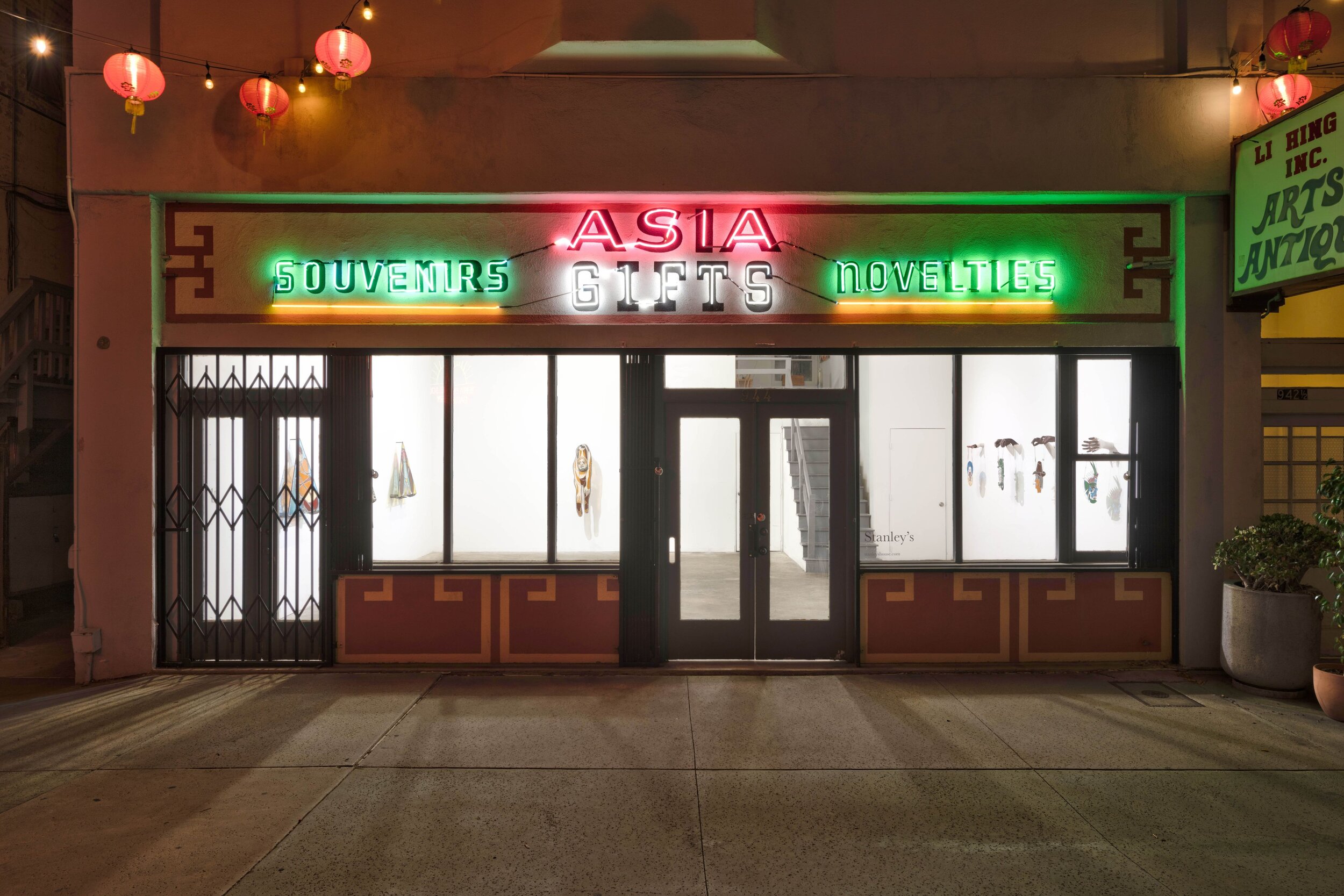
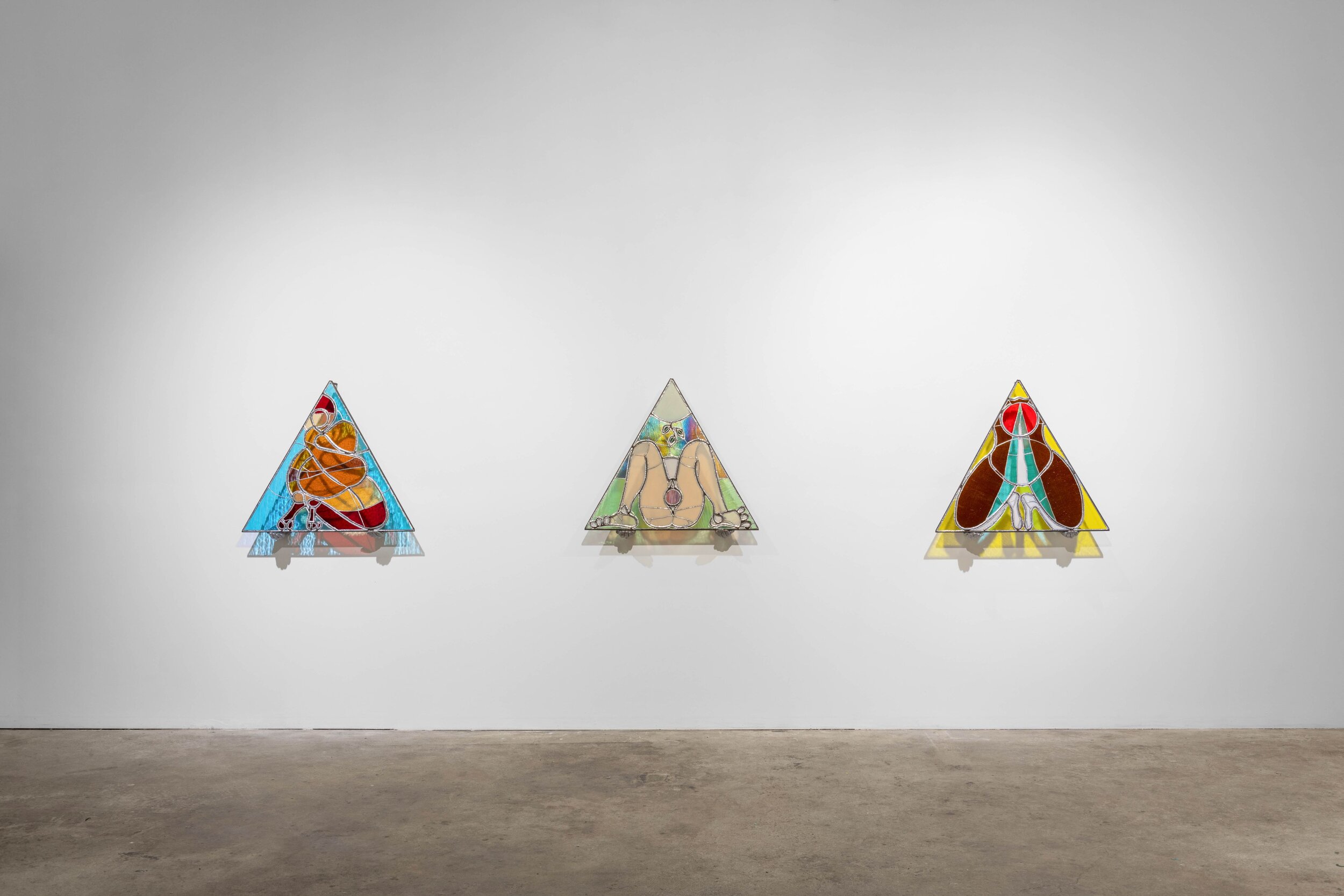
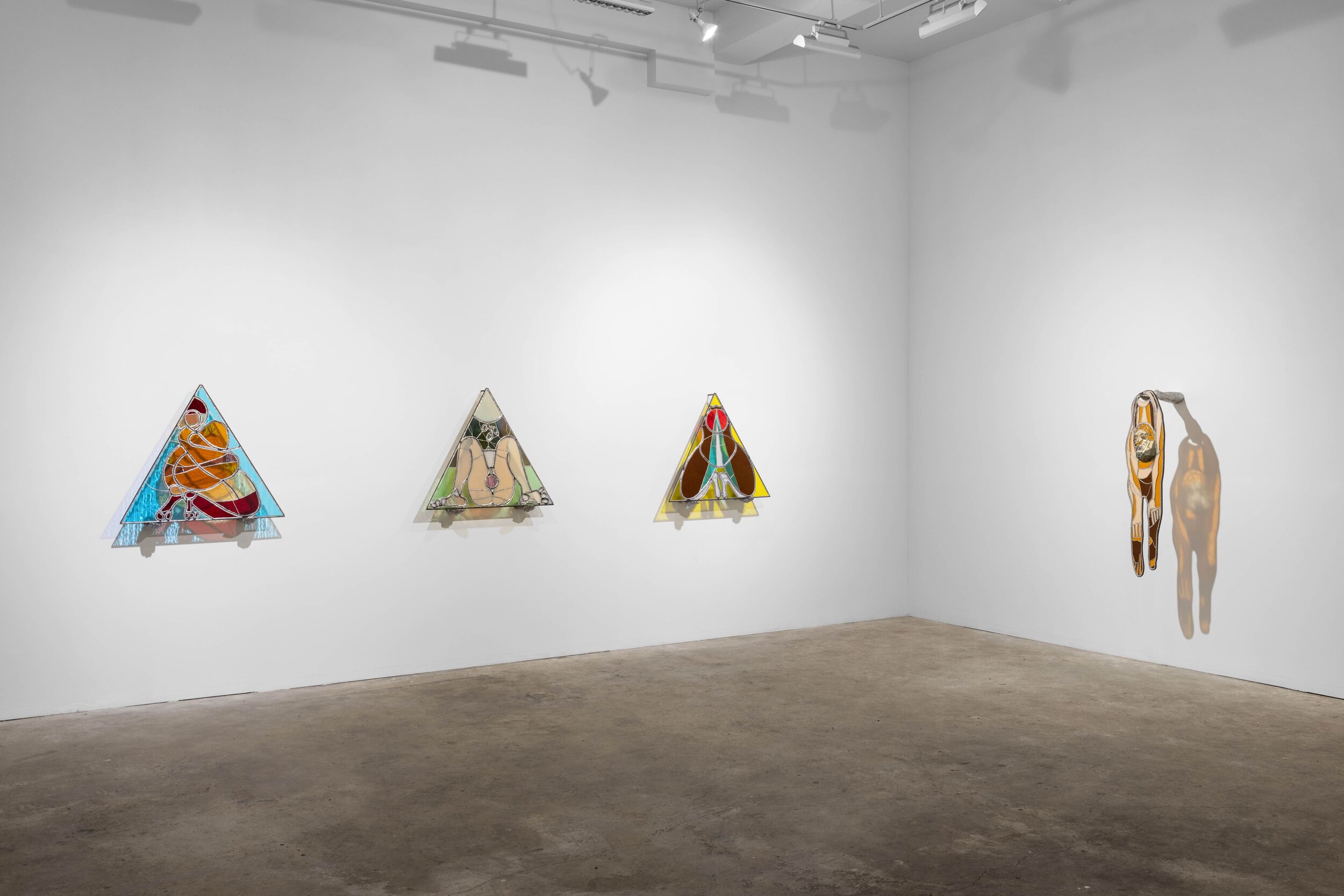
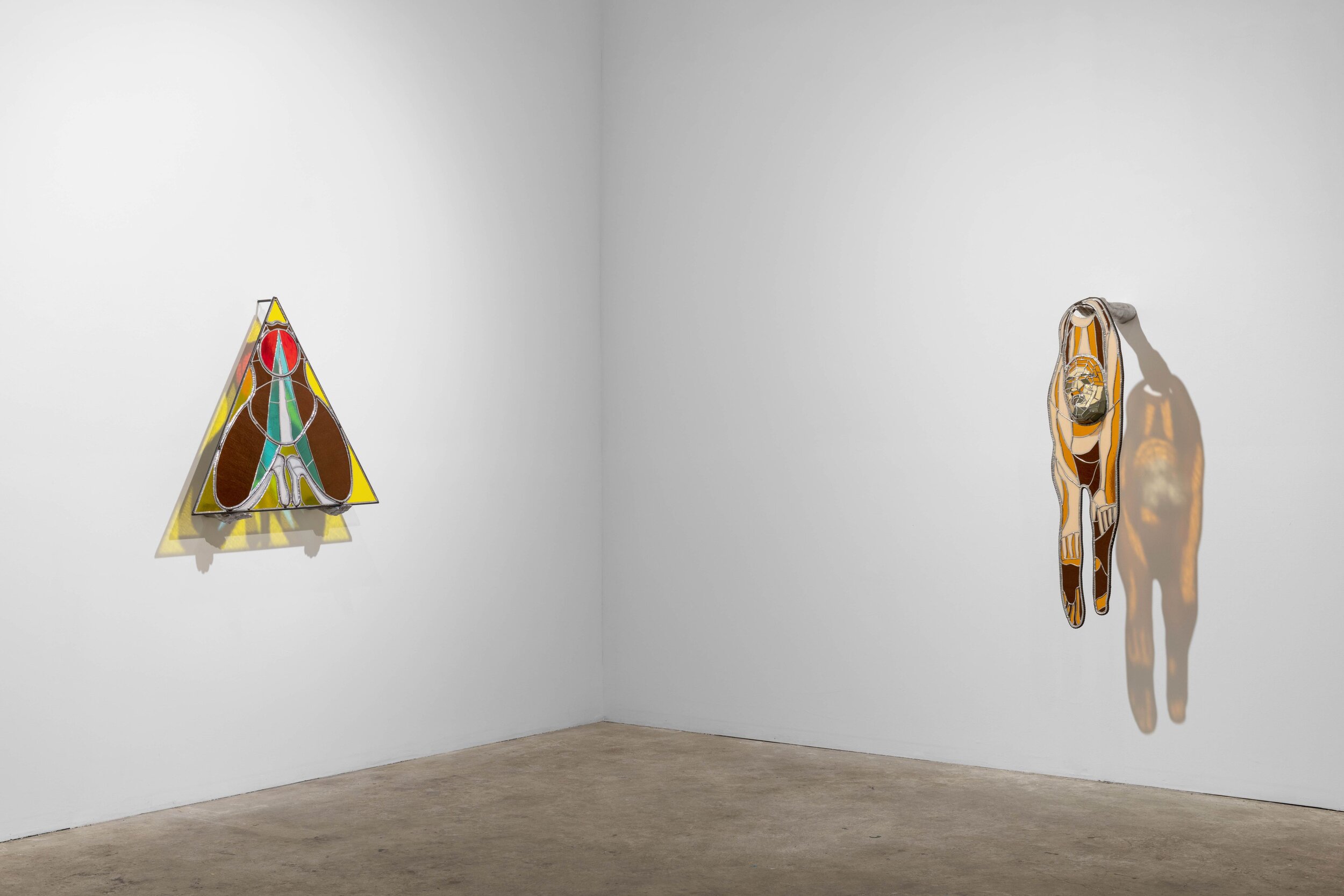
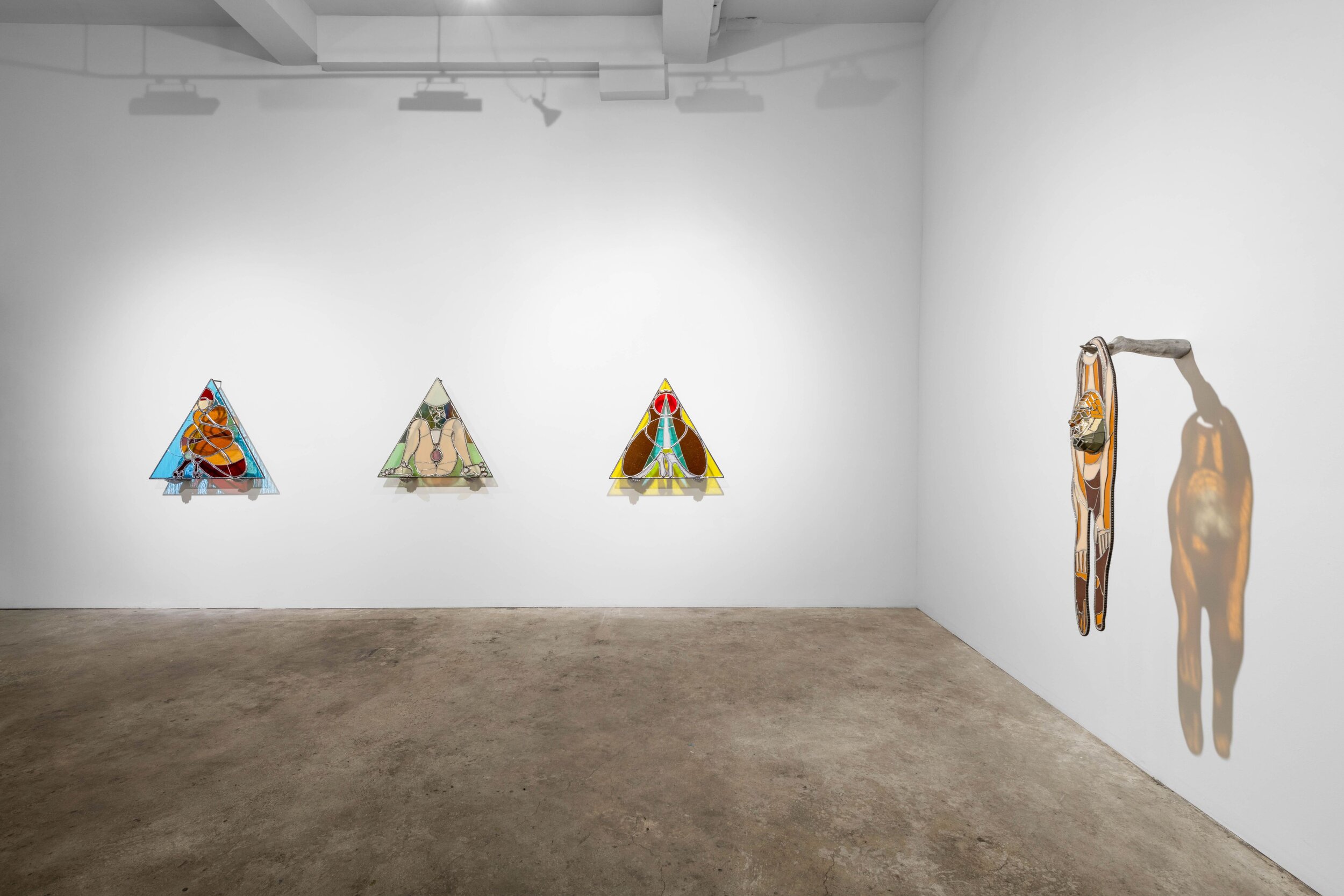
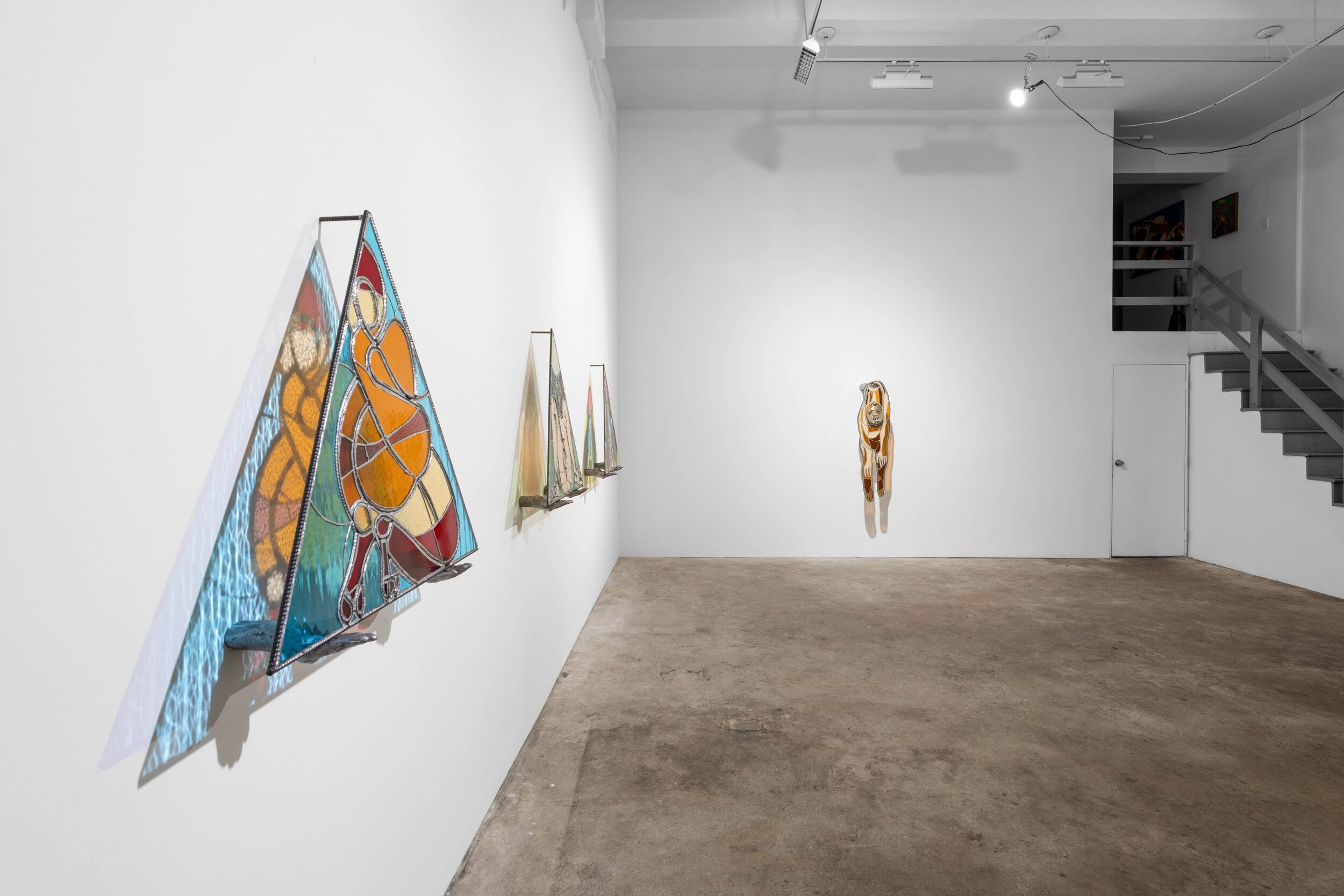

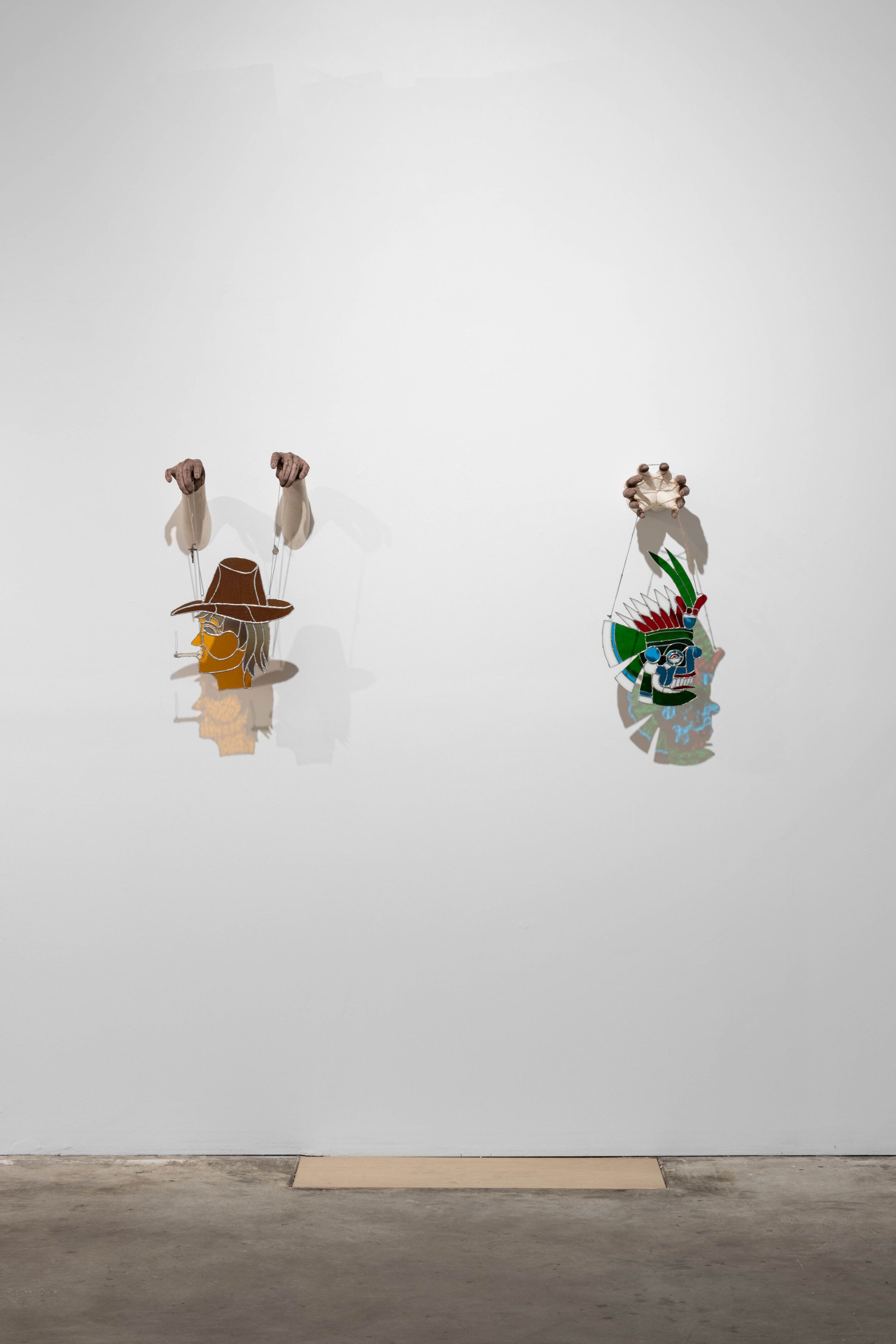
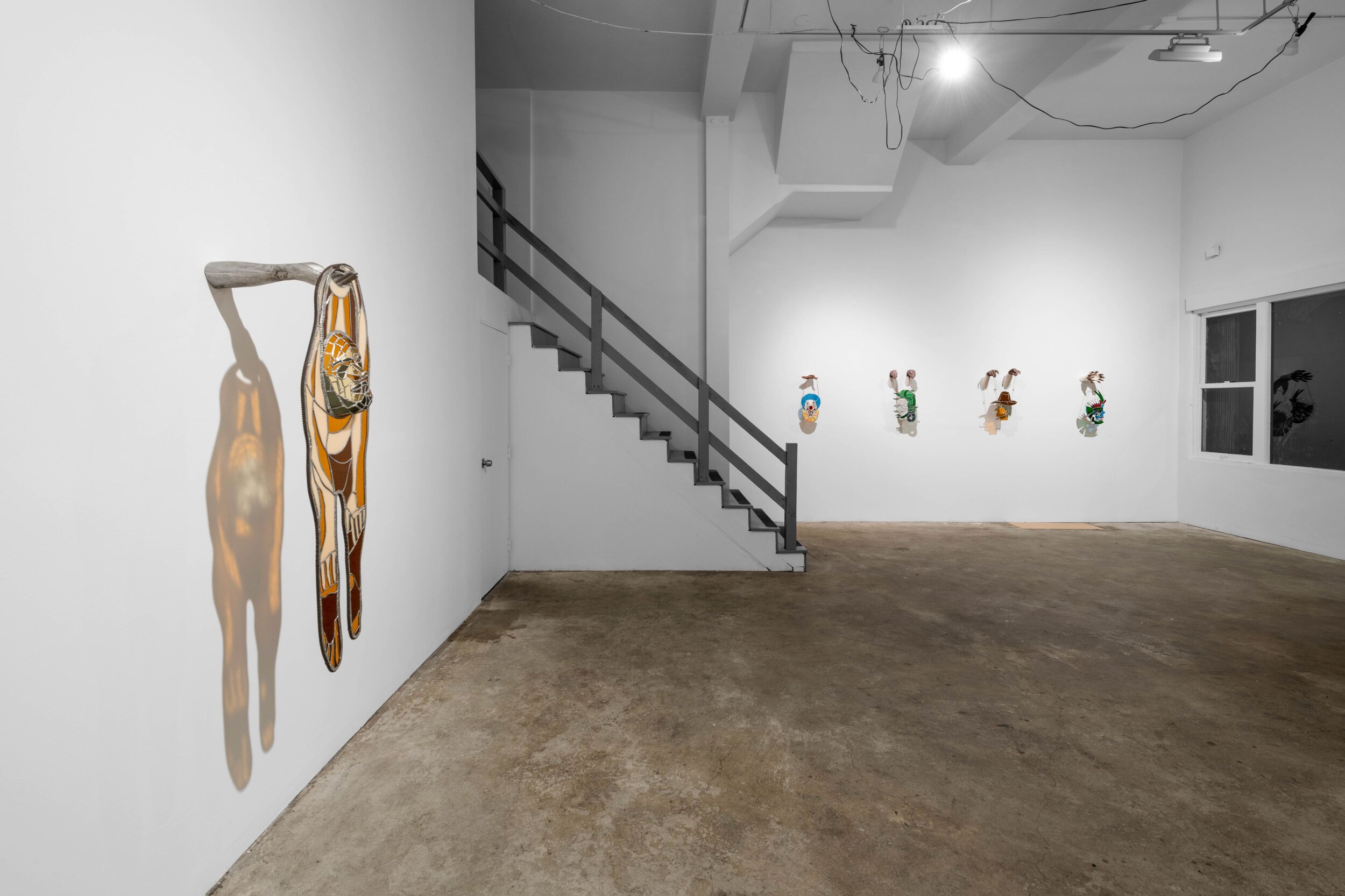
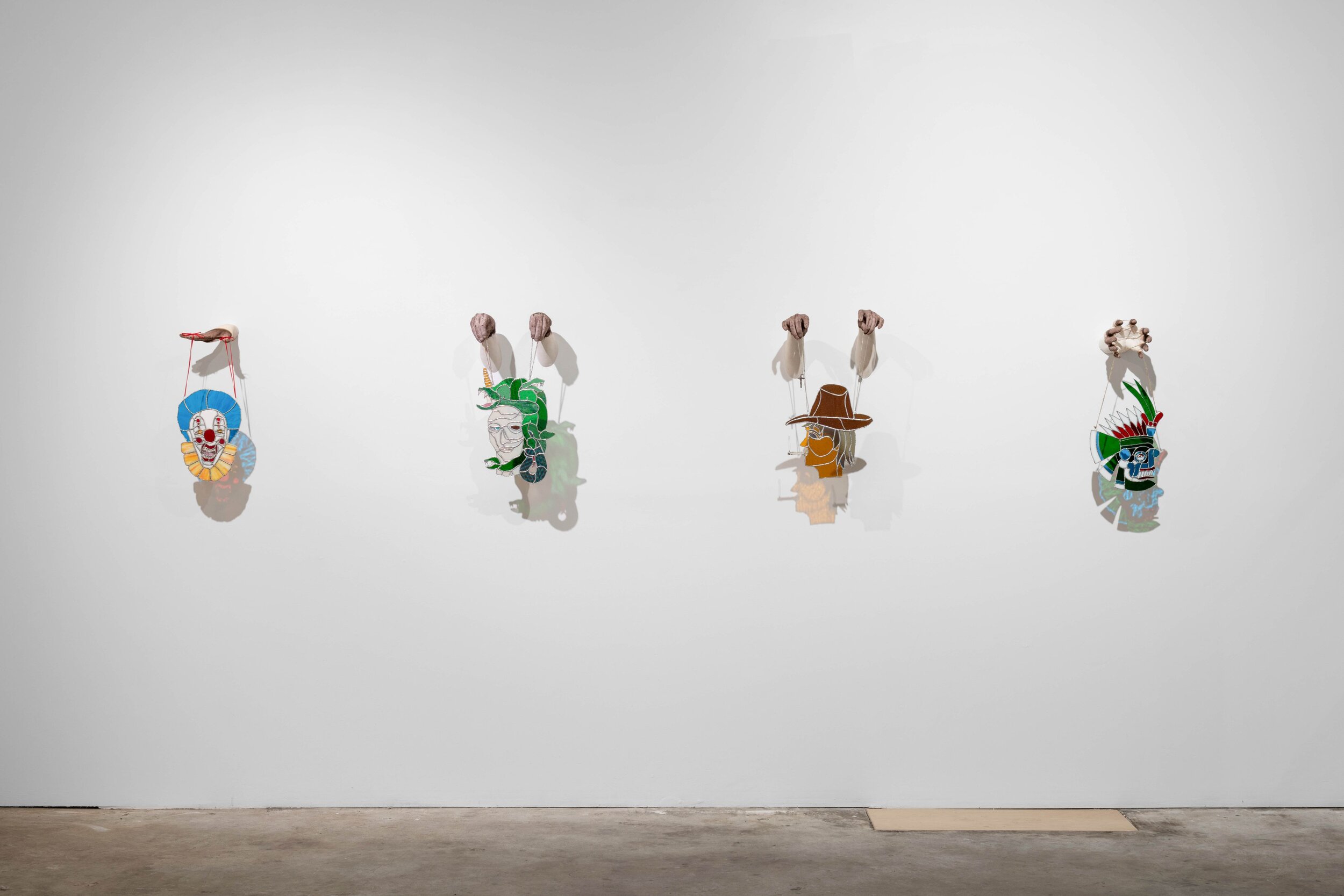
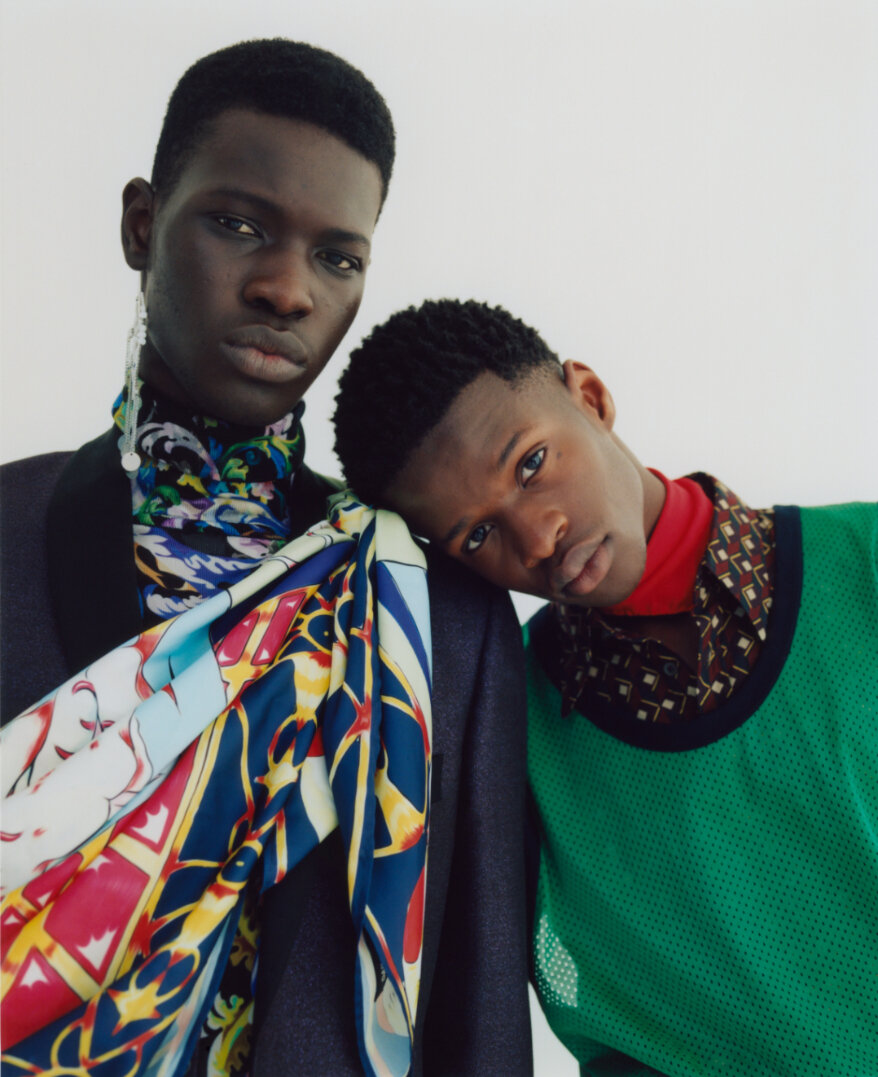




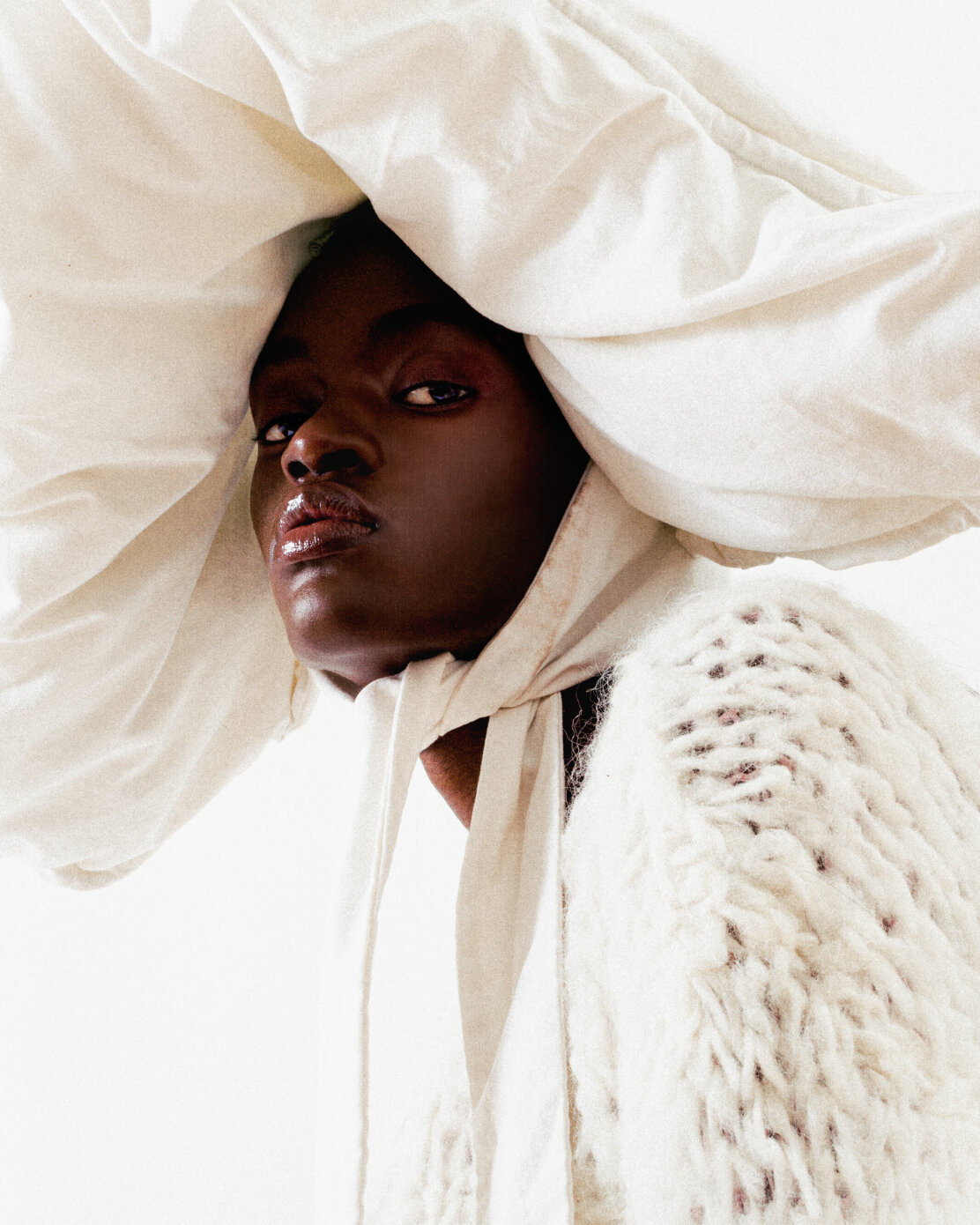





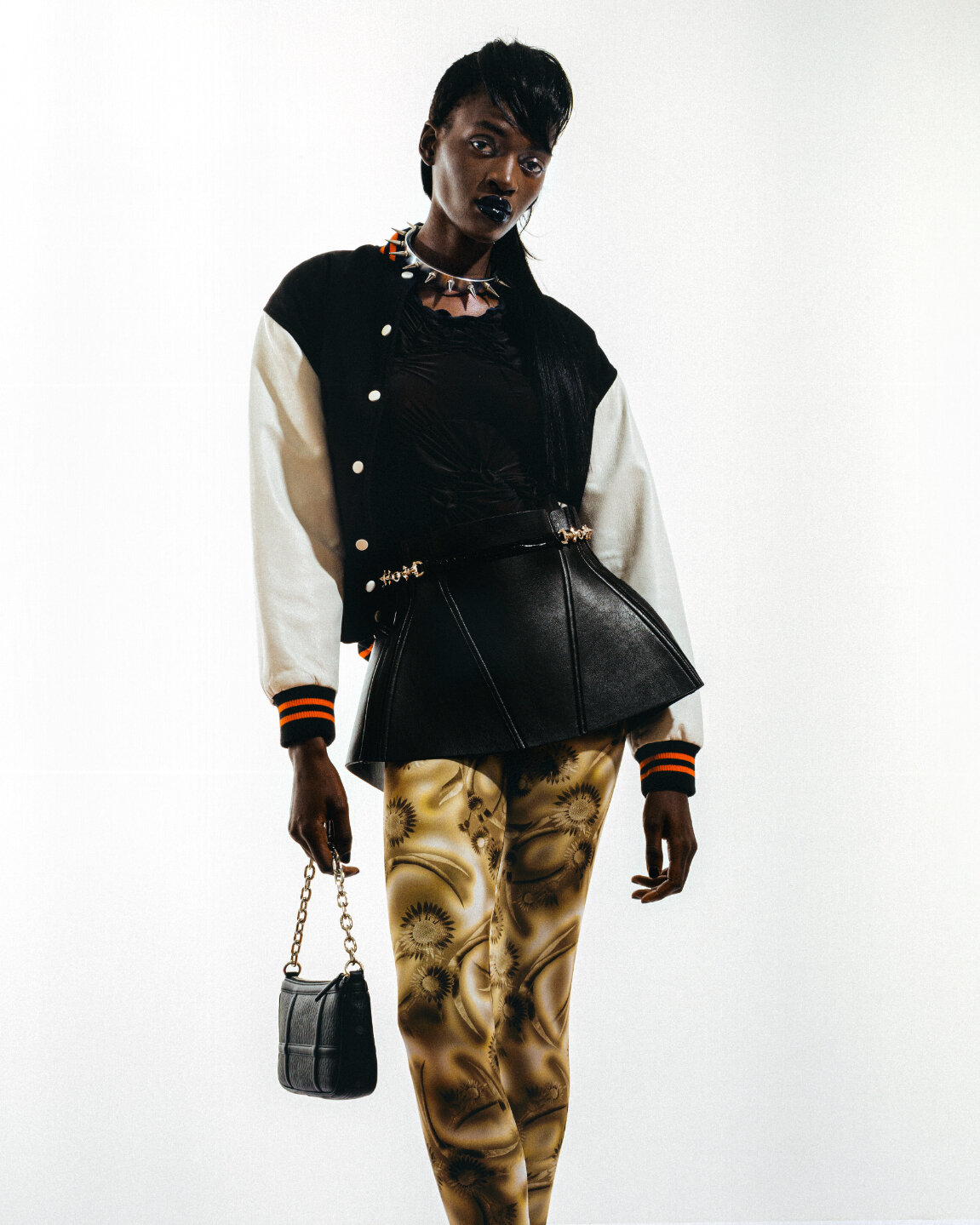


























































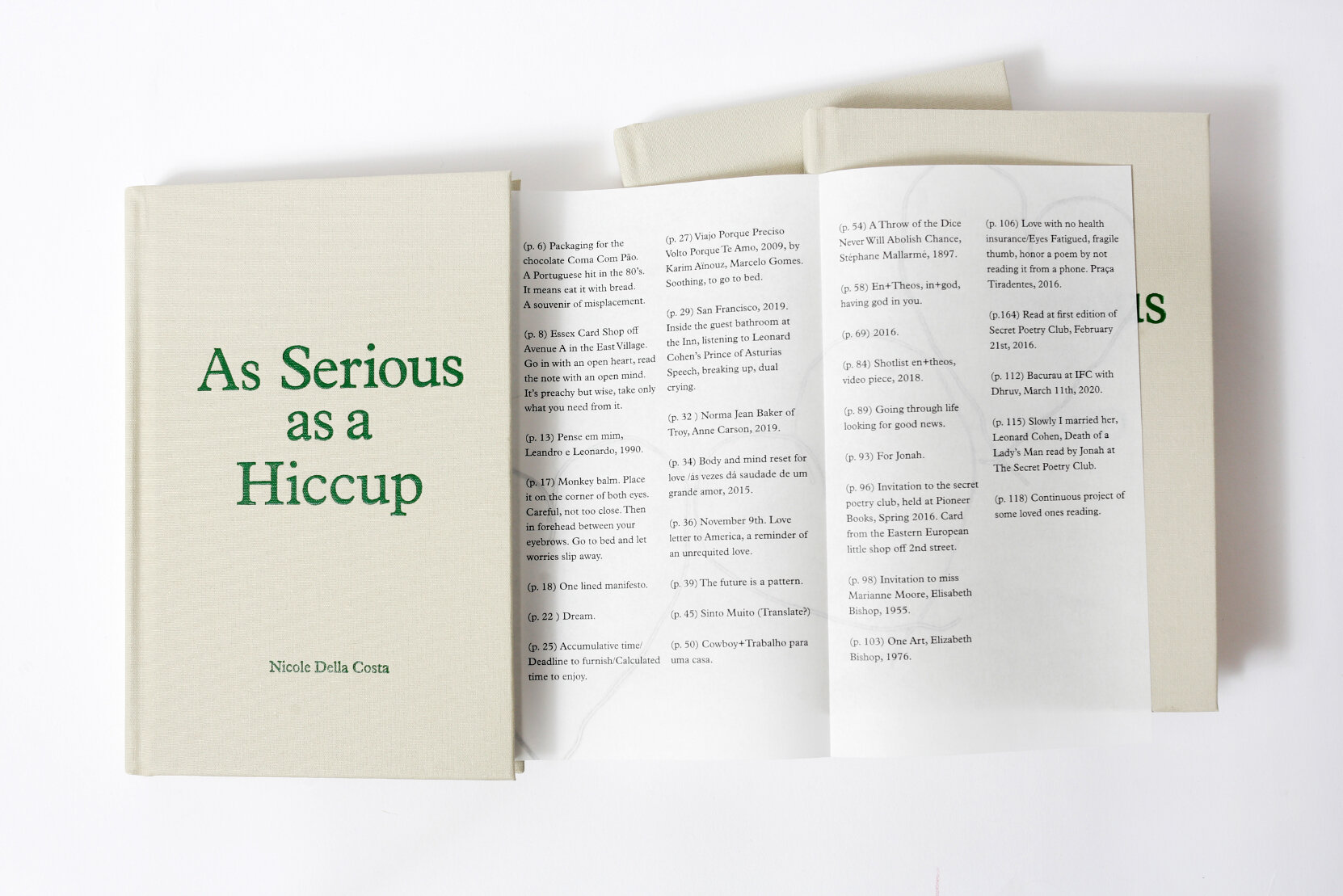
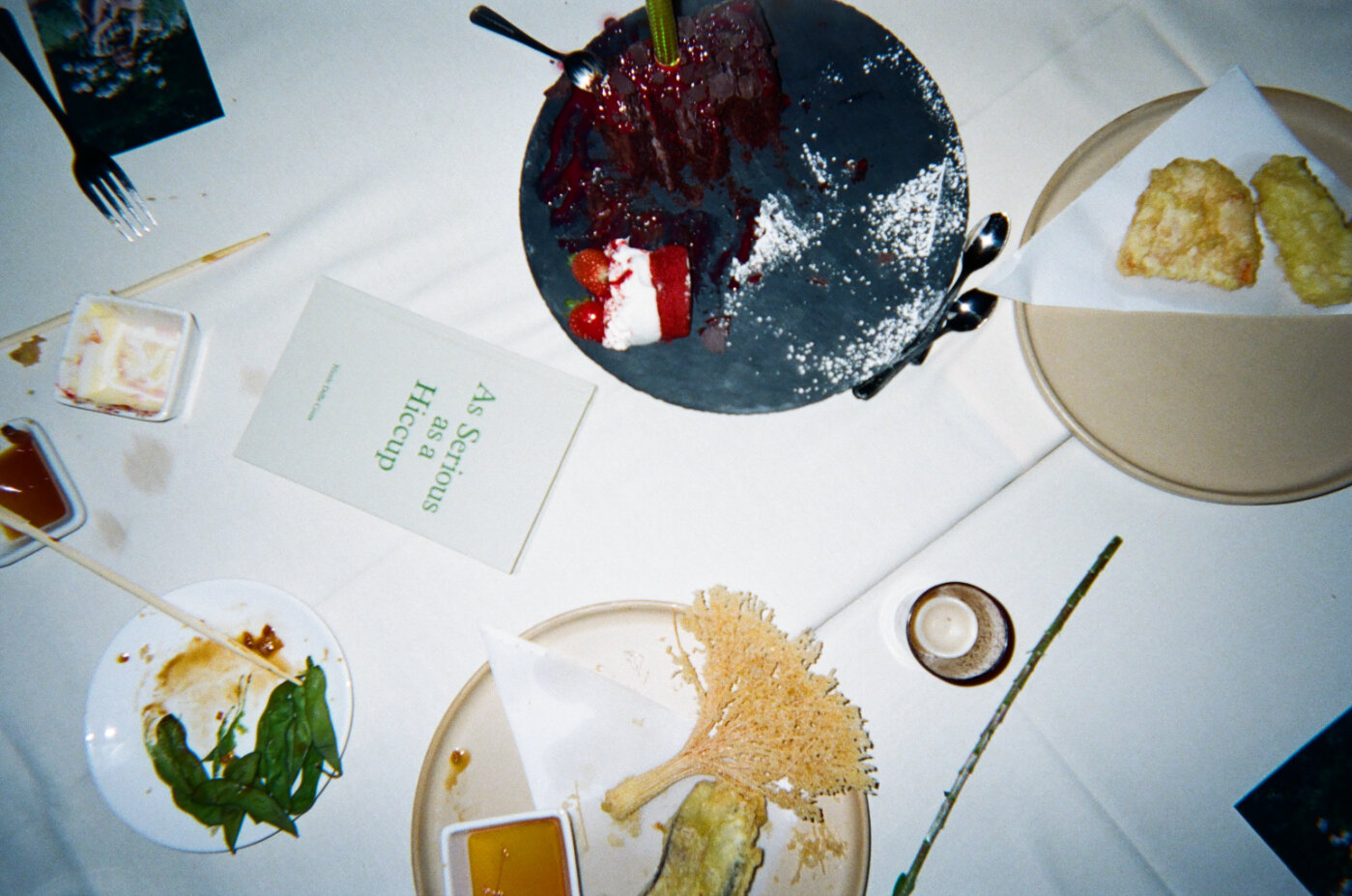

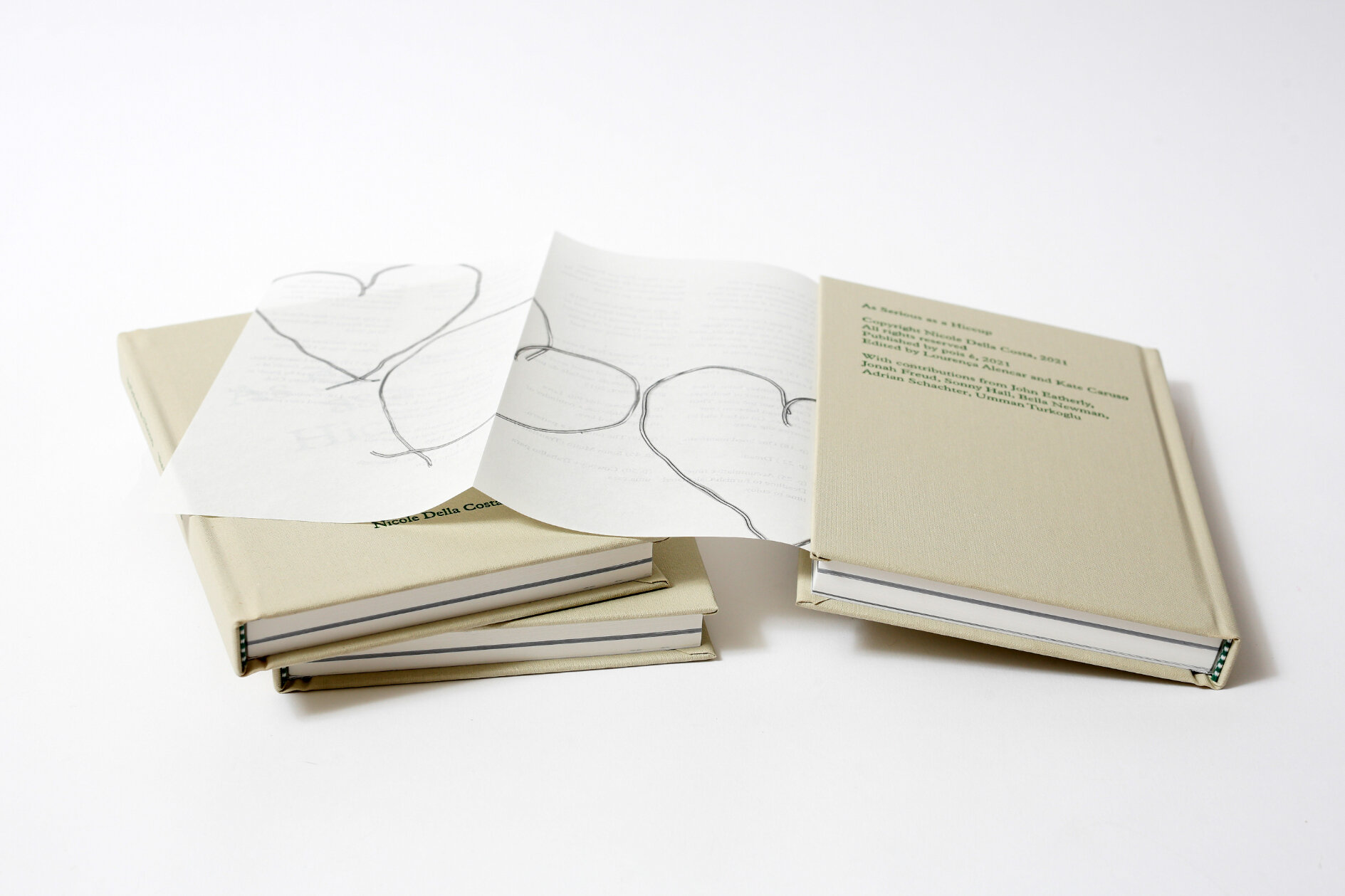
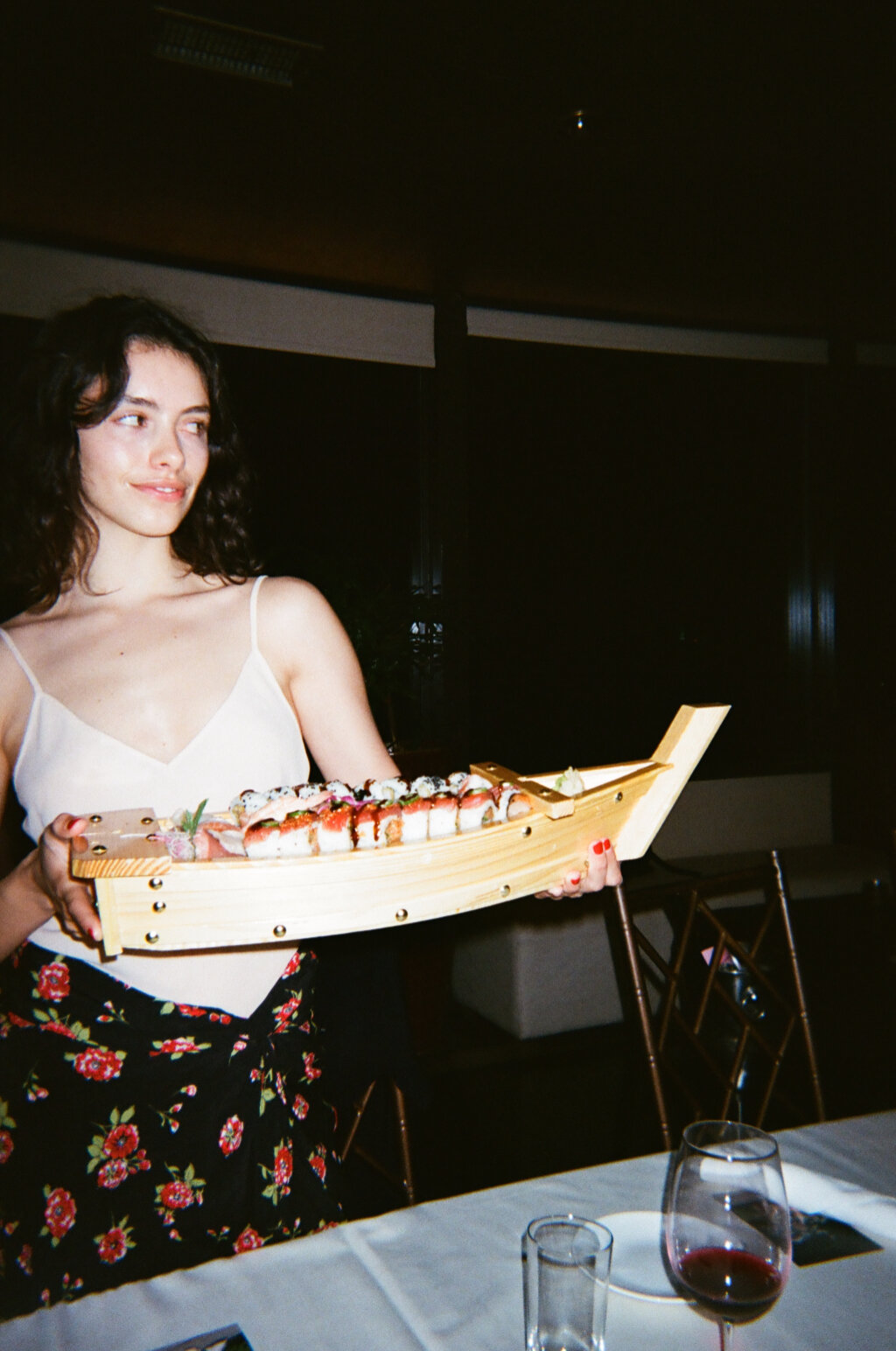
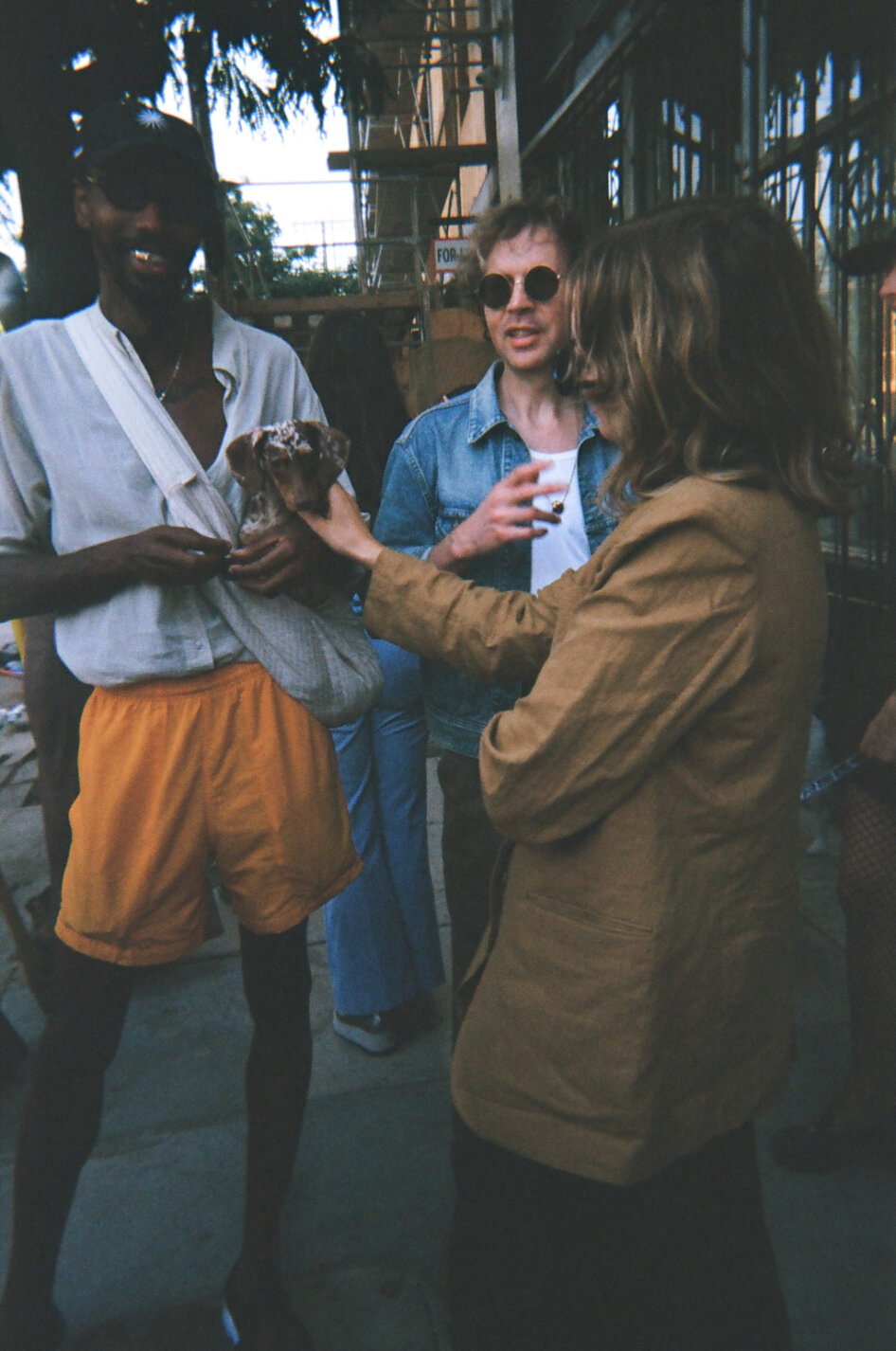

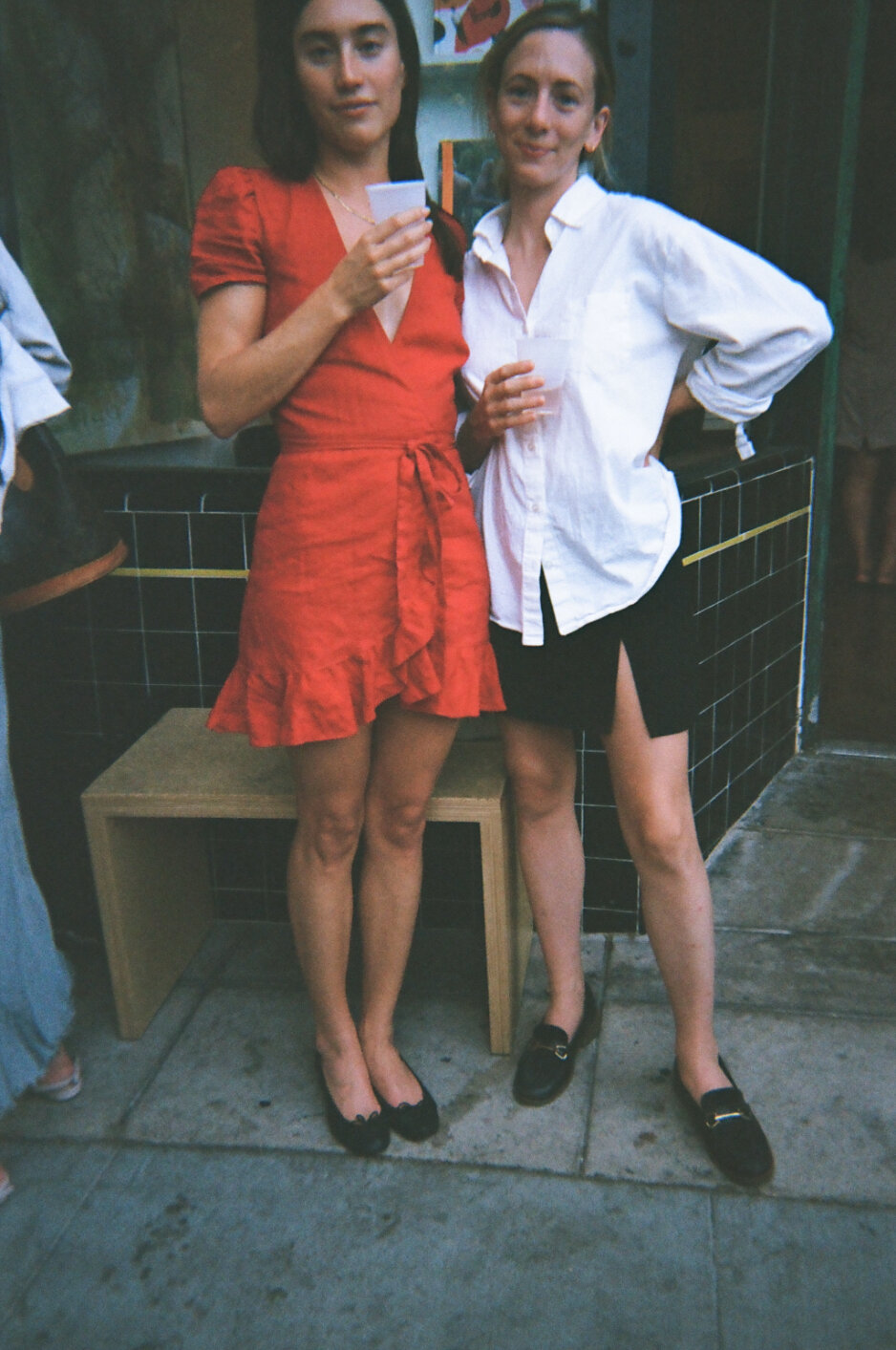
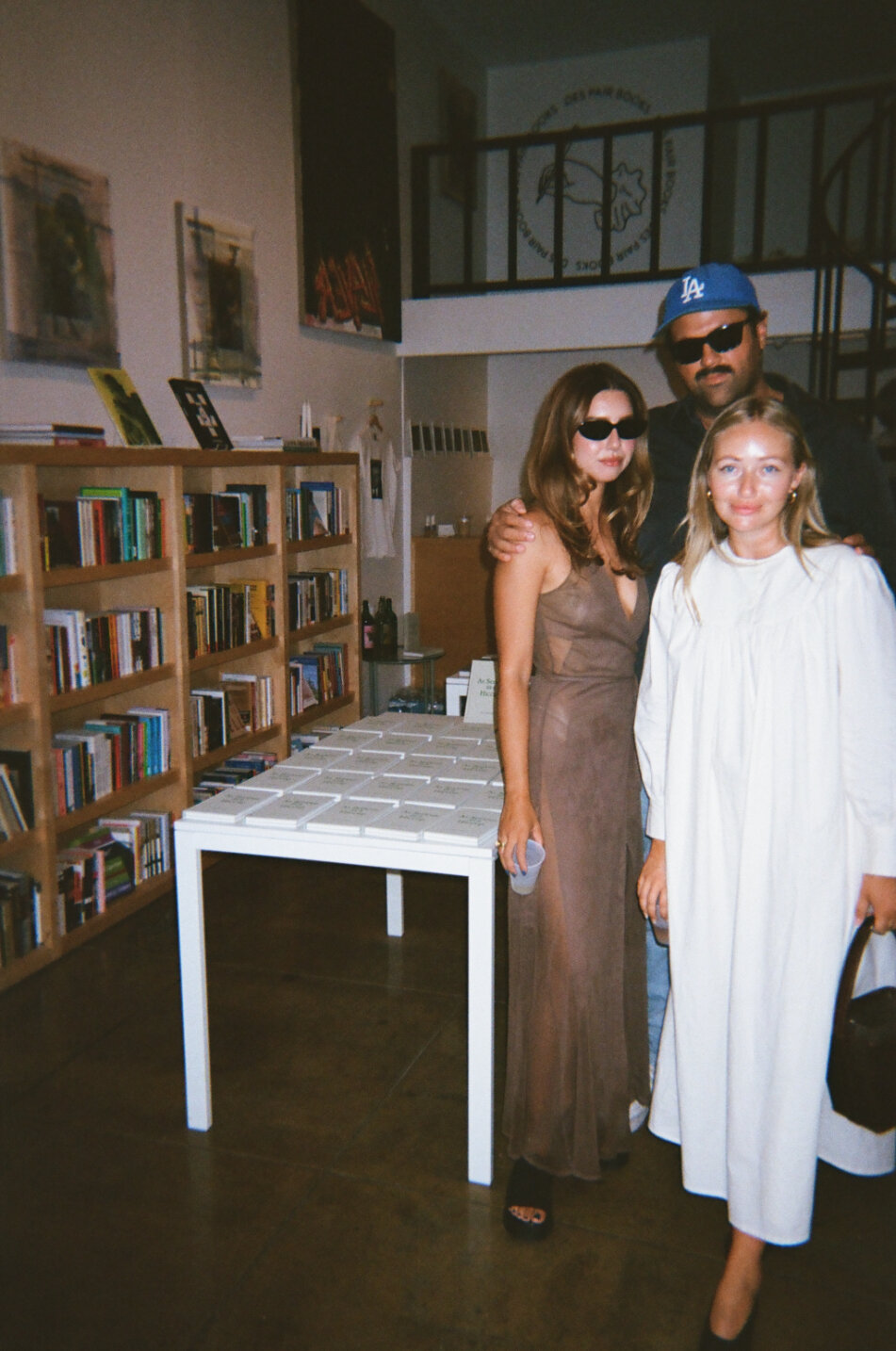
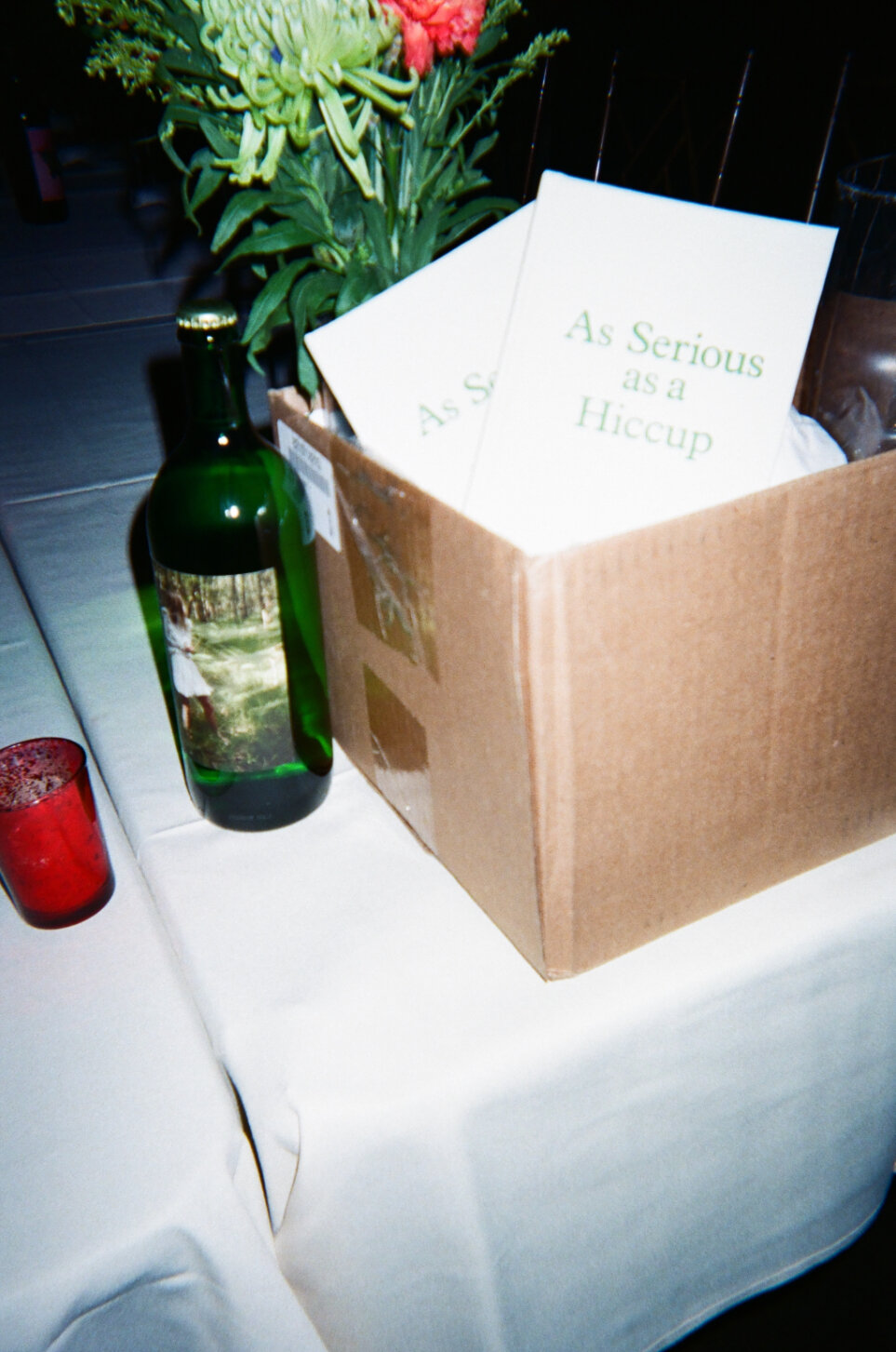


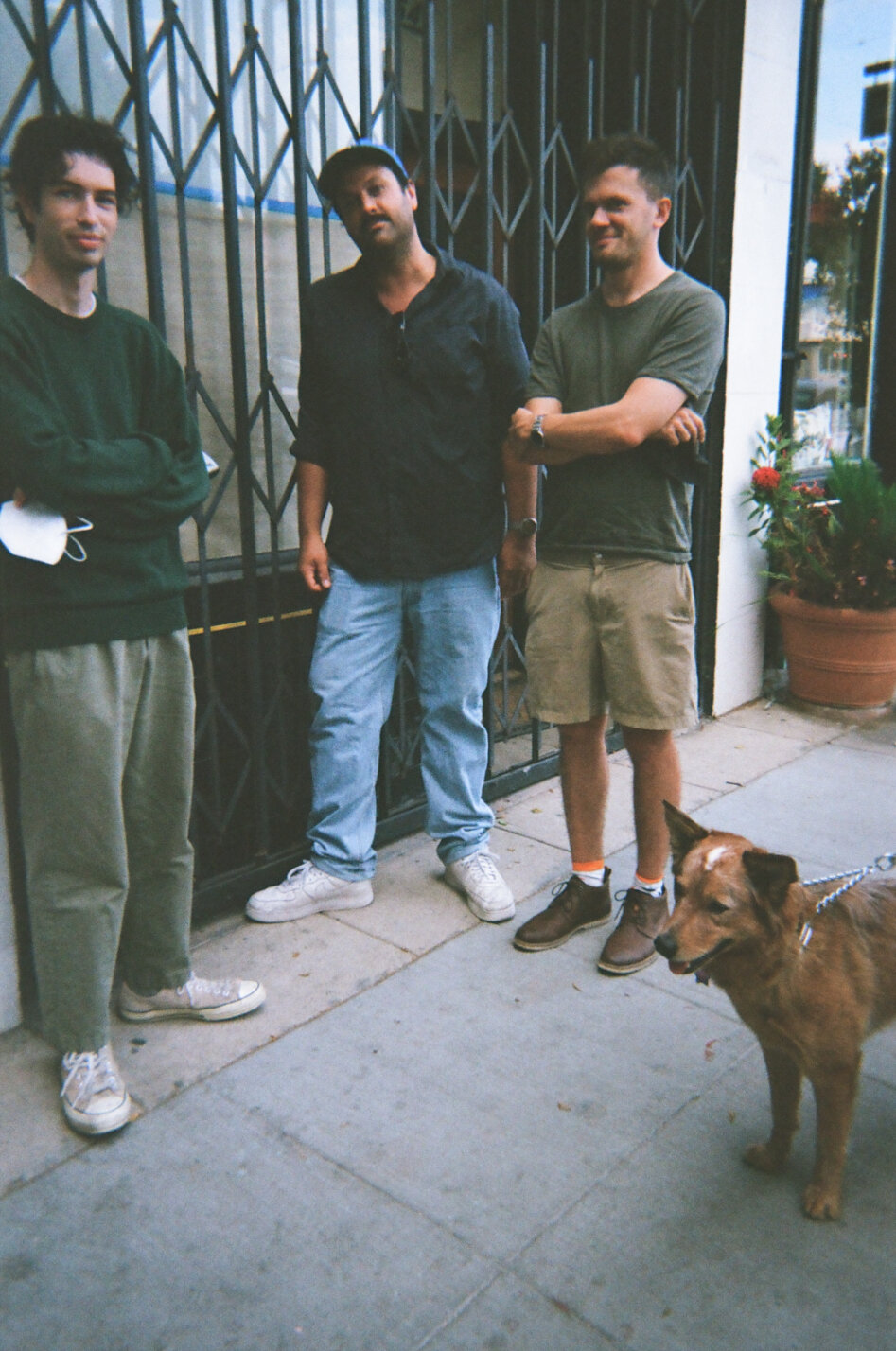
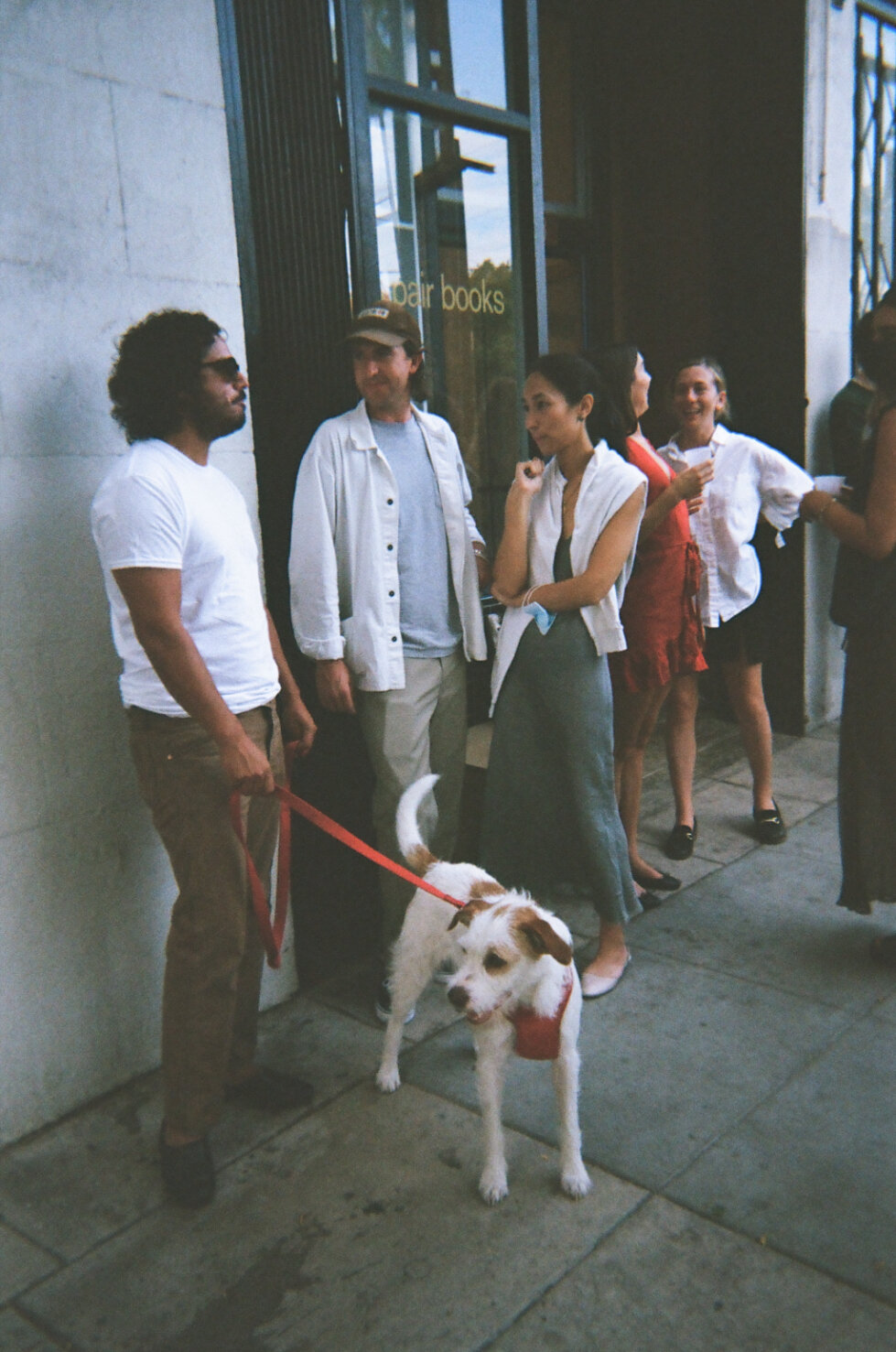
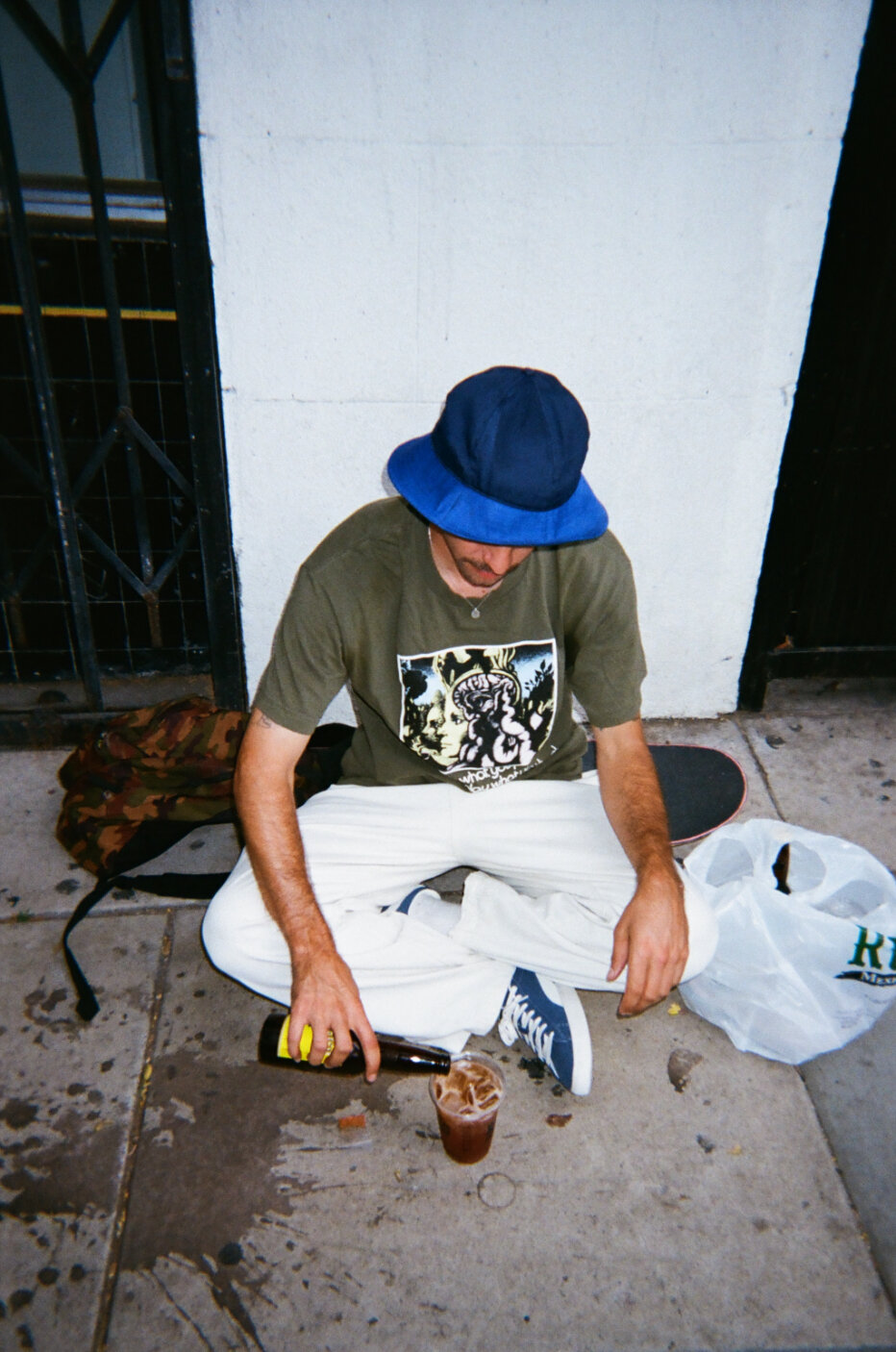

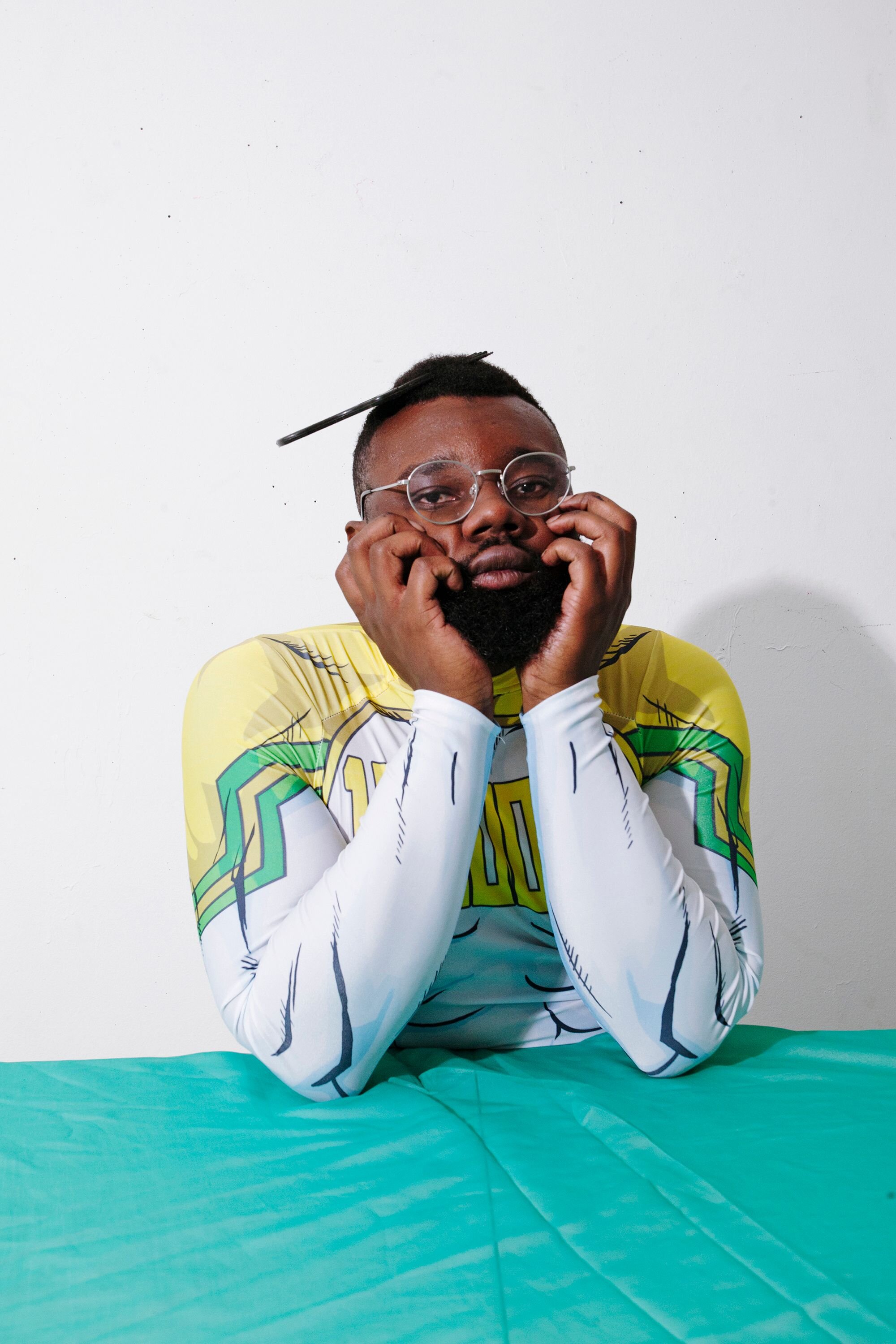
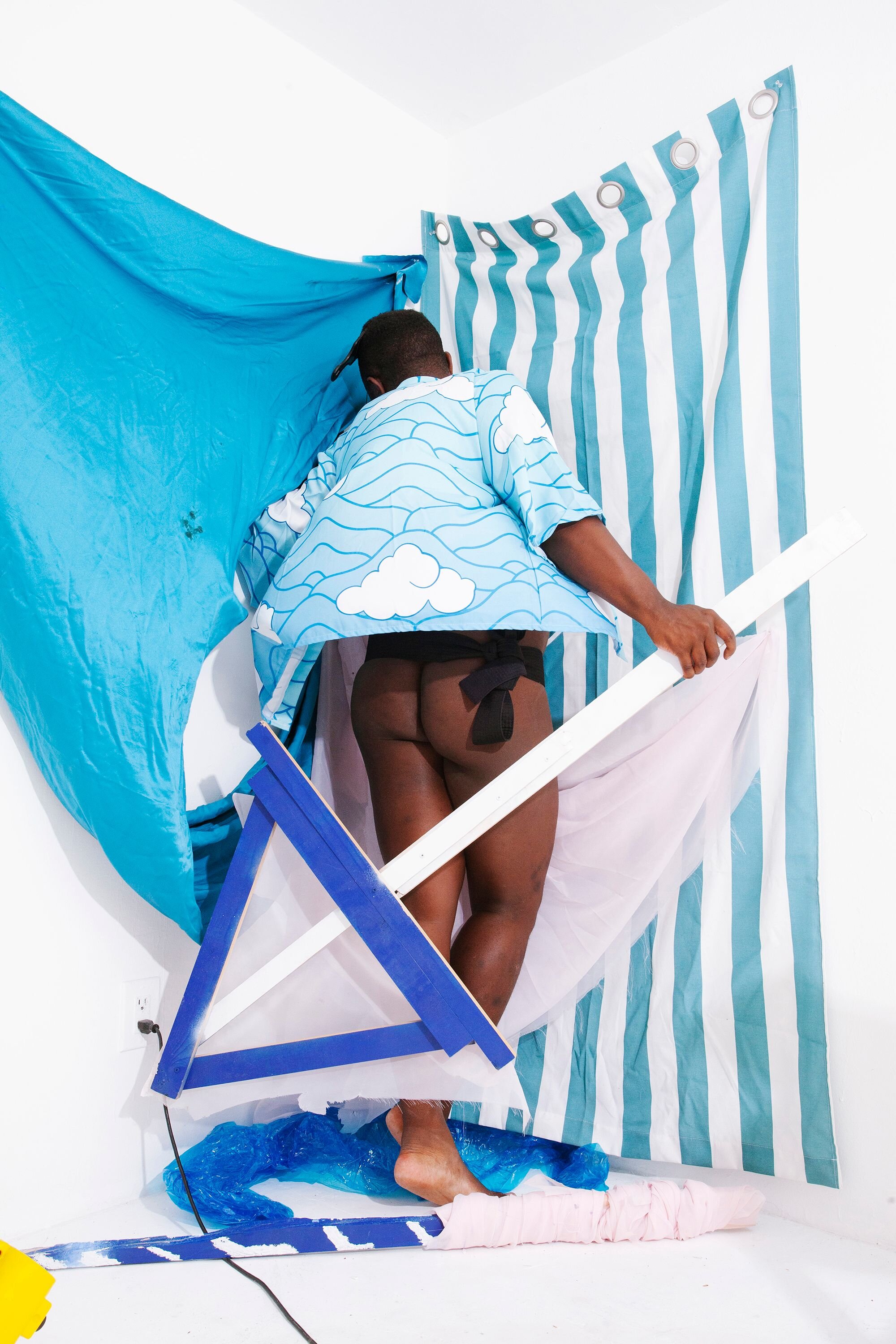
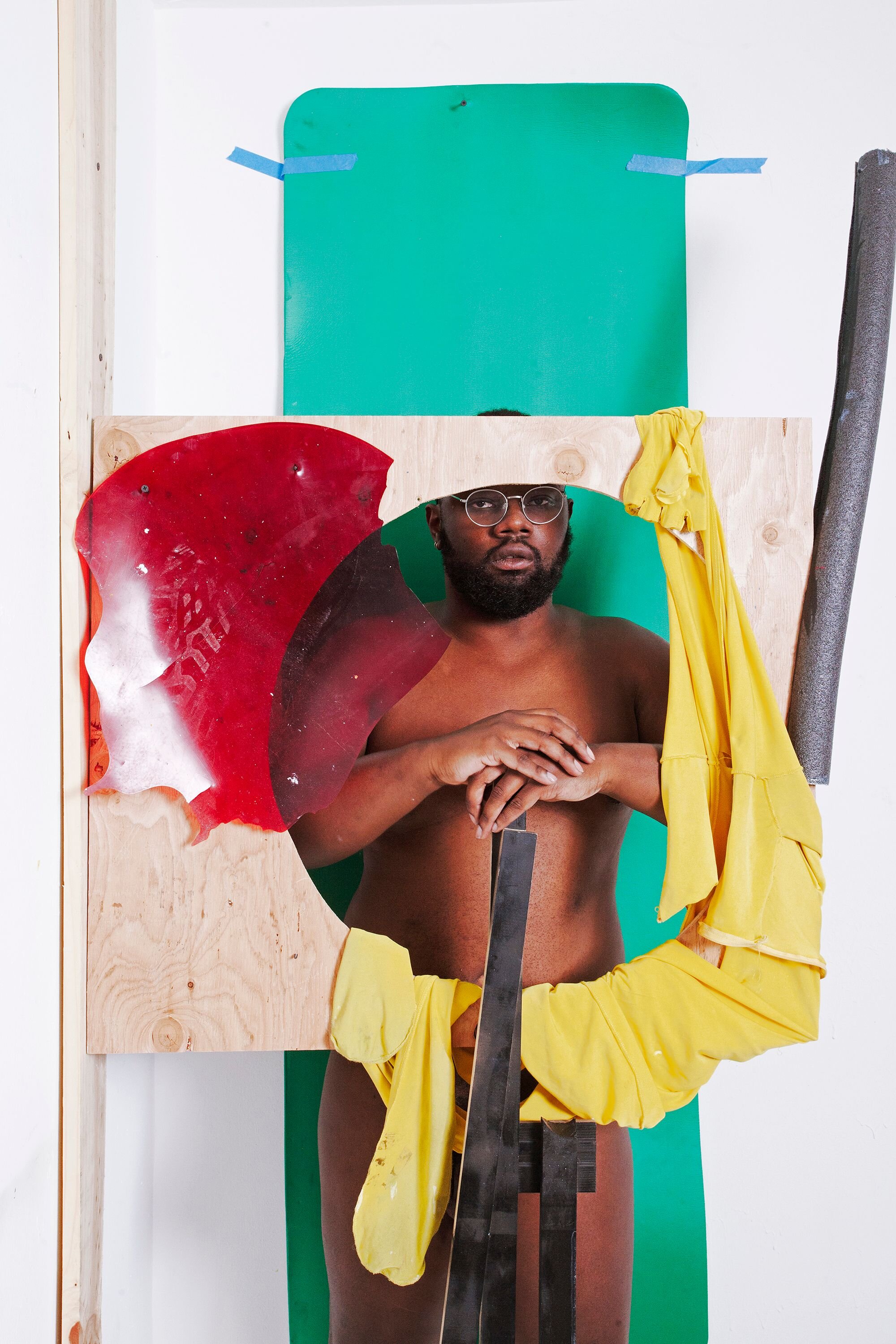
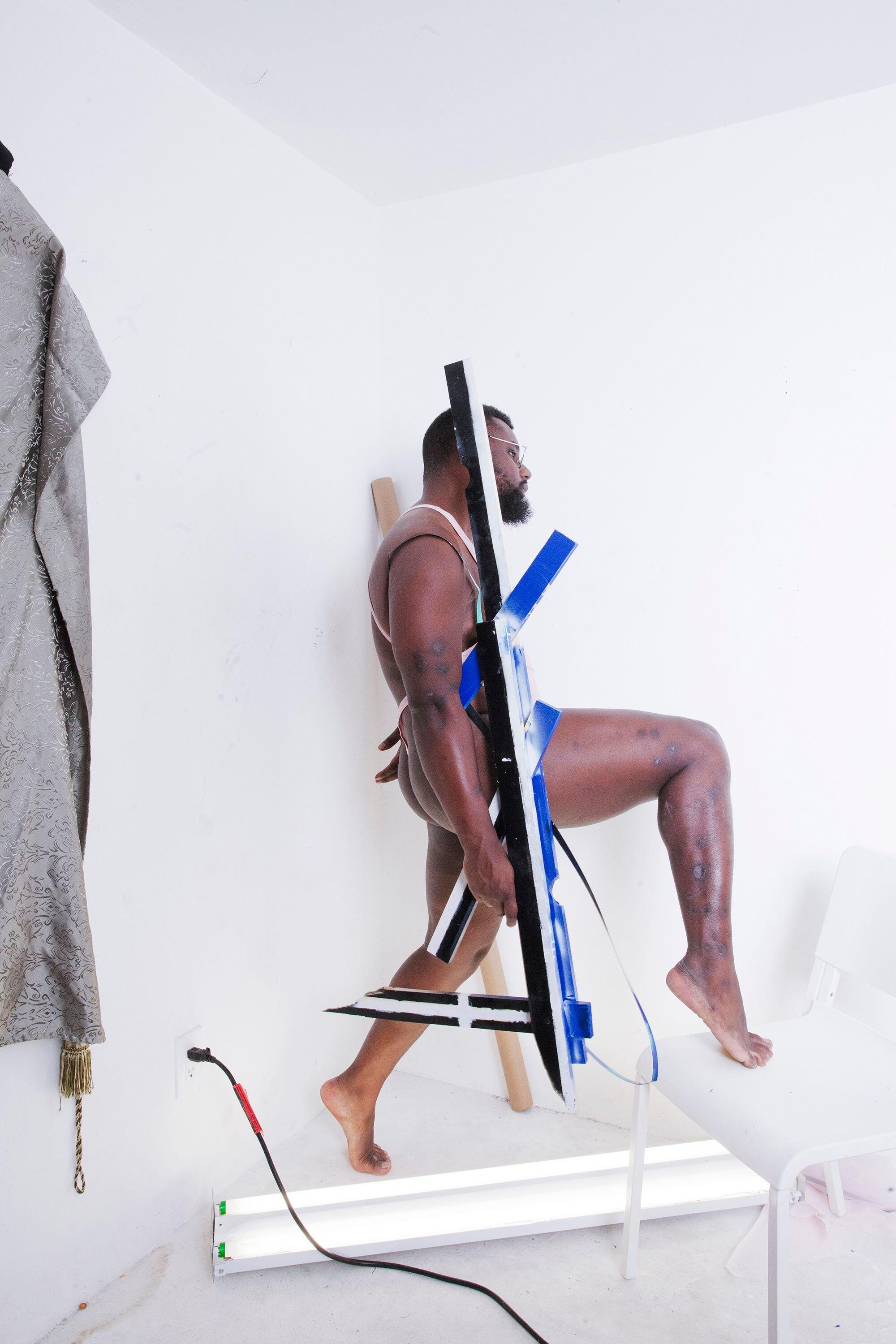
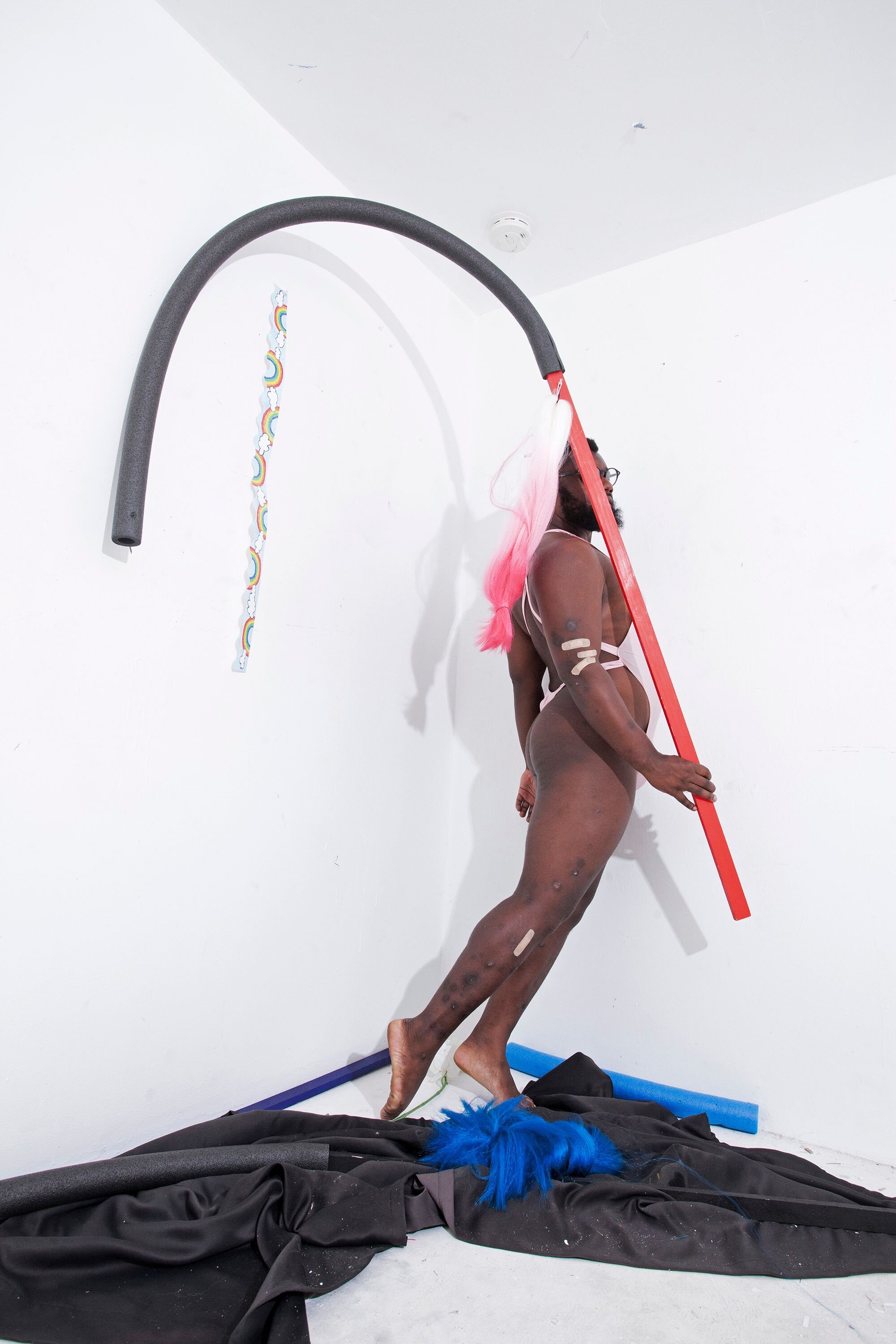

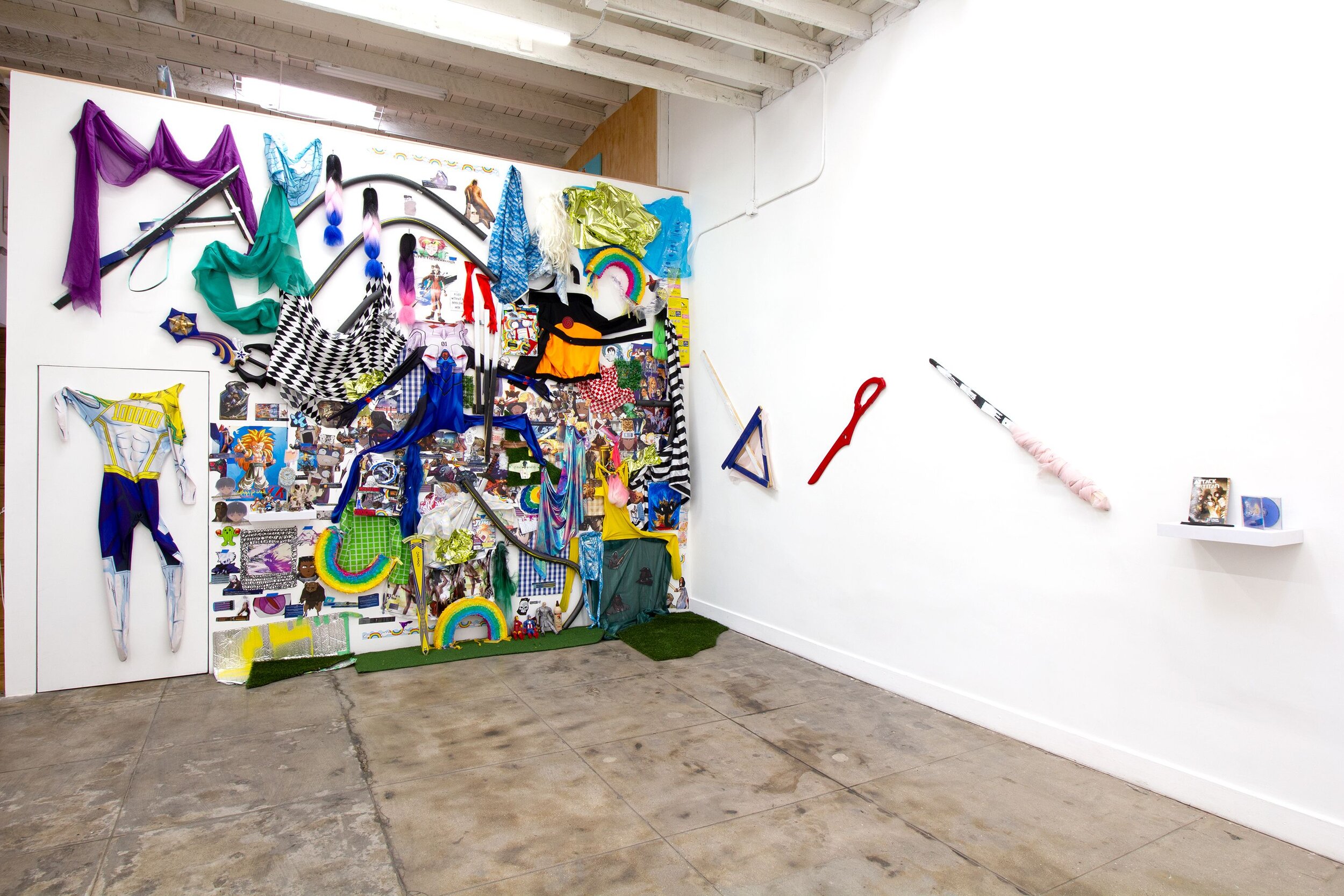
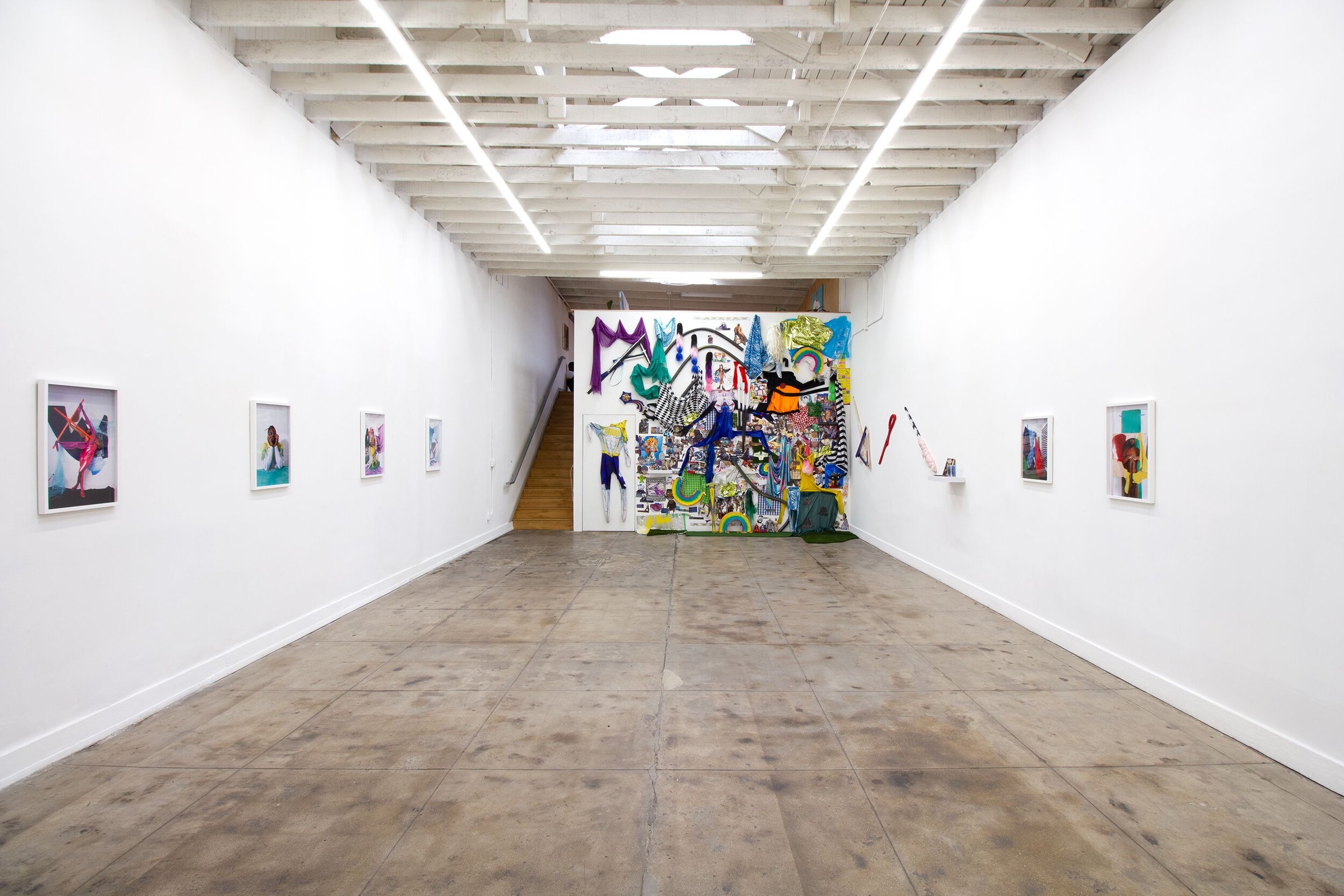
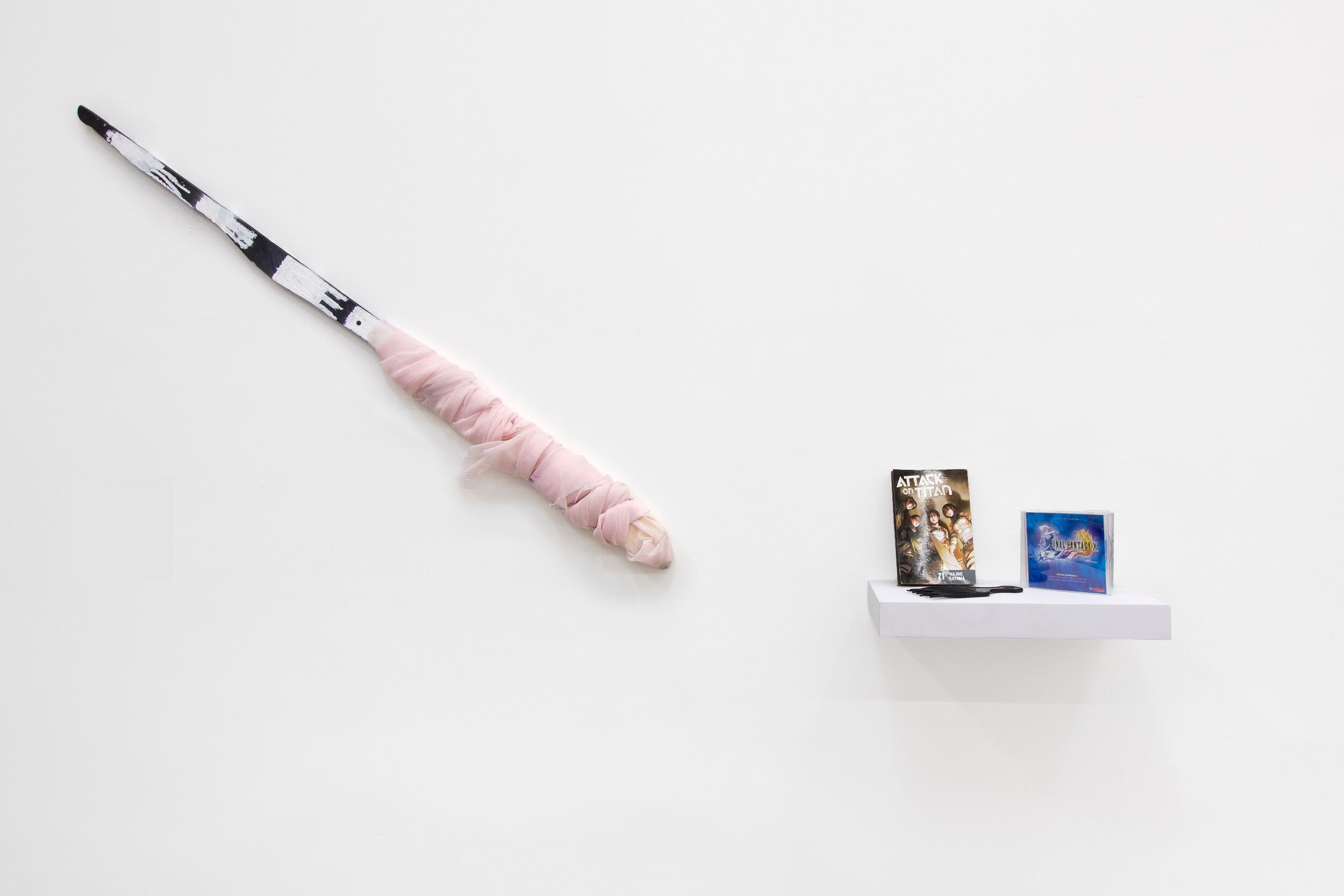


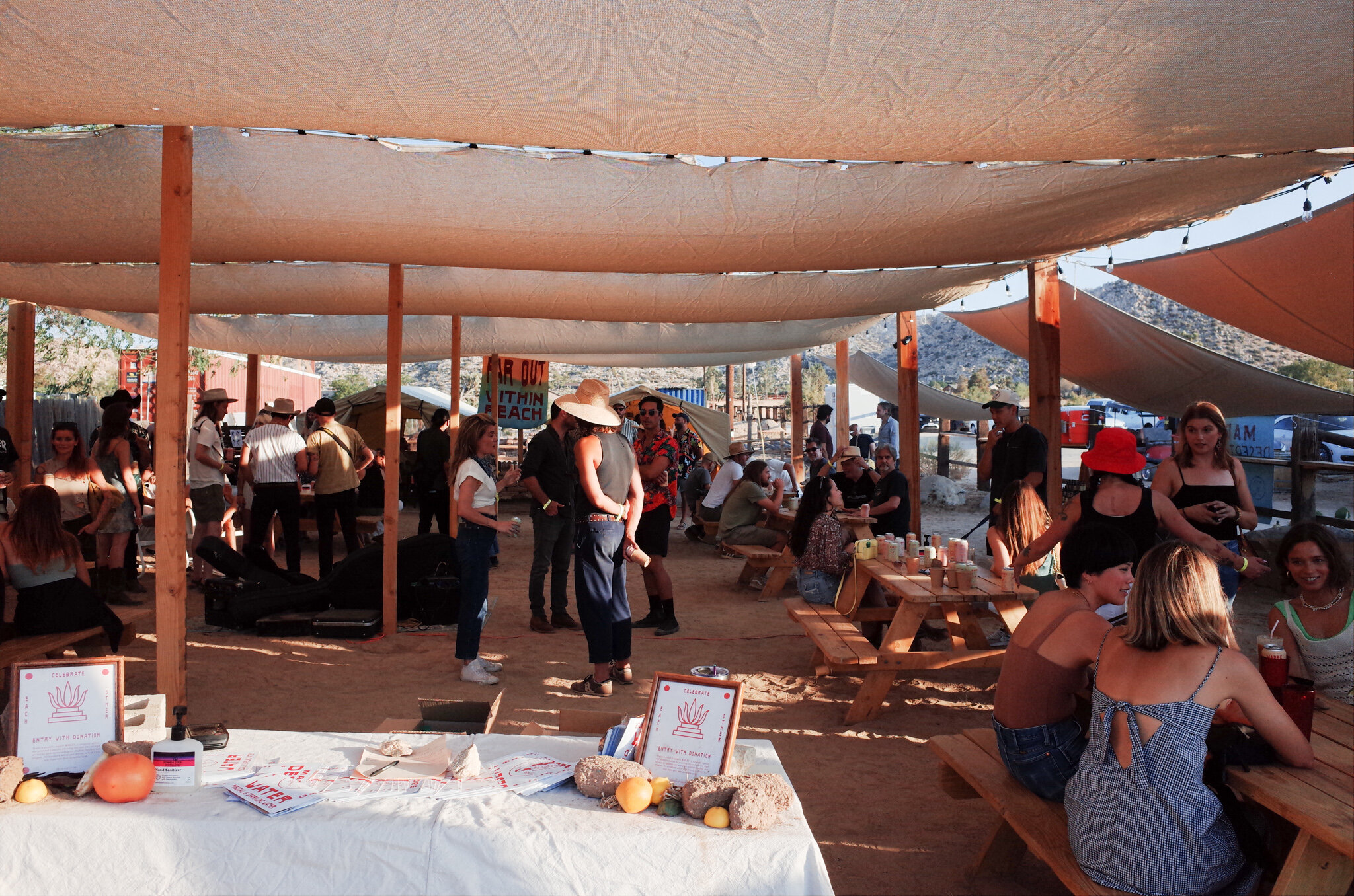


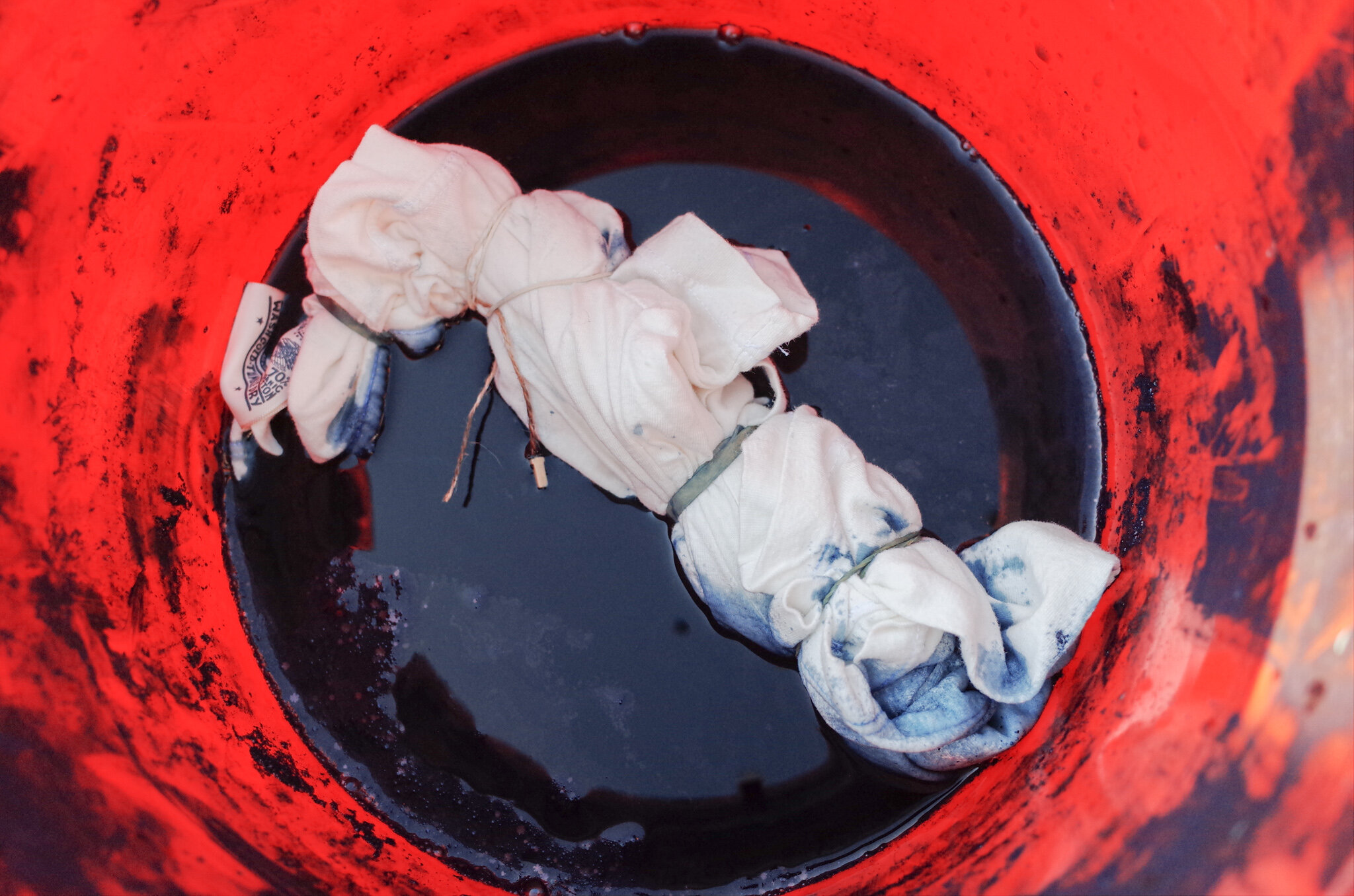

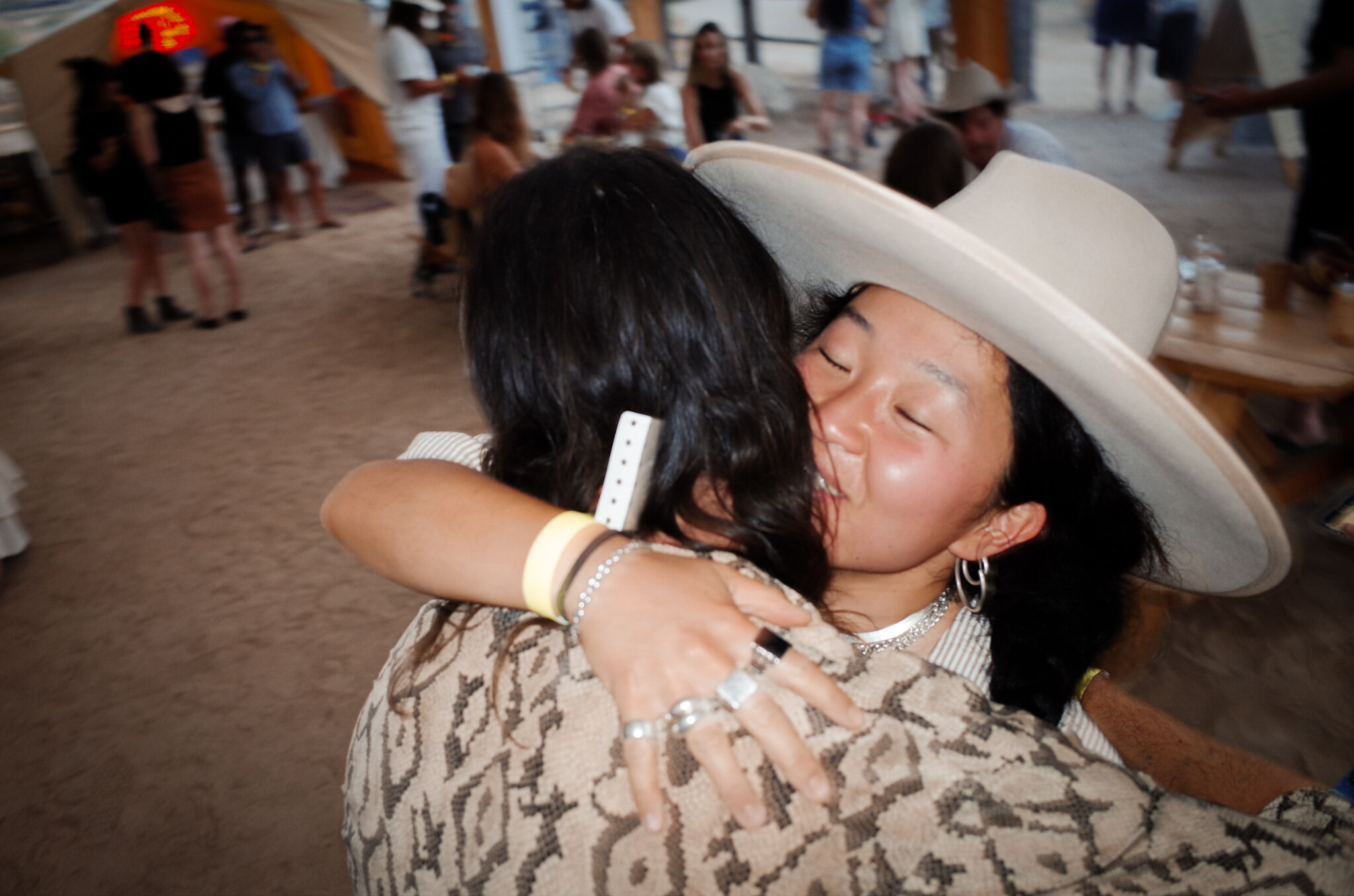
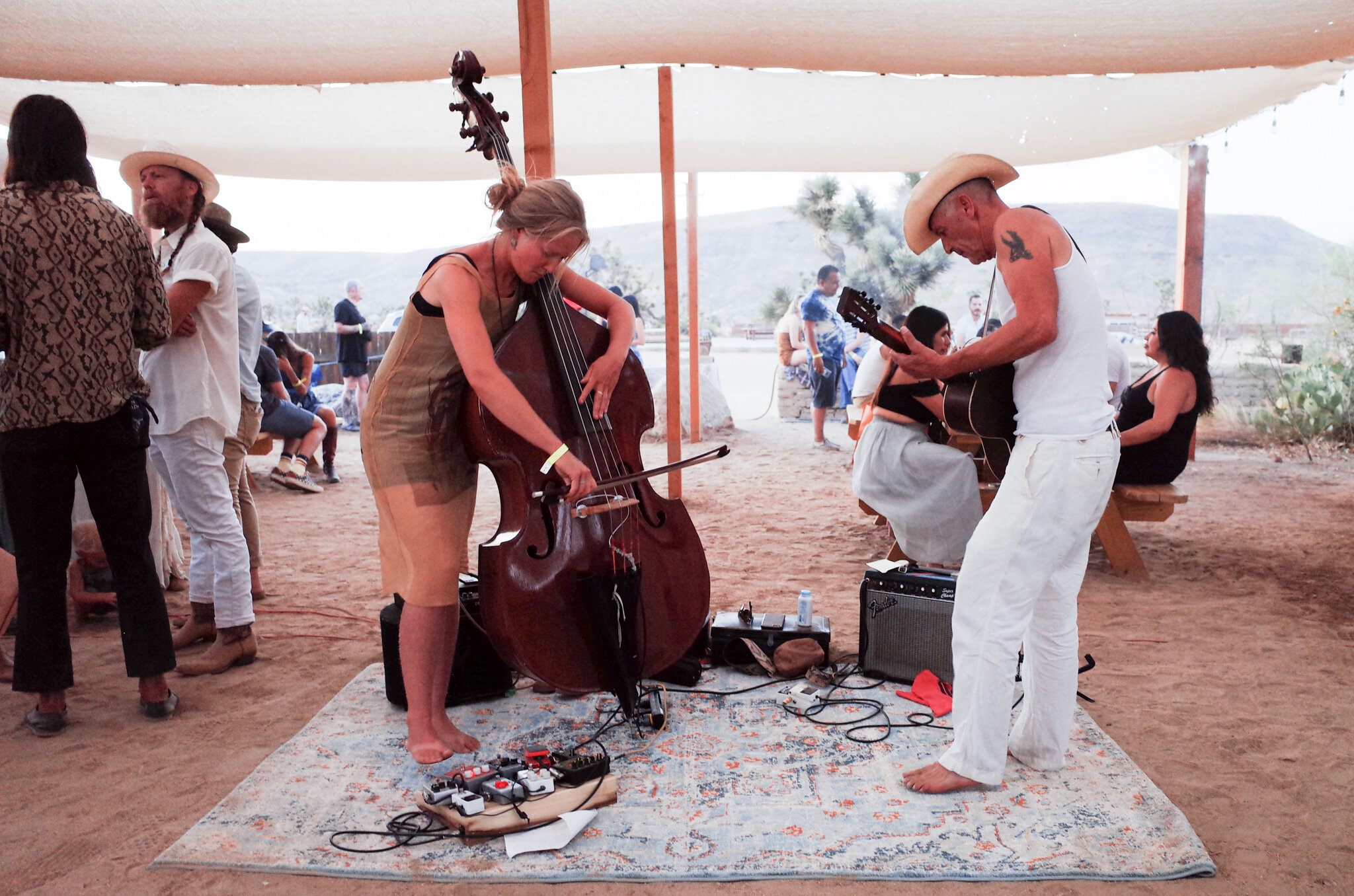
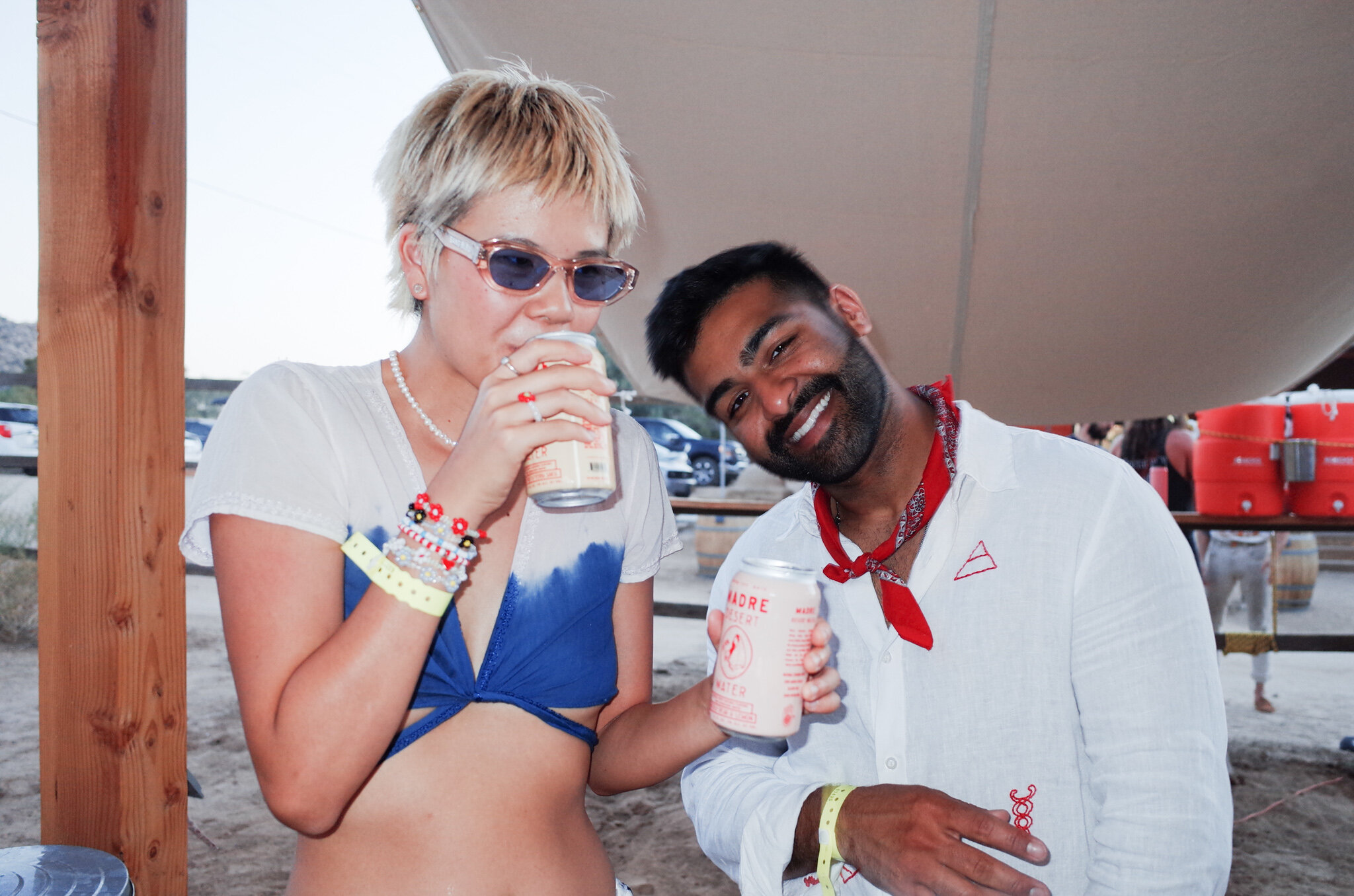

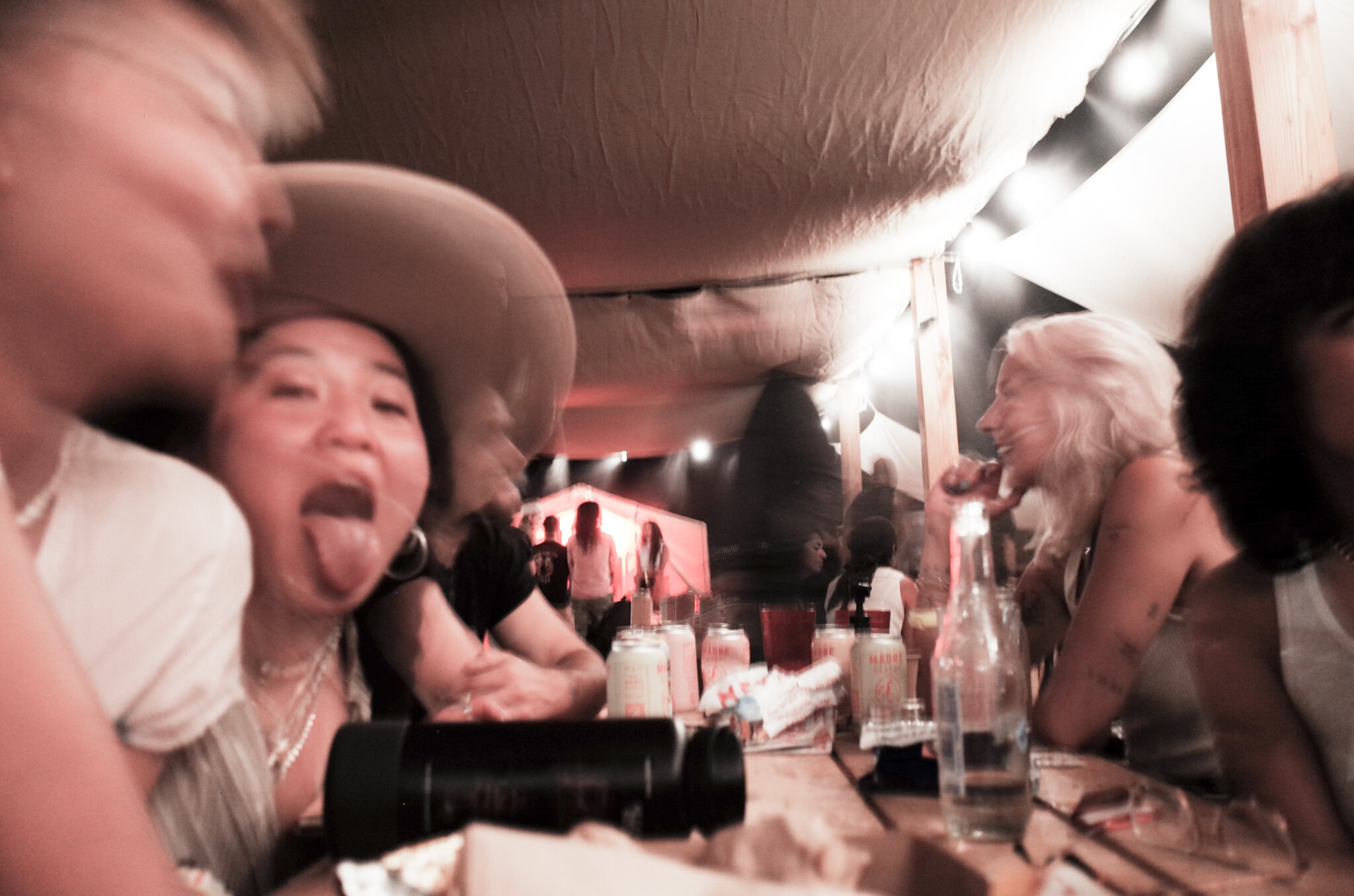
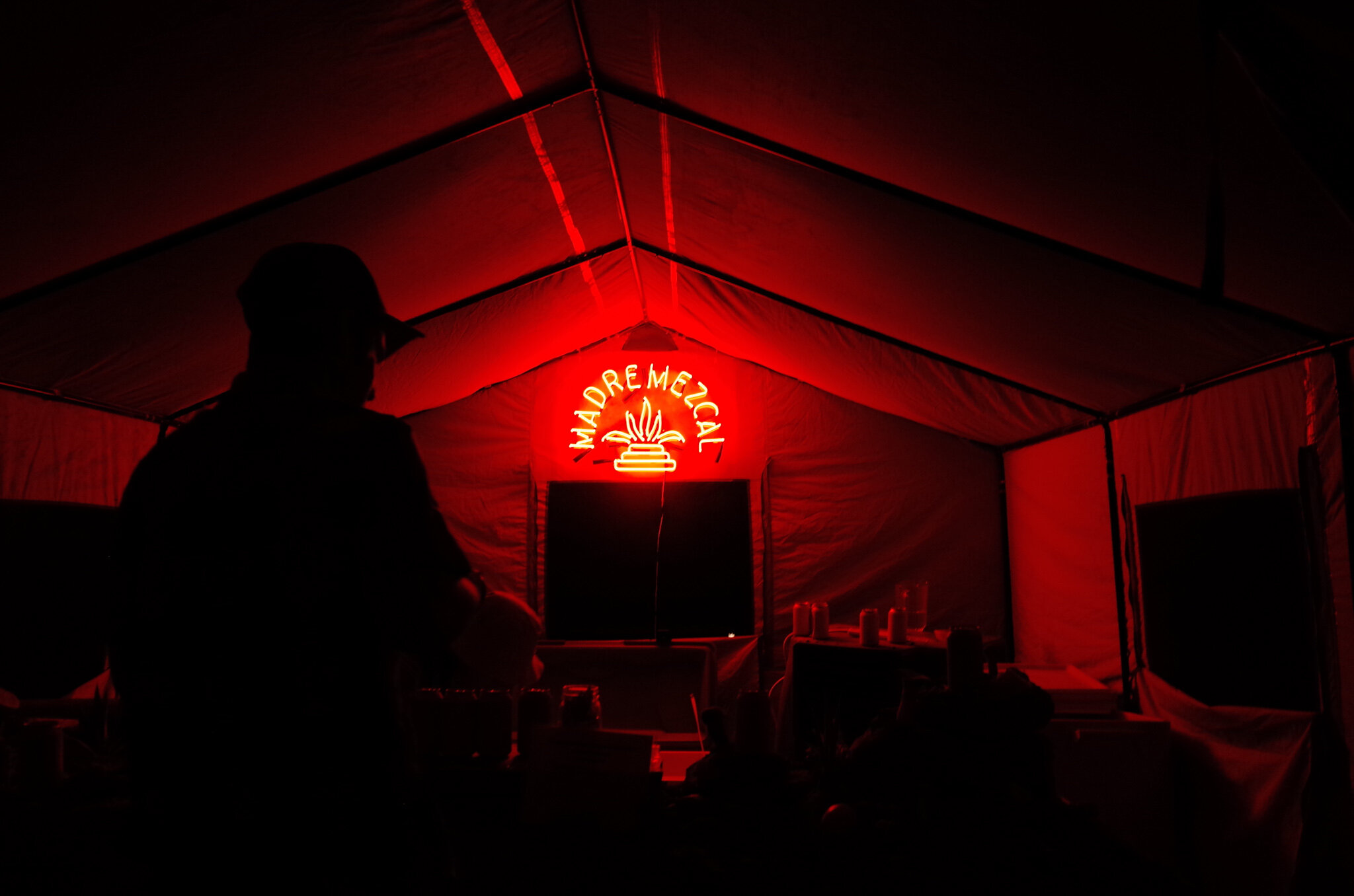
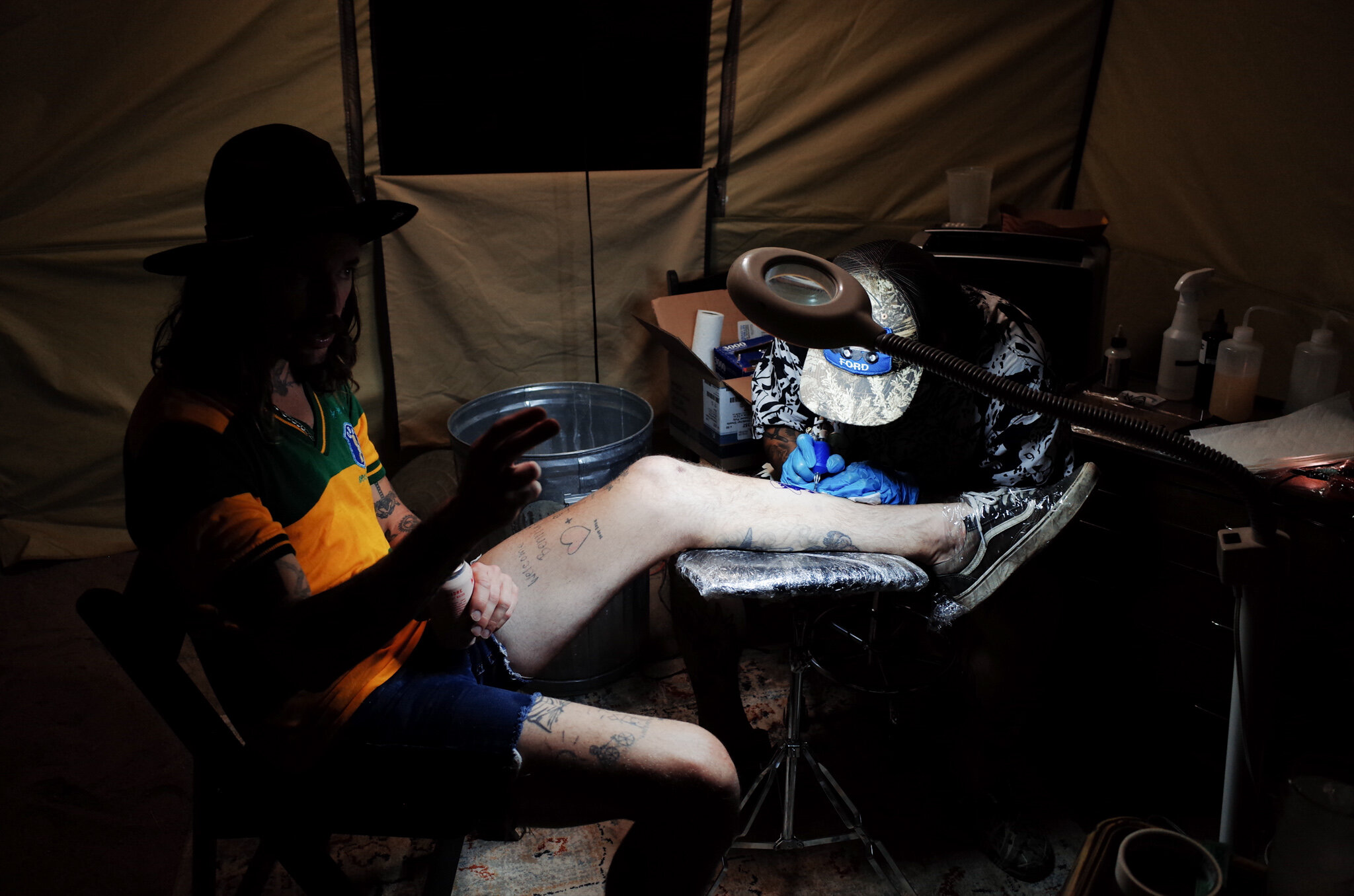
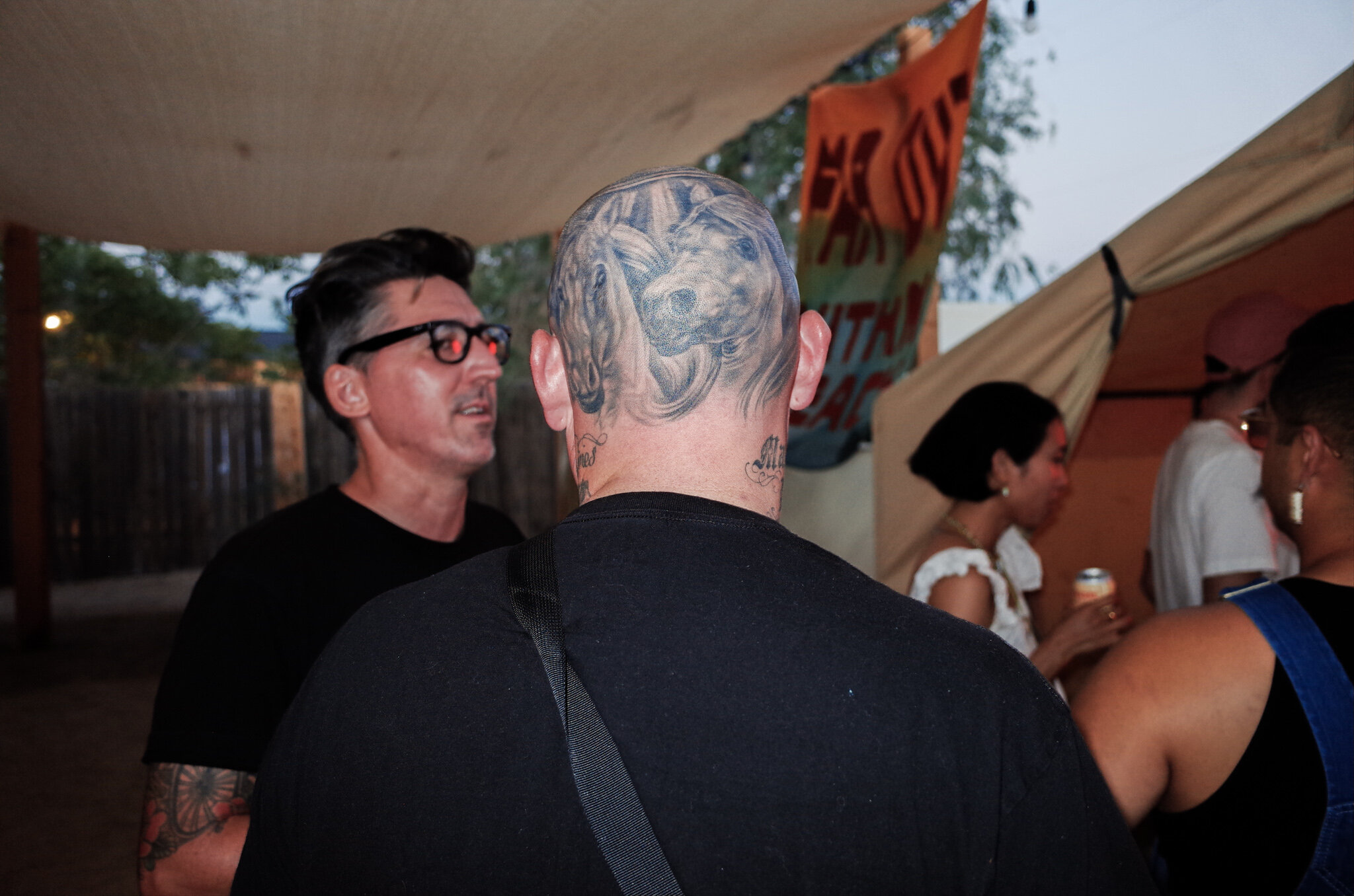
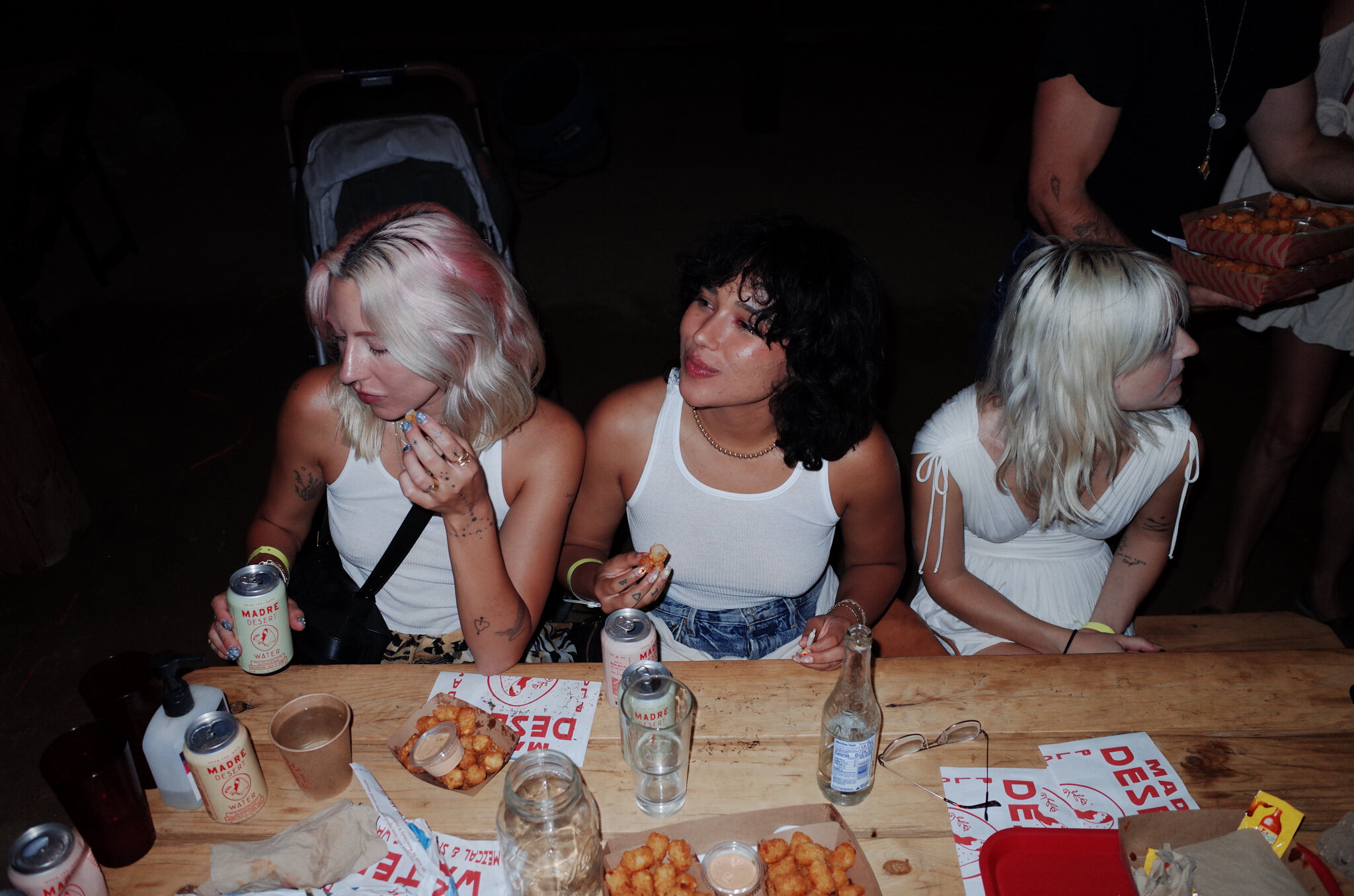

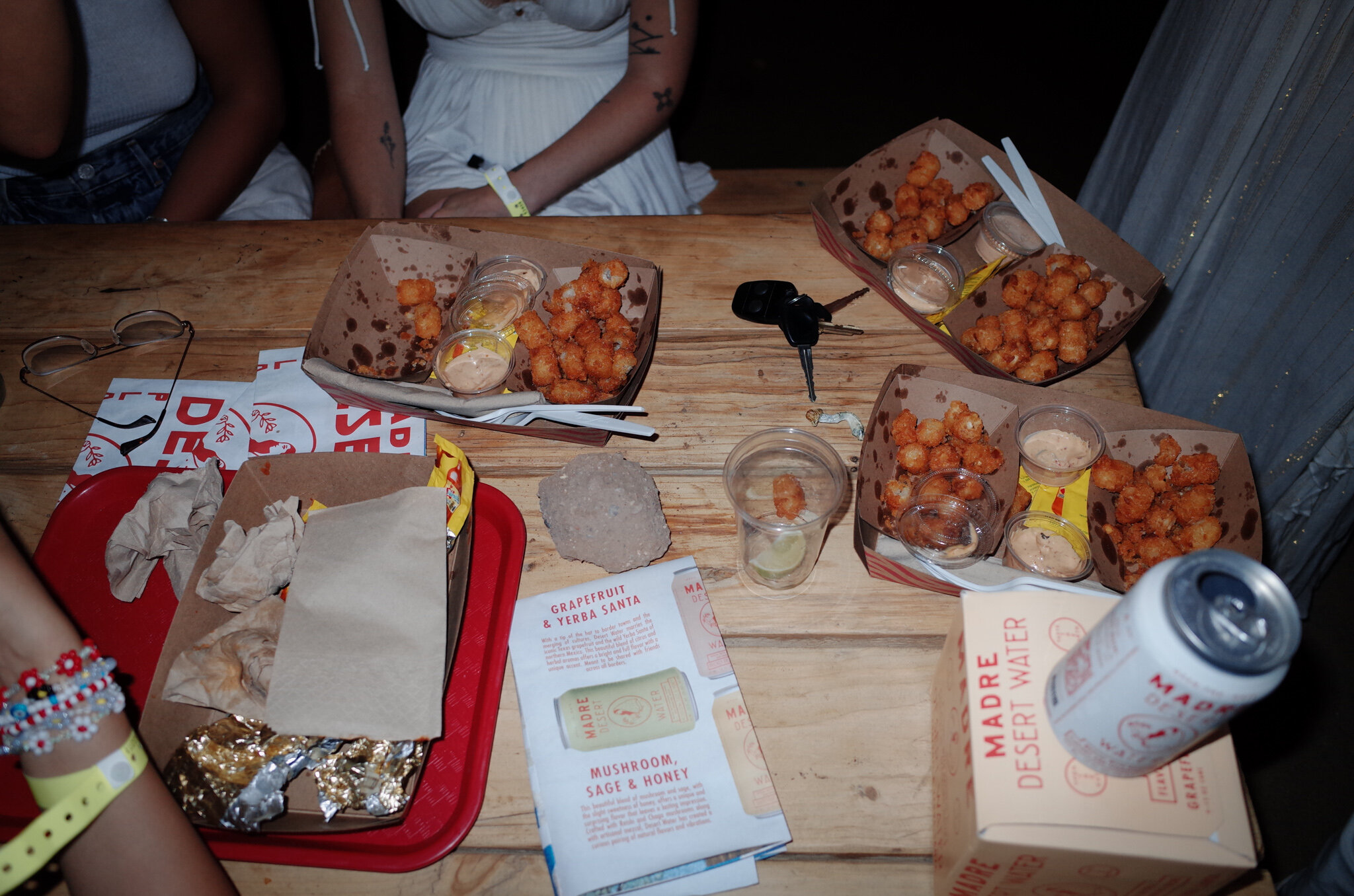
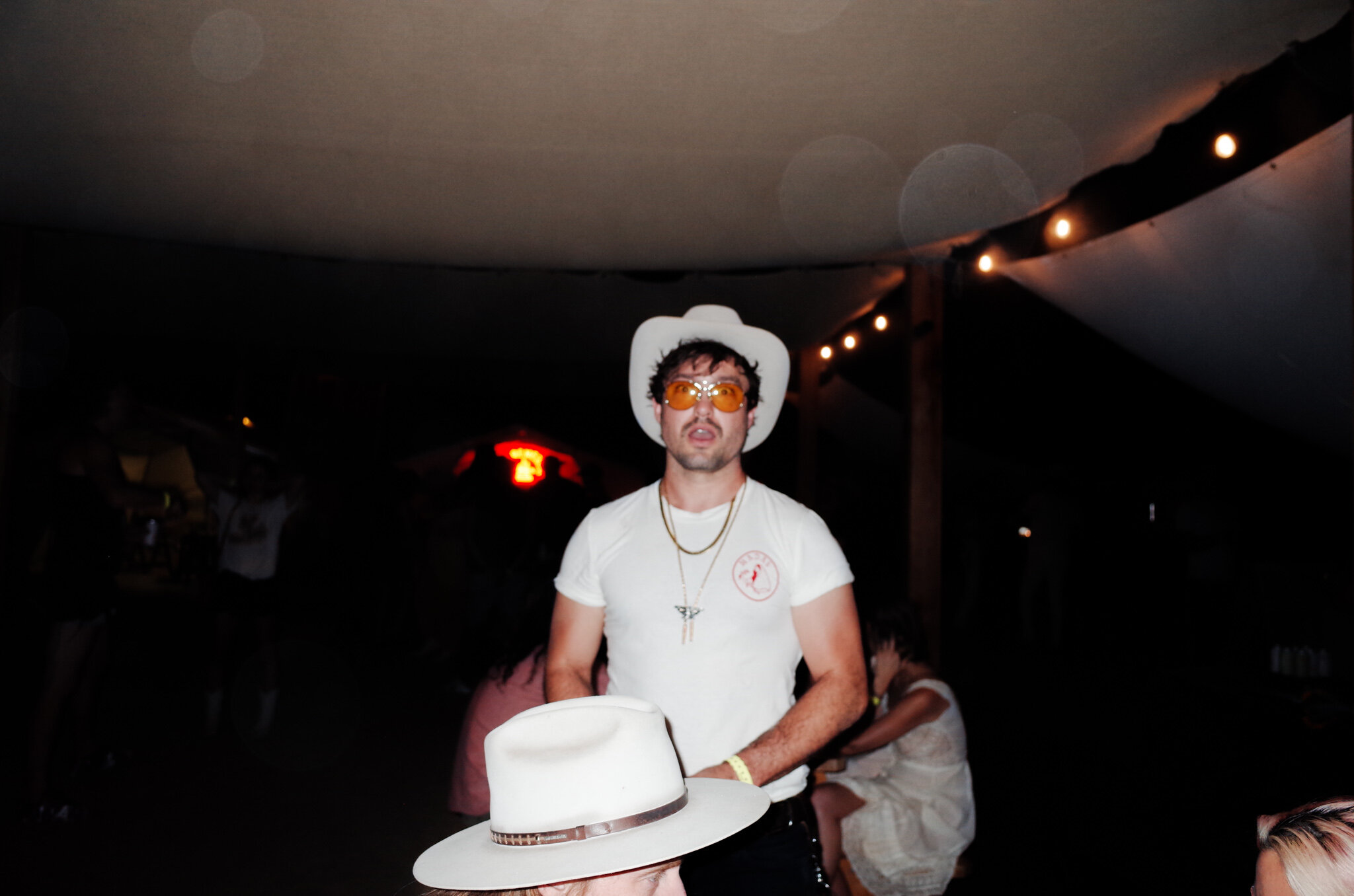
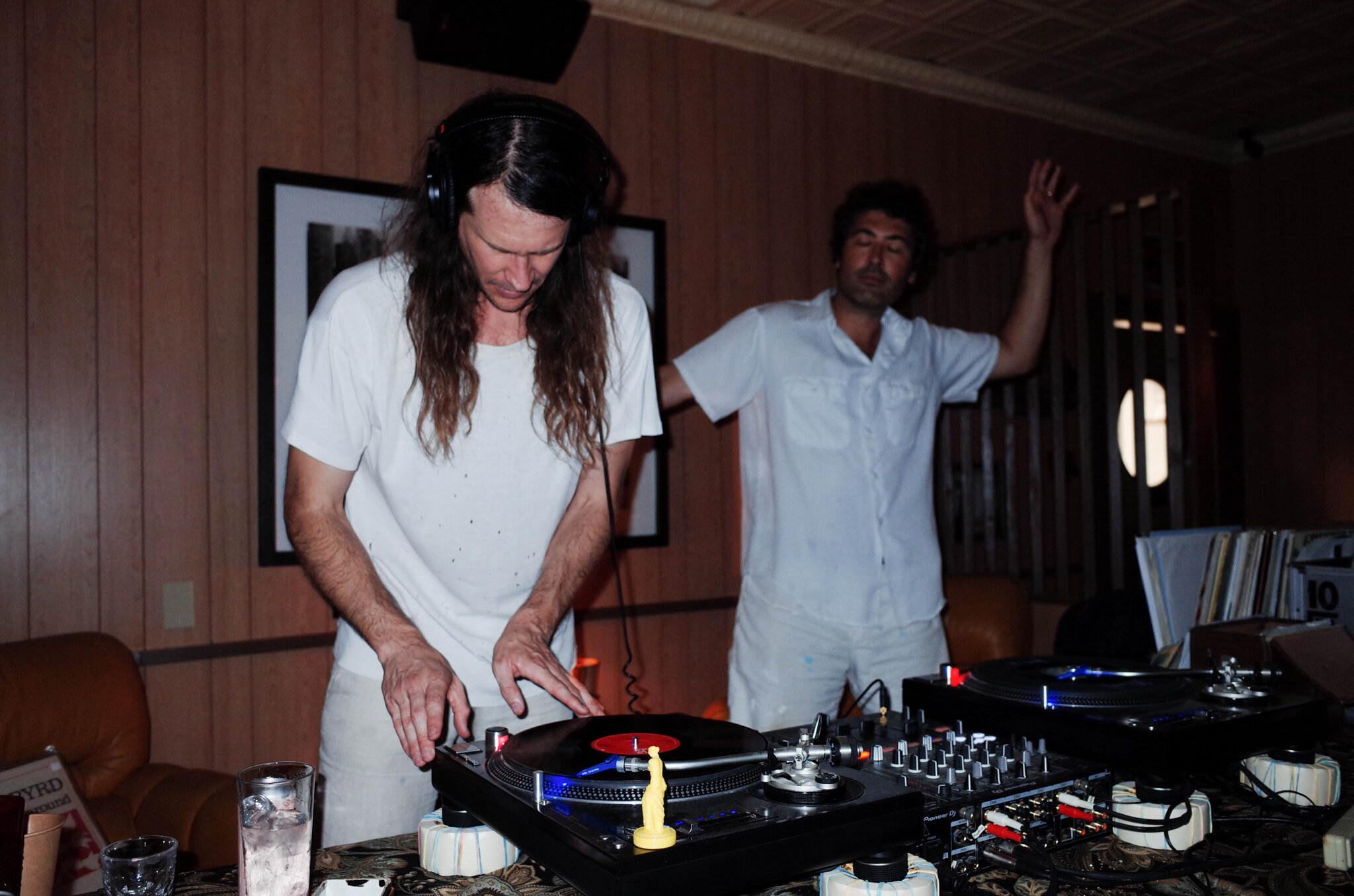
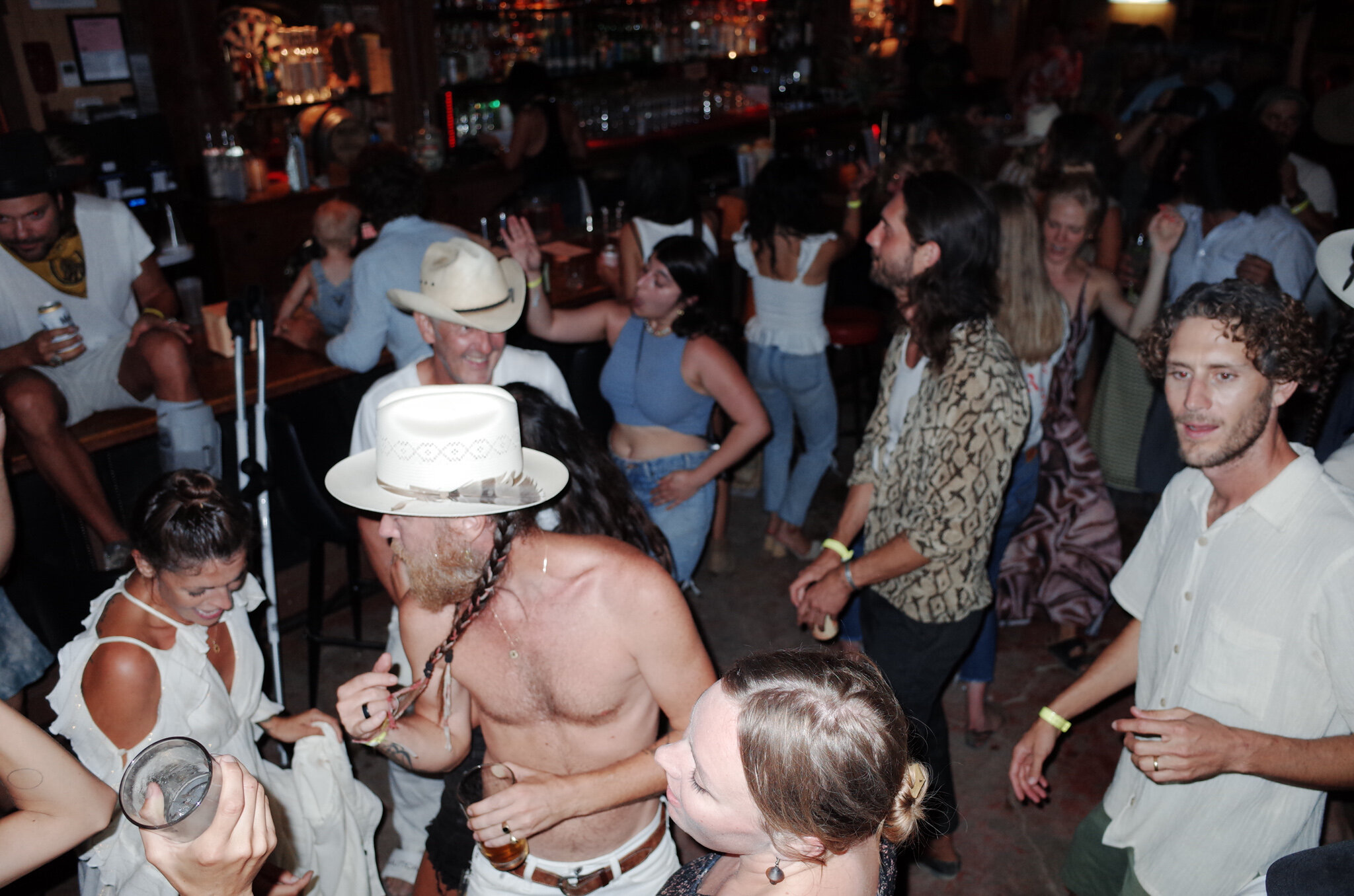
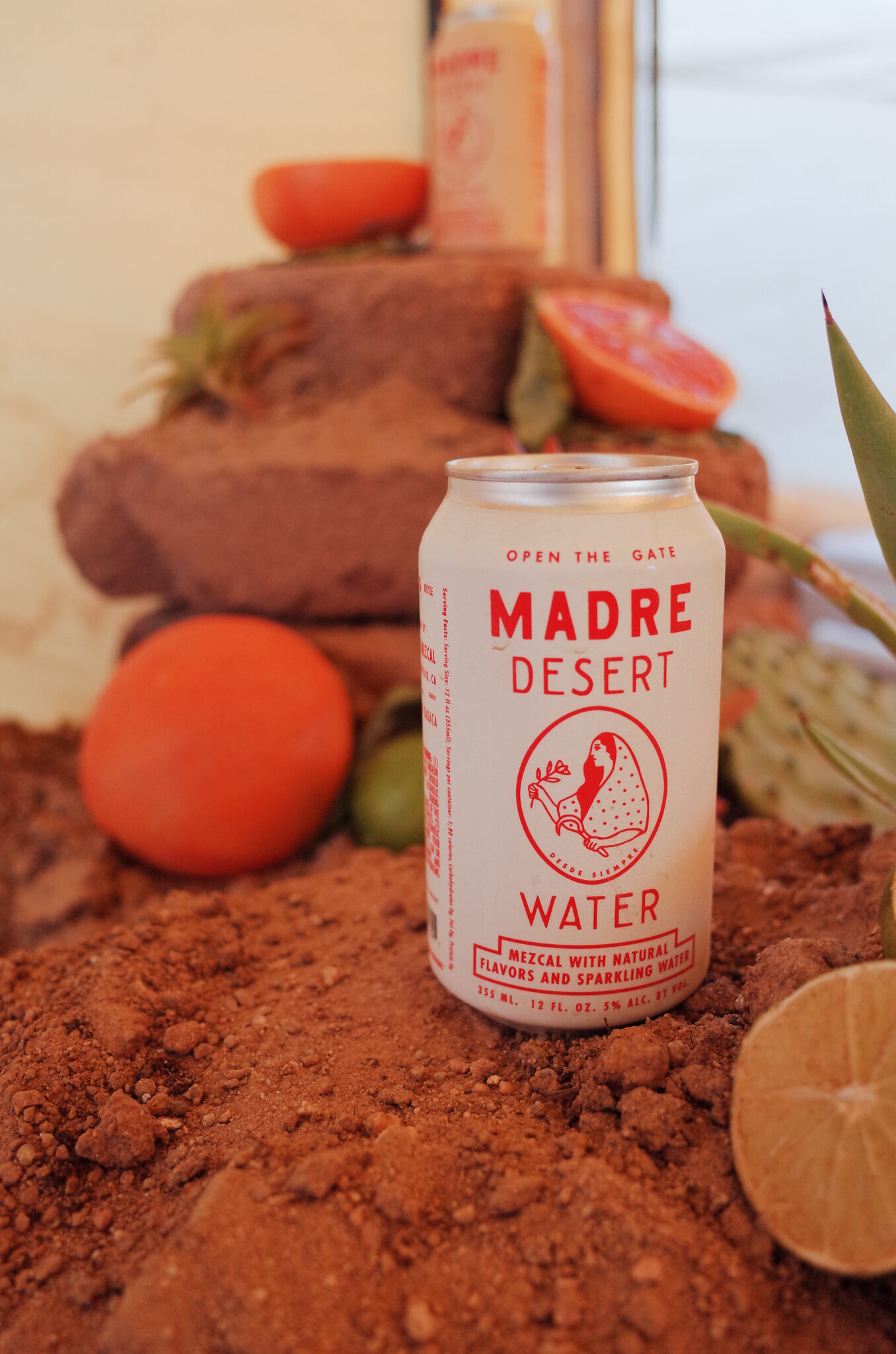
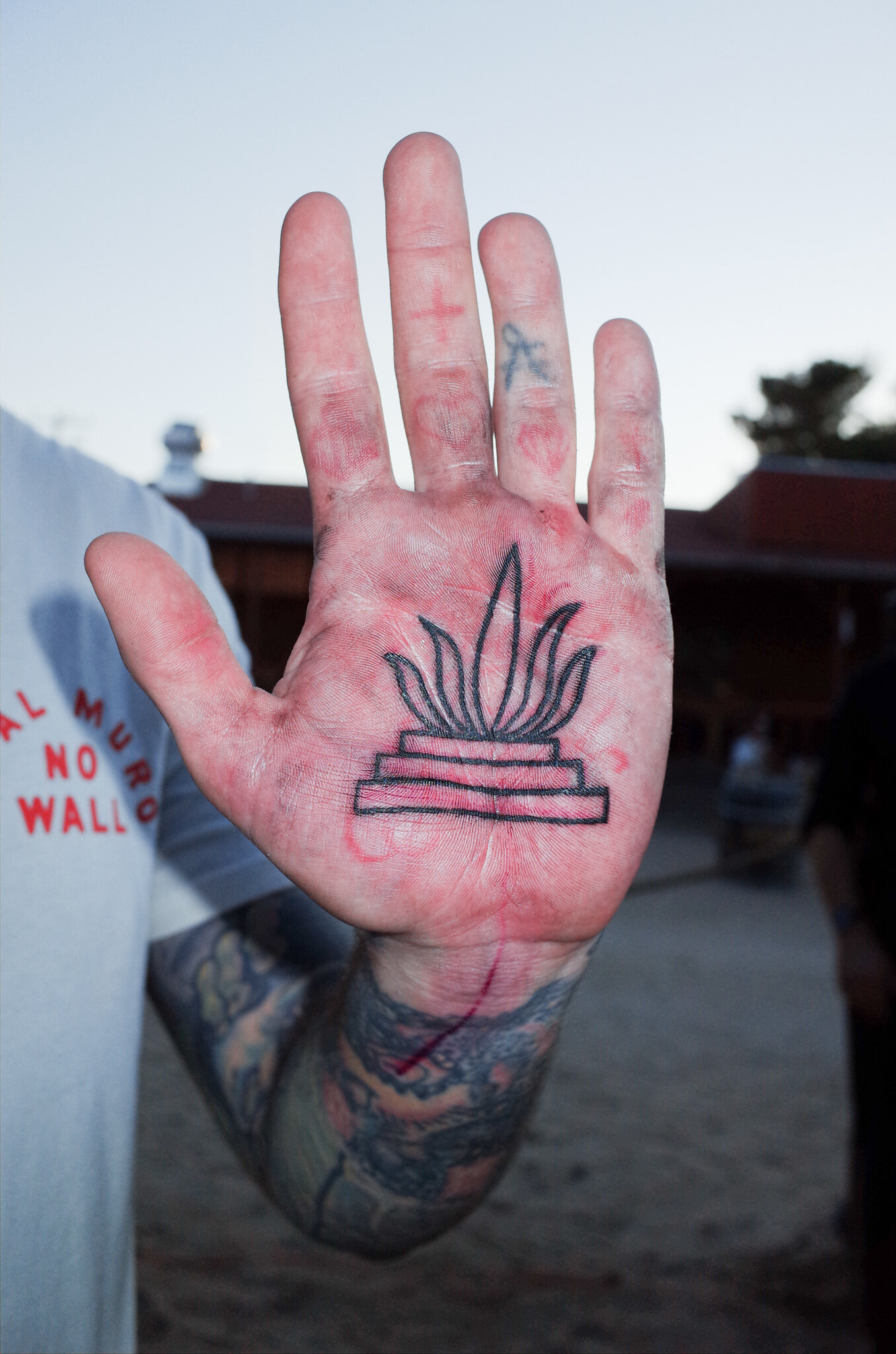

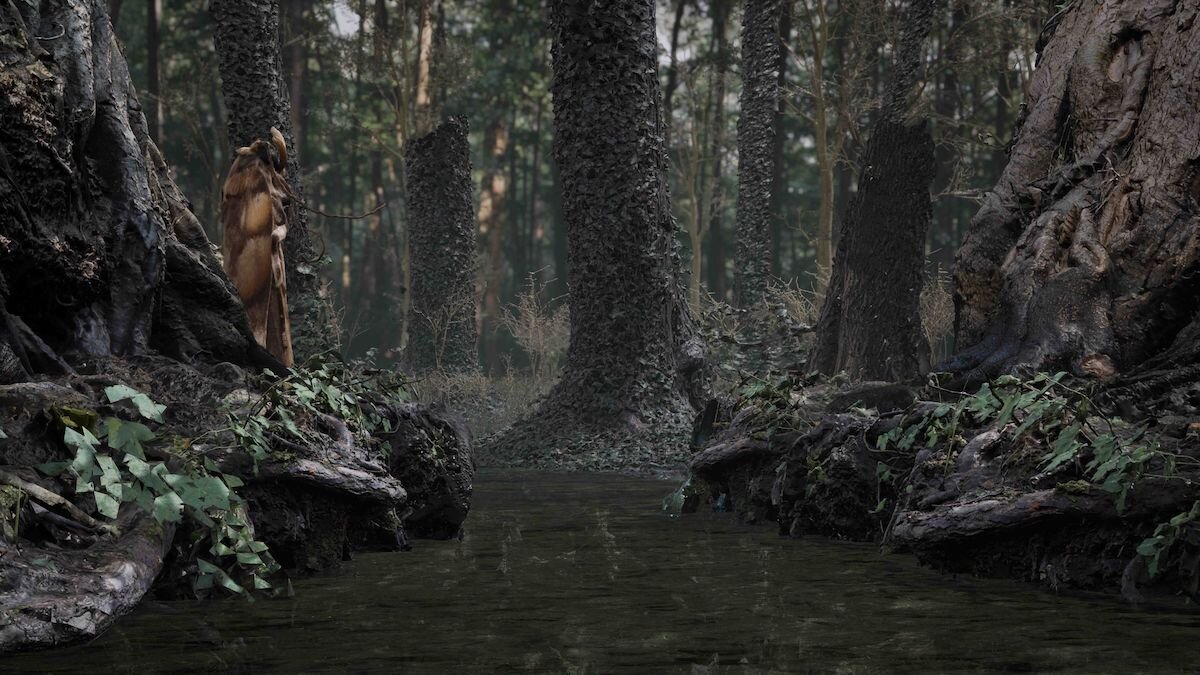
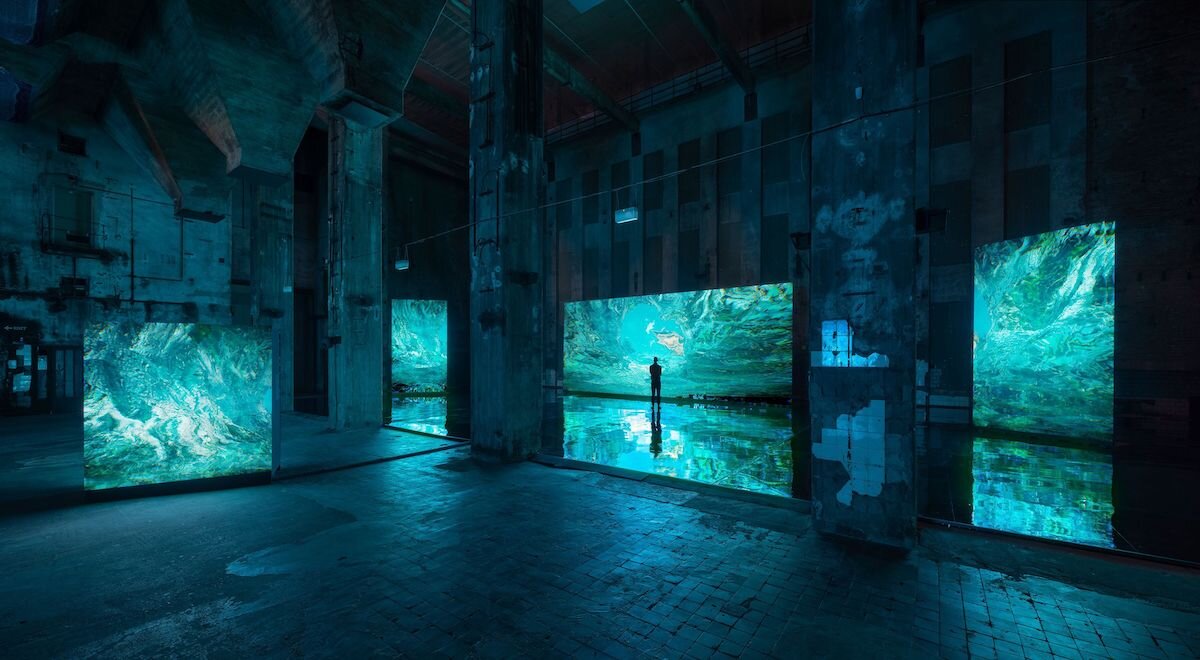

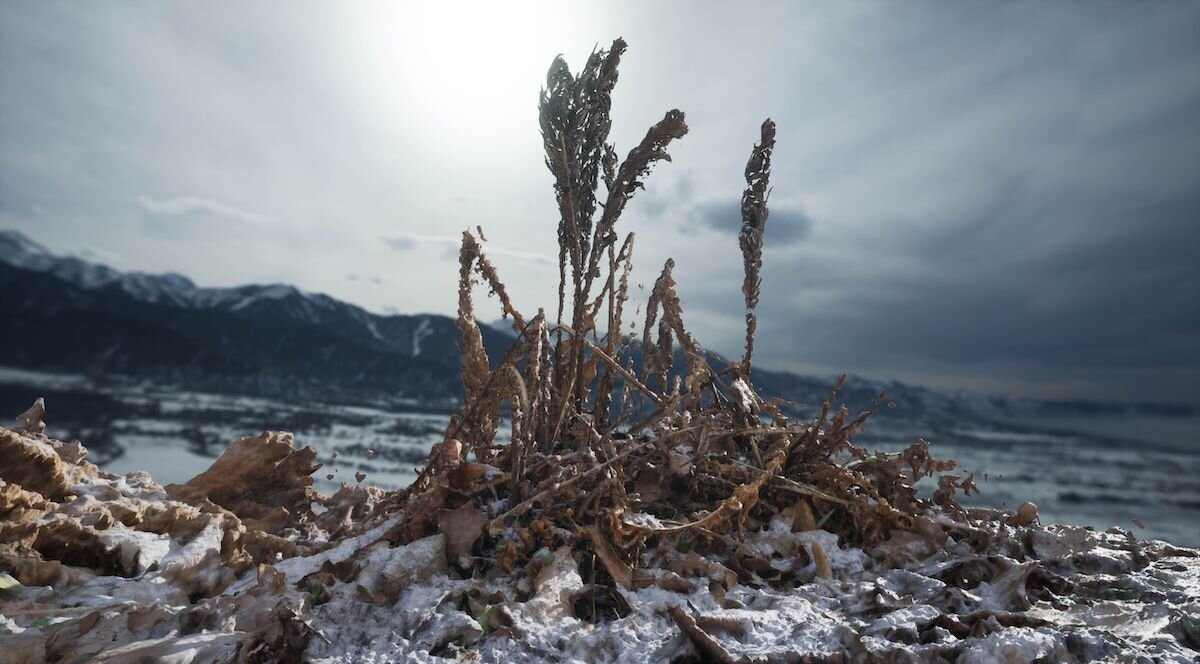

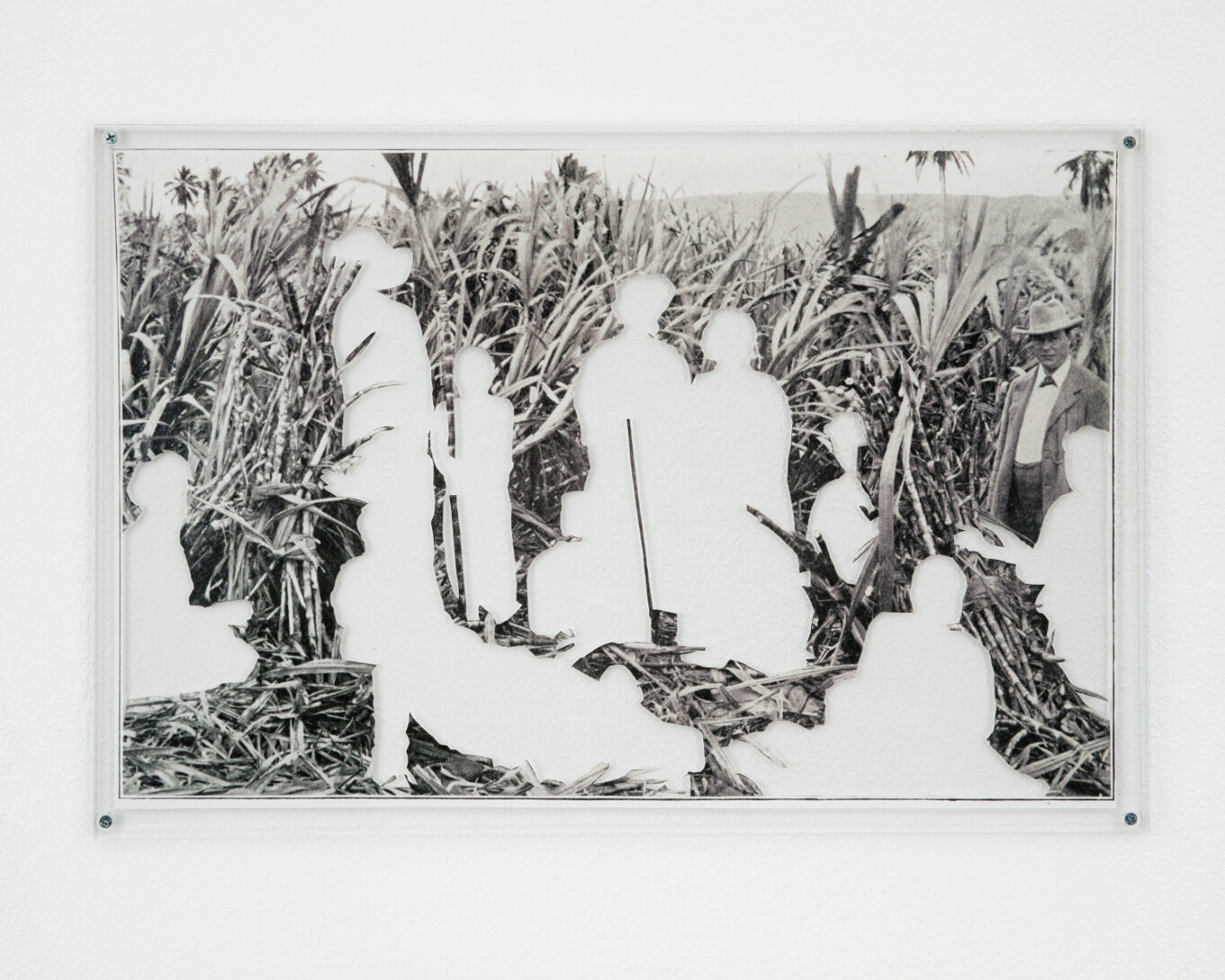
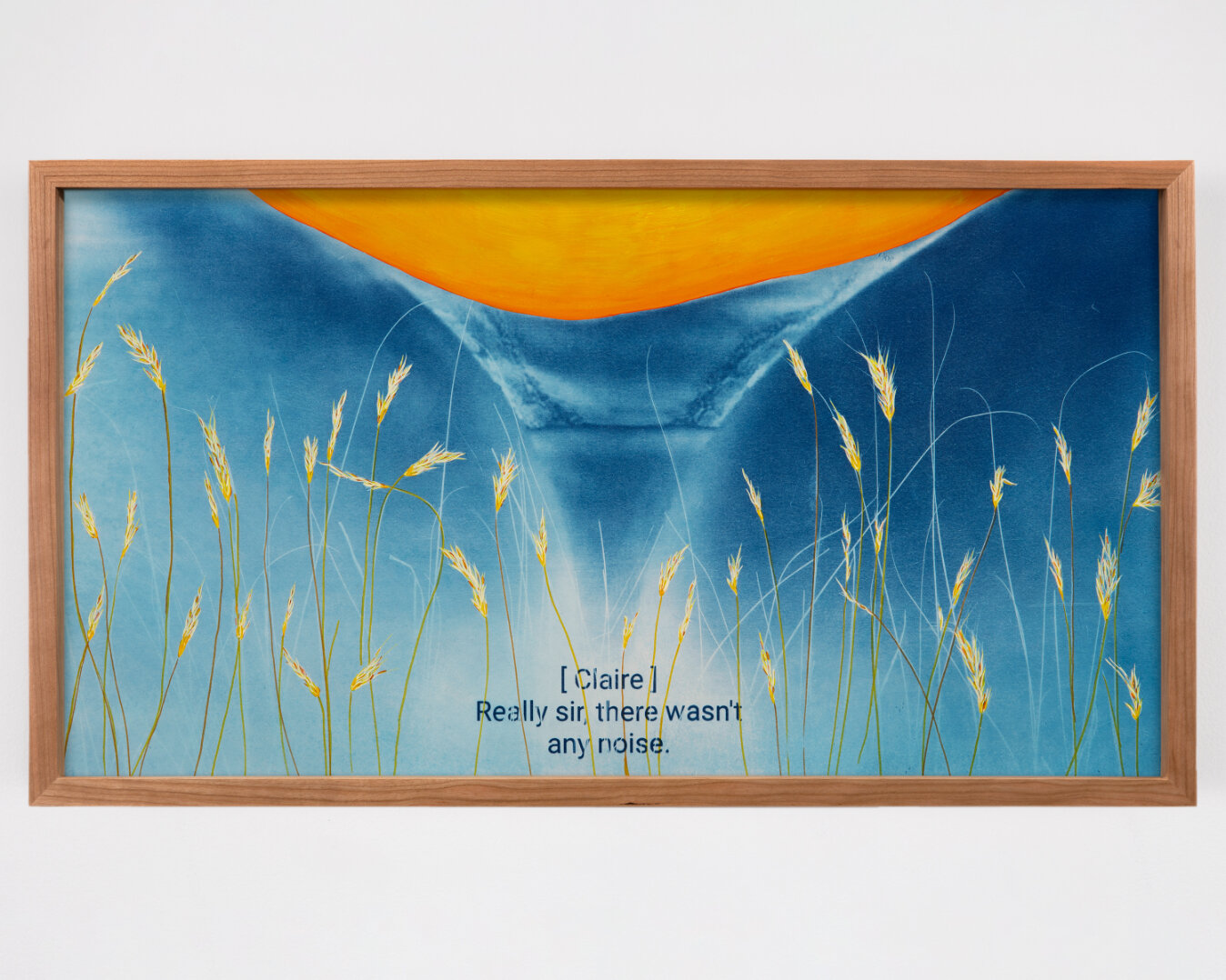
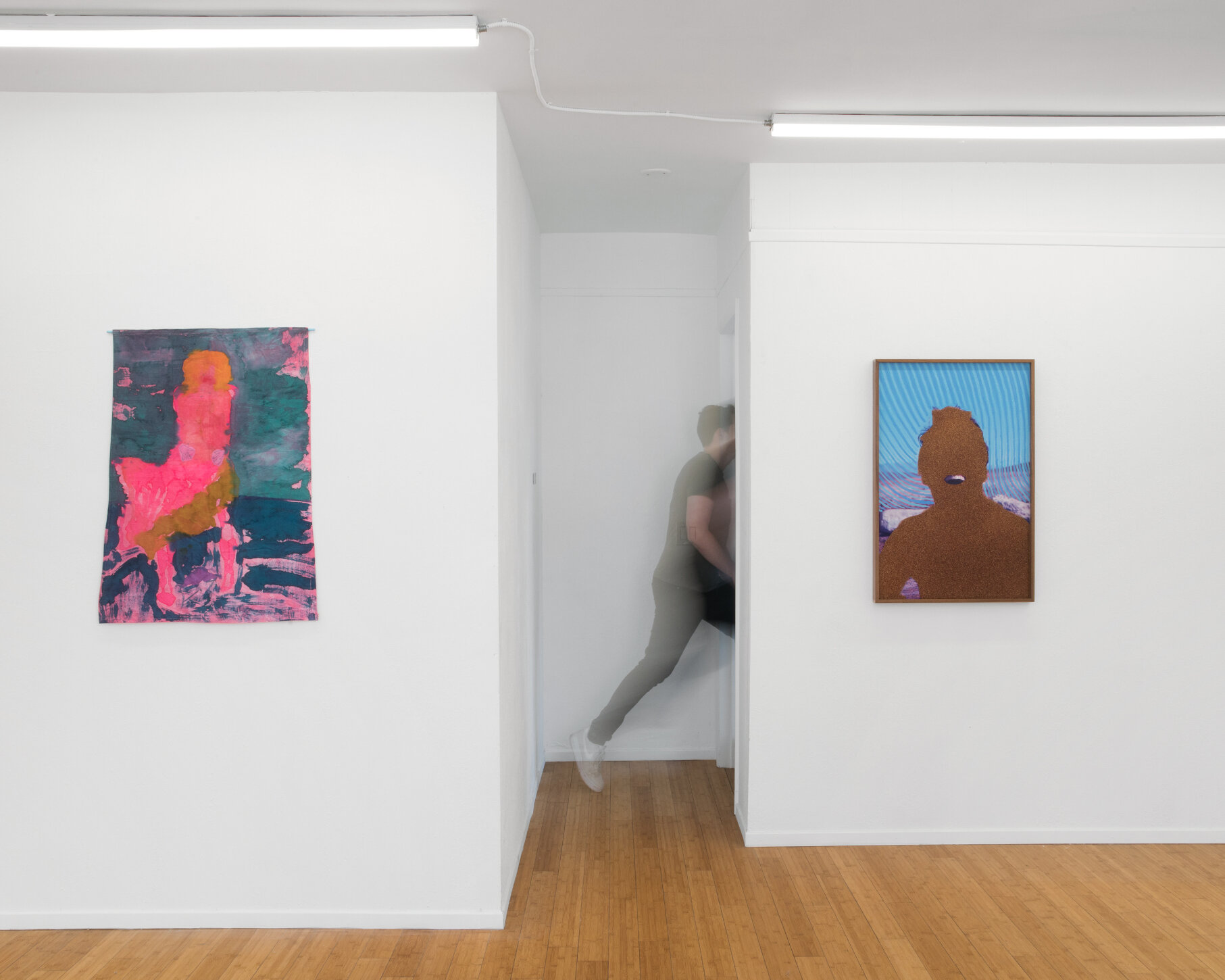
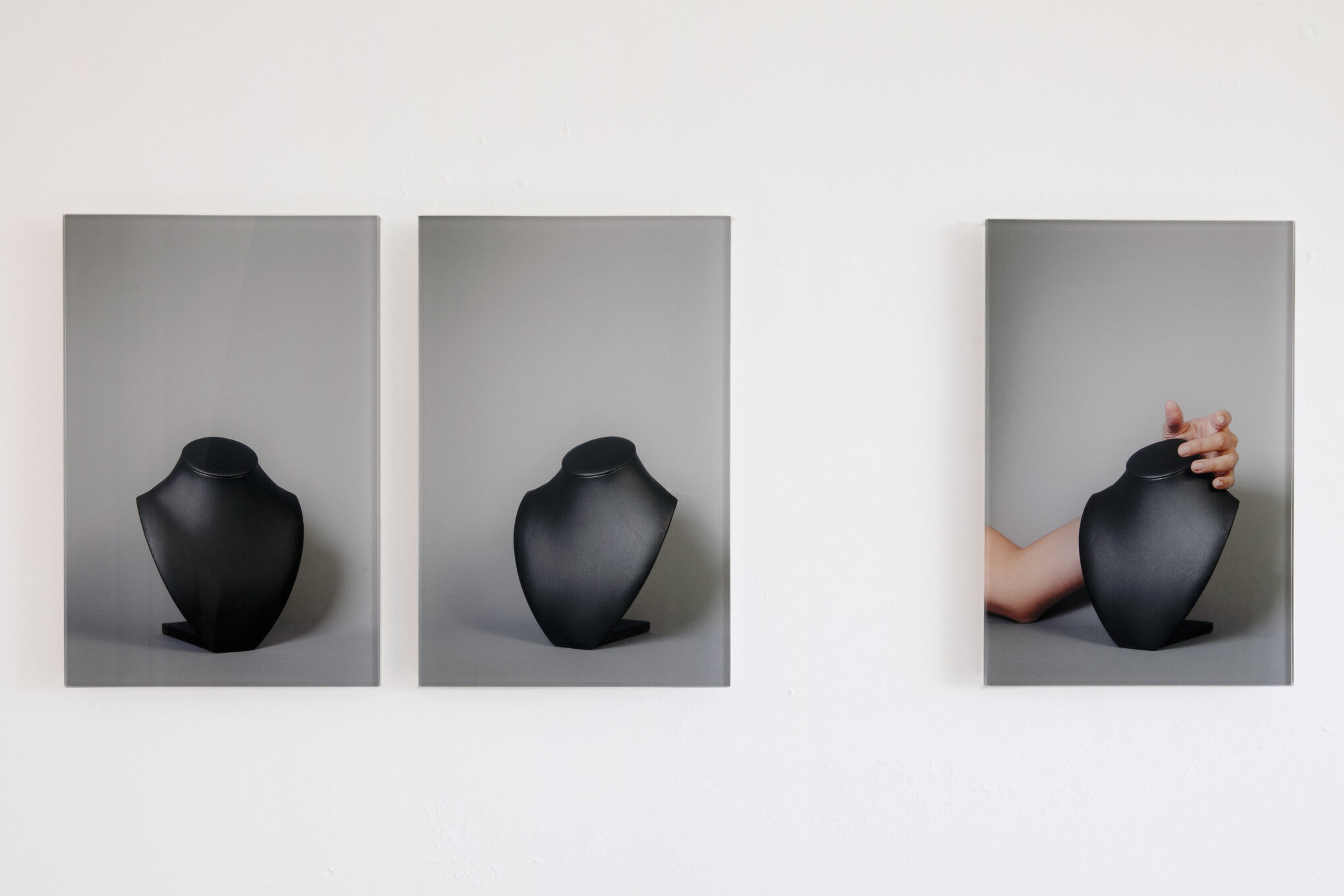
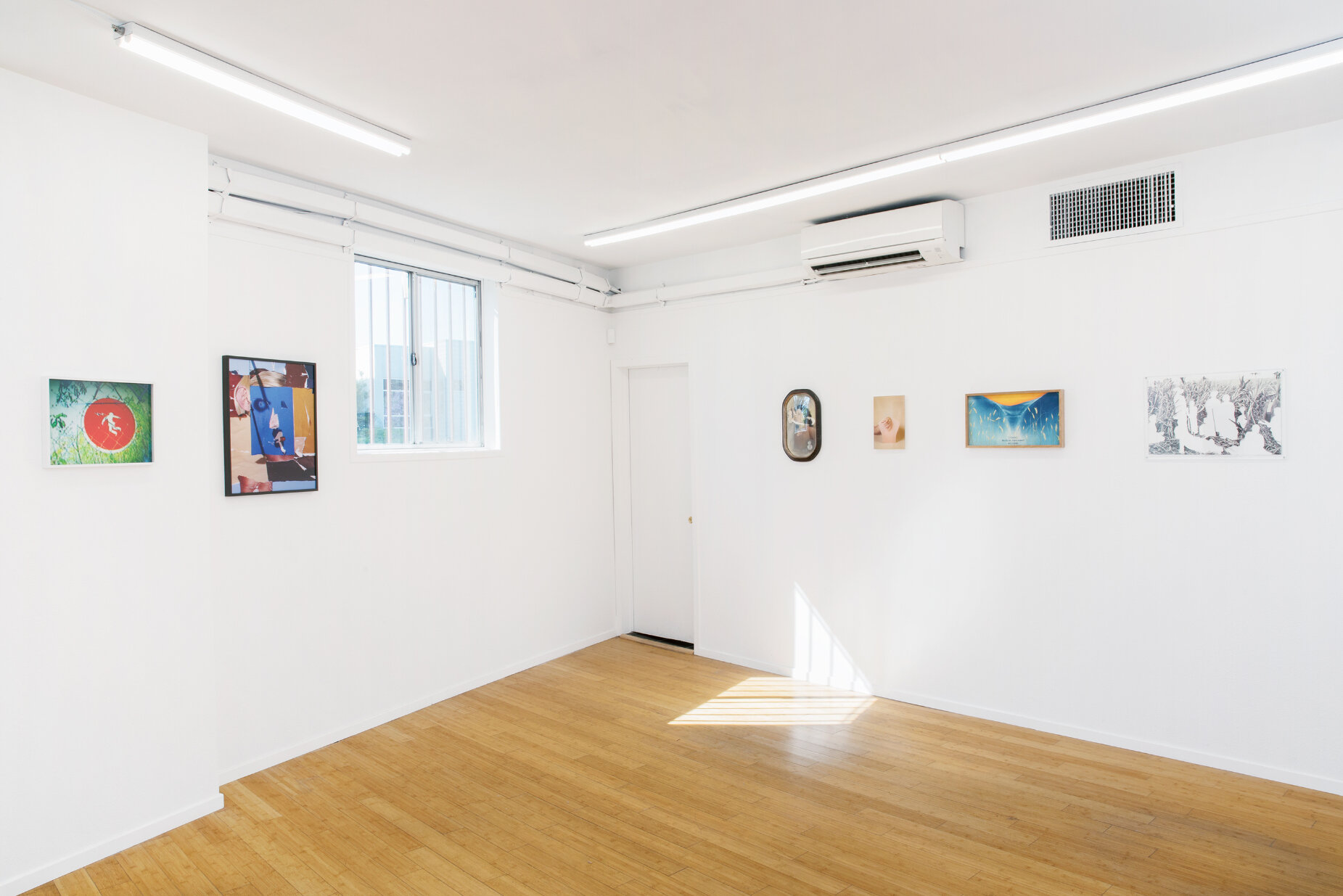
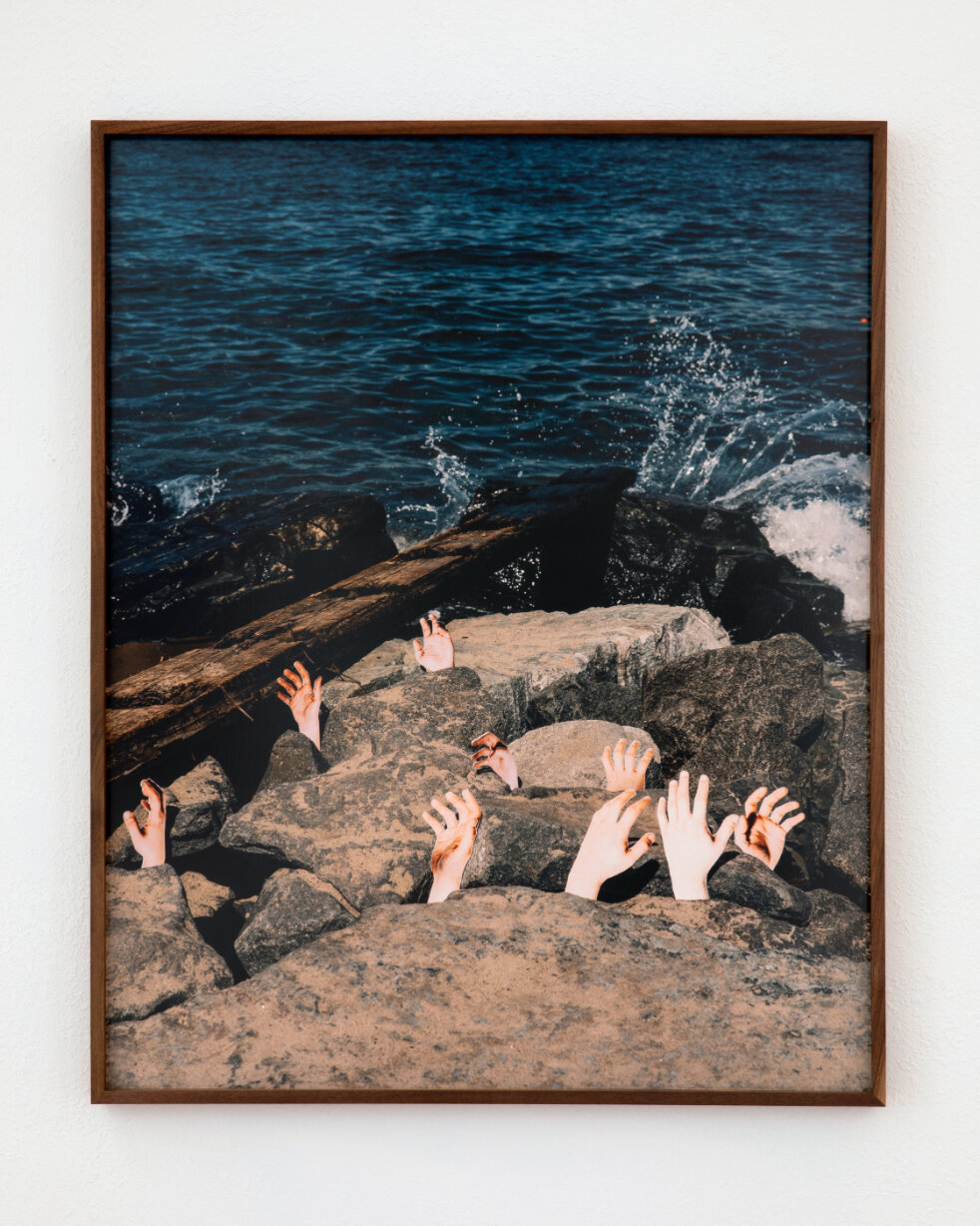
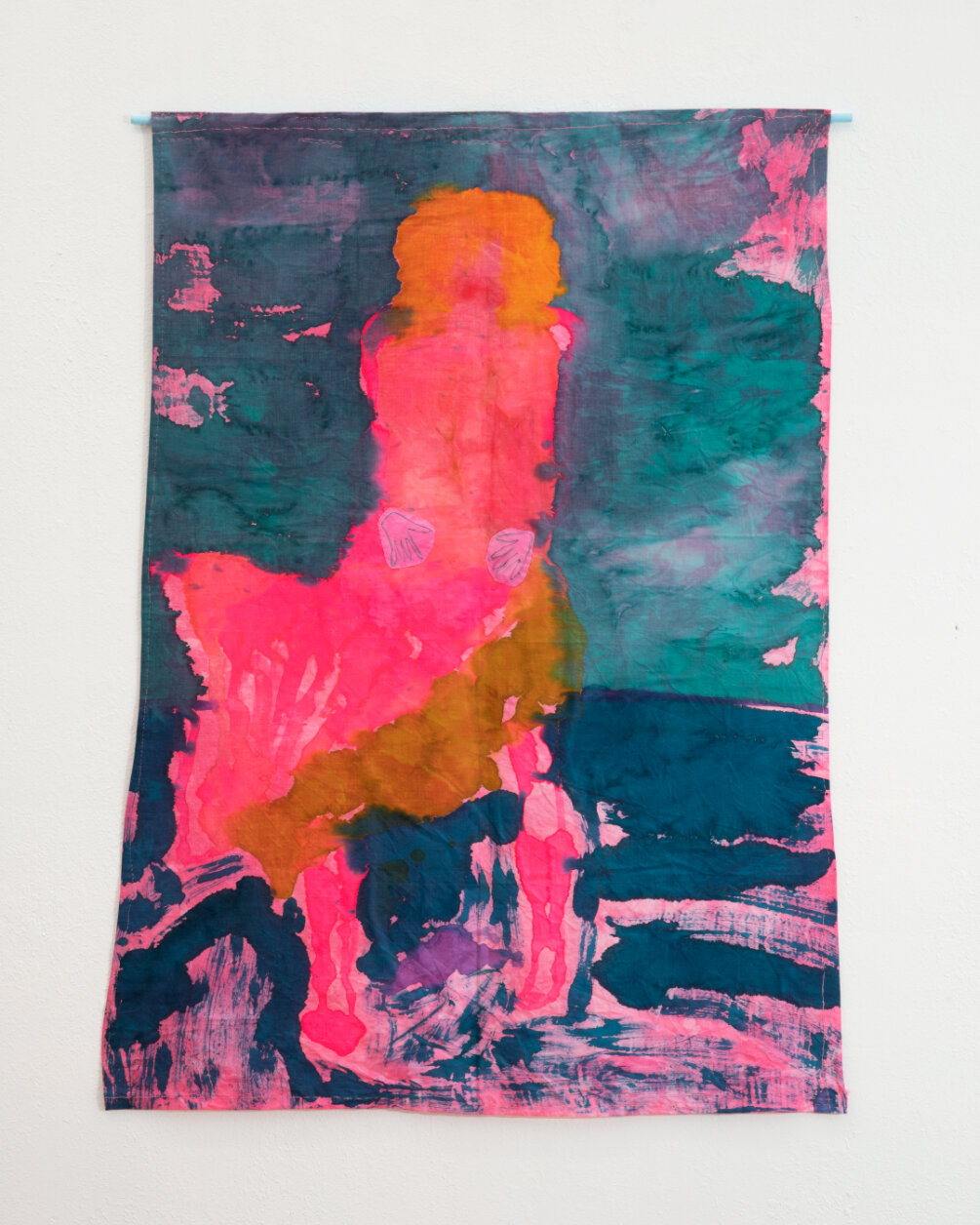
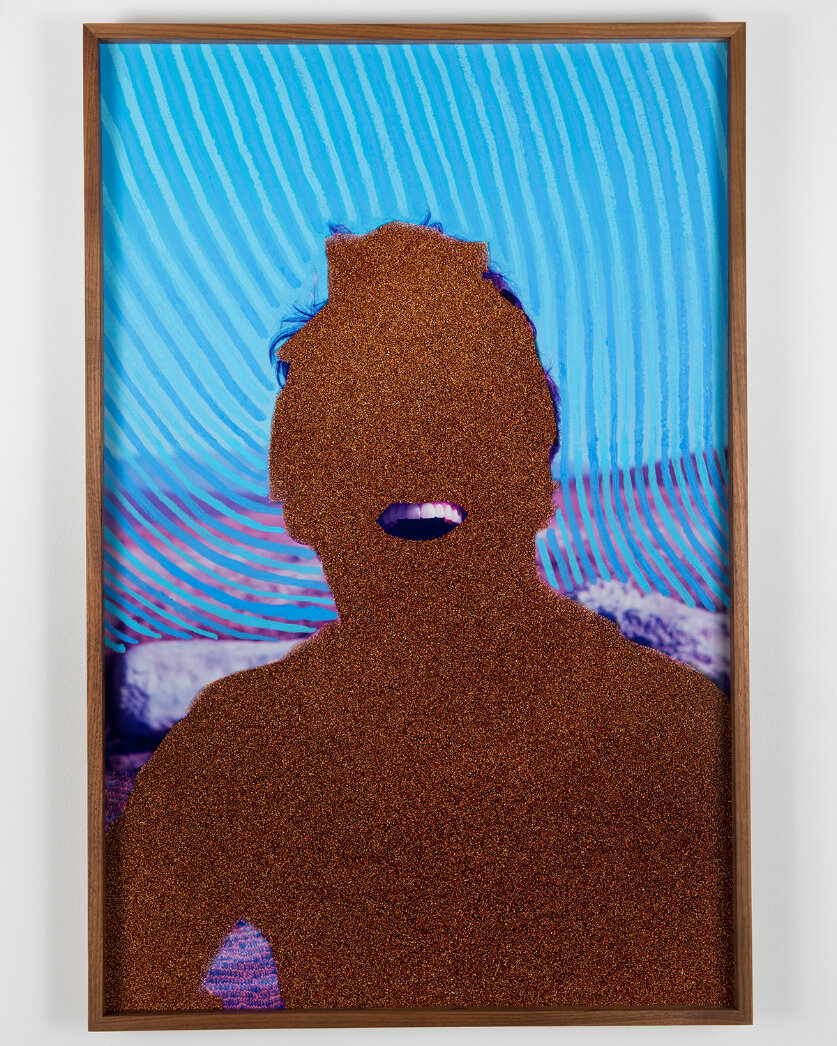
![BARBARA ESS Electrocute [Border Series] , 2010 Framed: 12 x 15.31 in (30.48 x 38.89 cm Archival pigment print Edition 1 of 4](https://images.squarespace-cdn.com/content/v1/544cb720e4b0f3ba72ee8a78/1625791593642-WYN8TZWM85DHSP3IWQ5R/Barbara+Ess_Electrocute_2010_TPP.jpg)
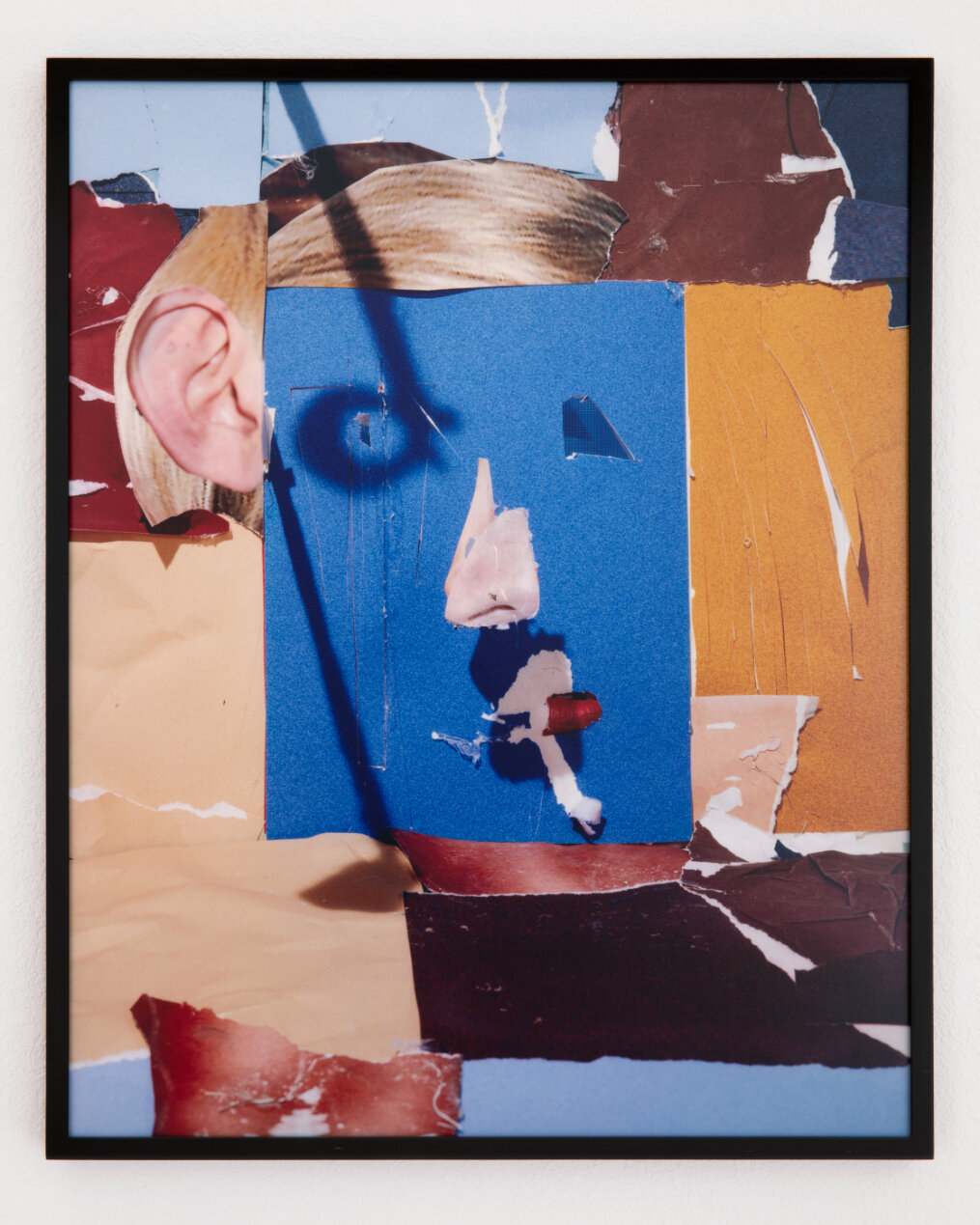
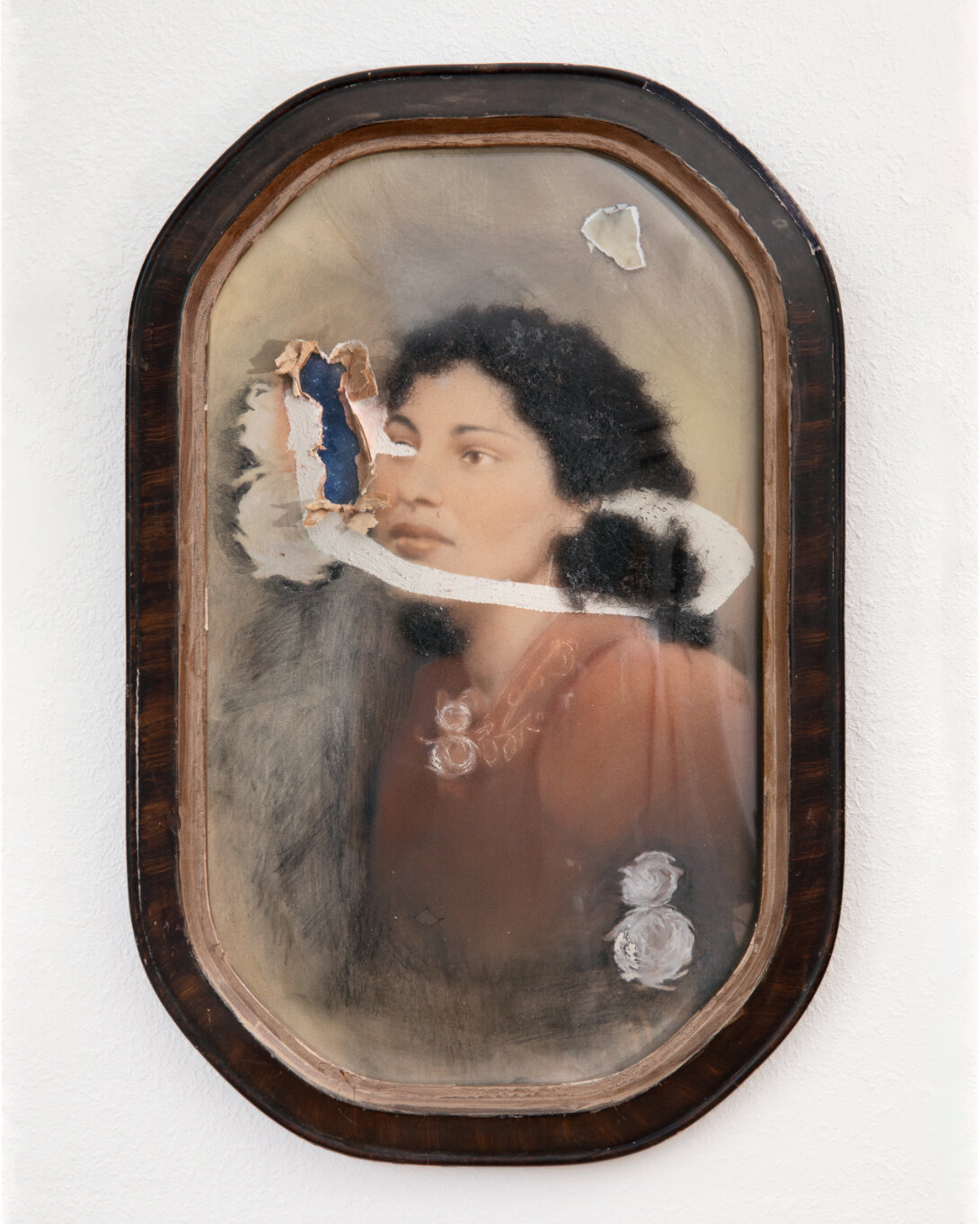
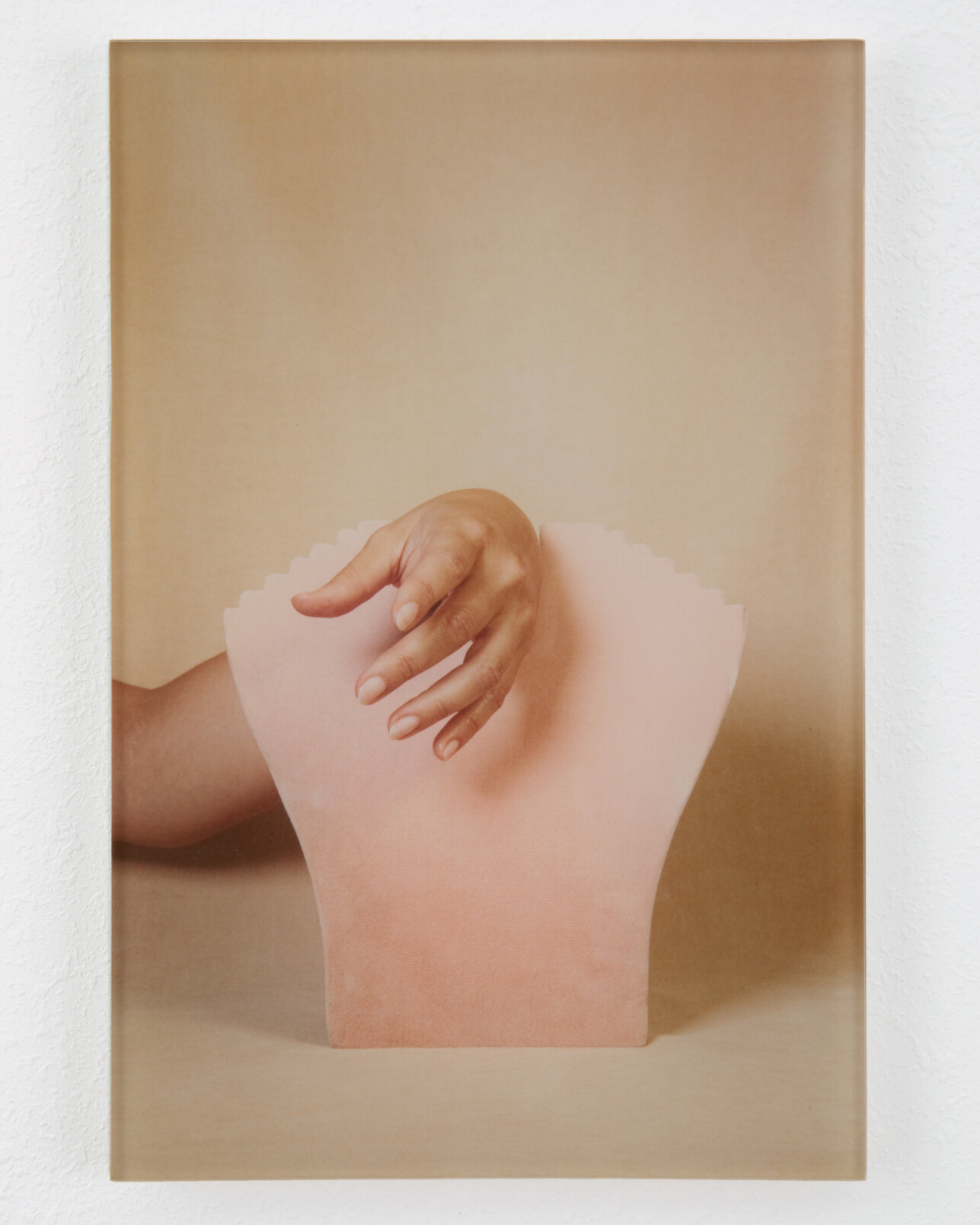
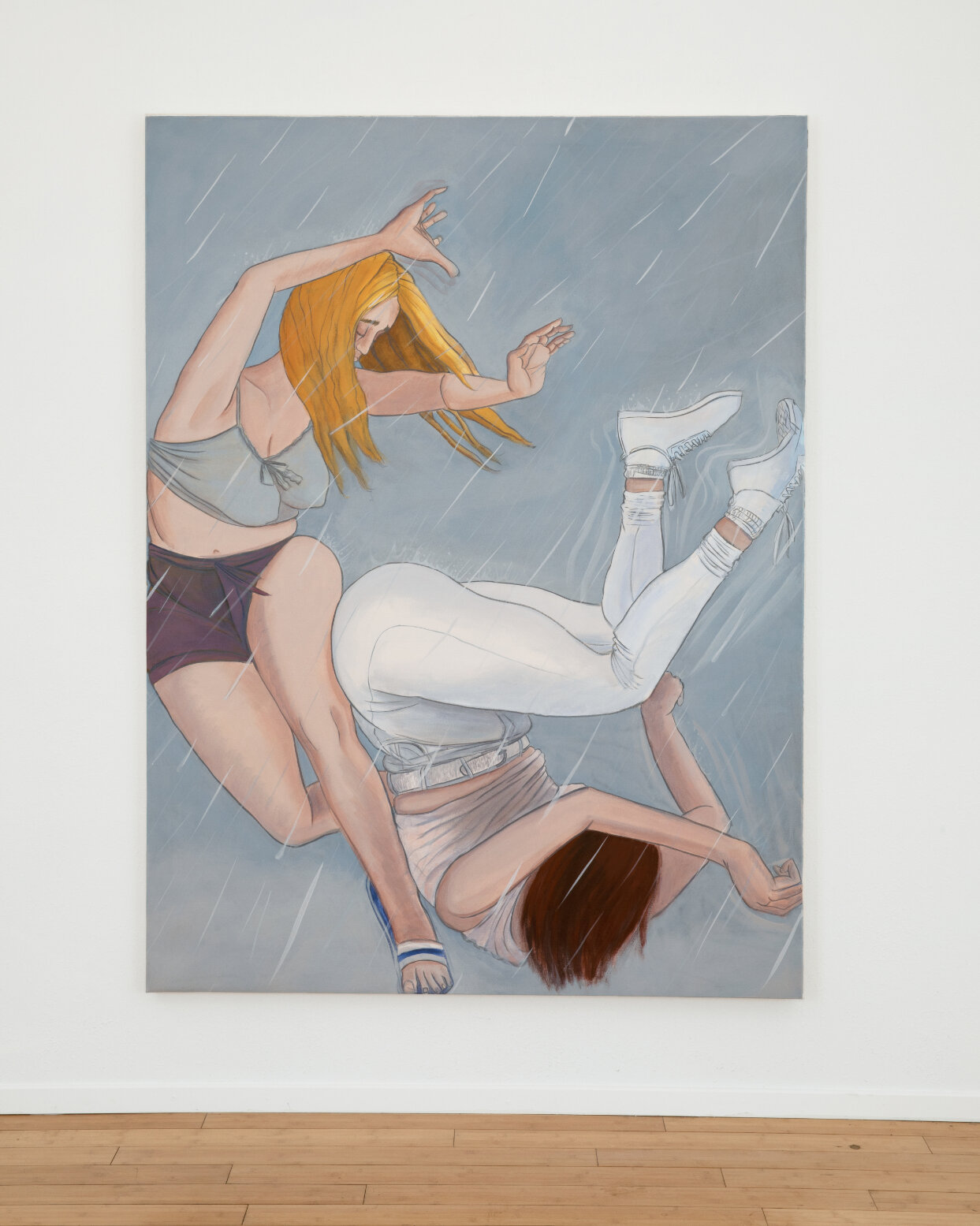
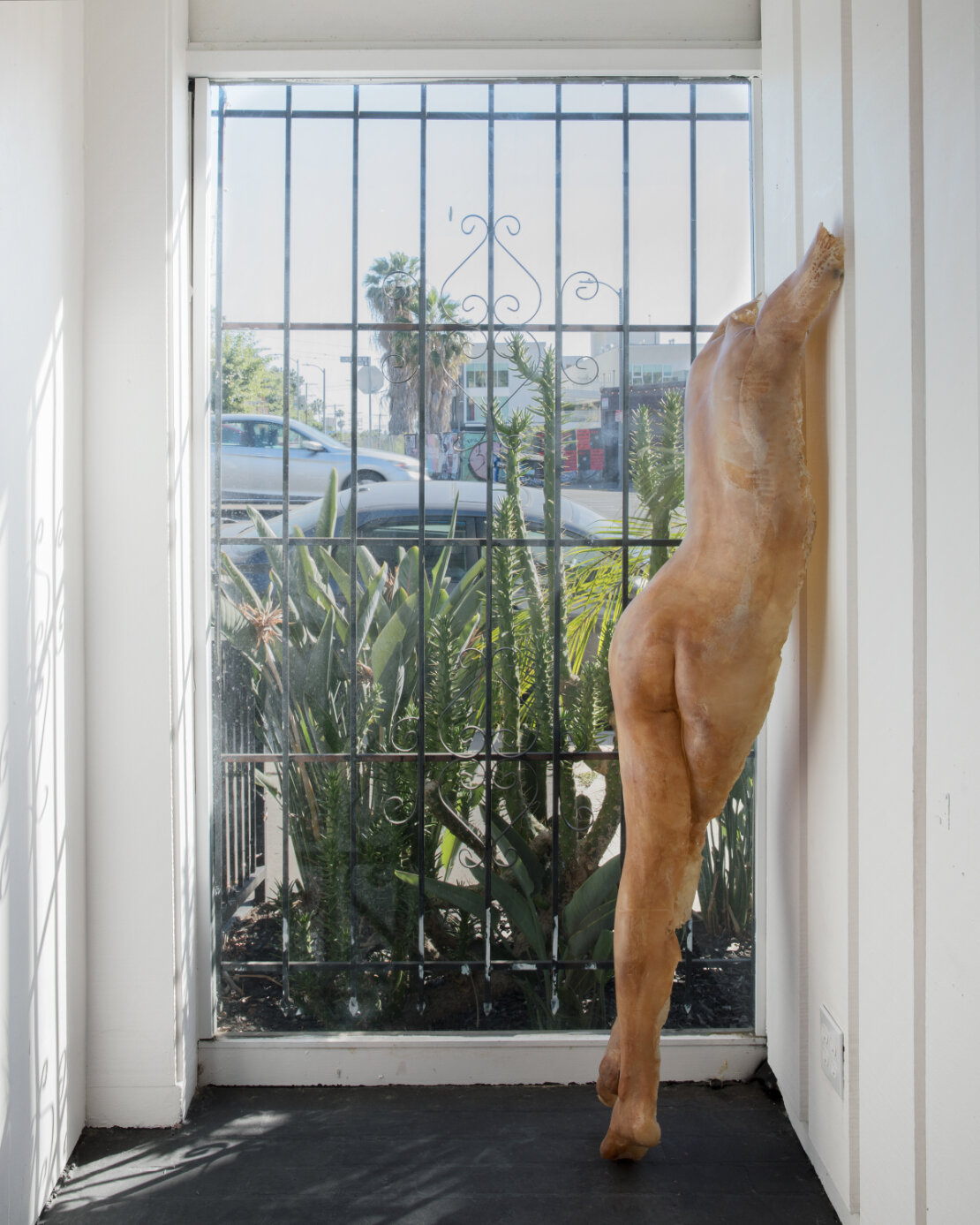
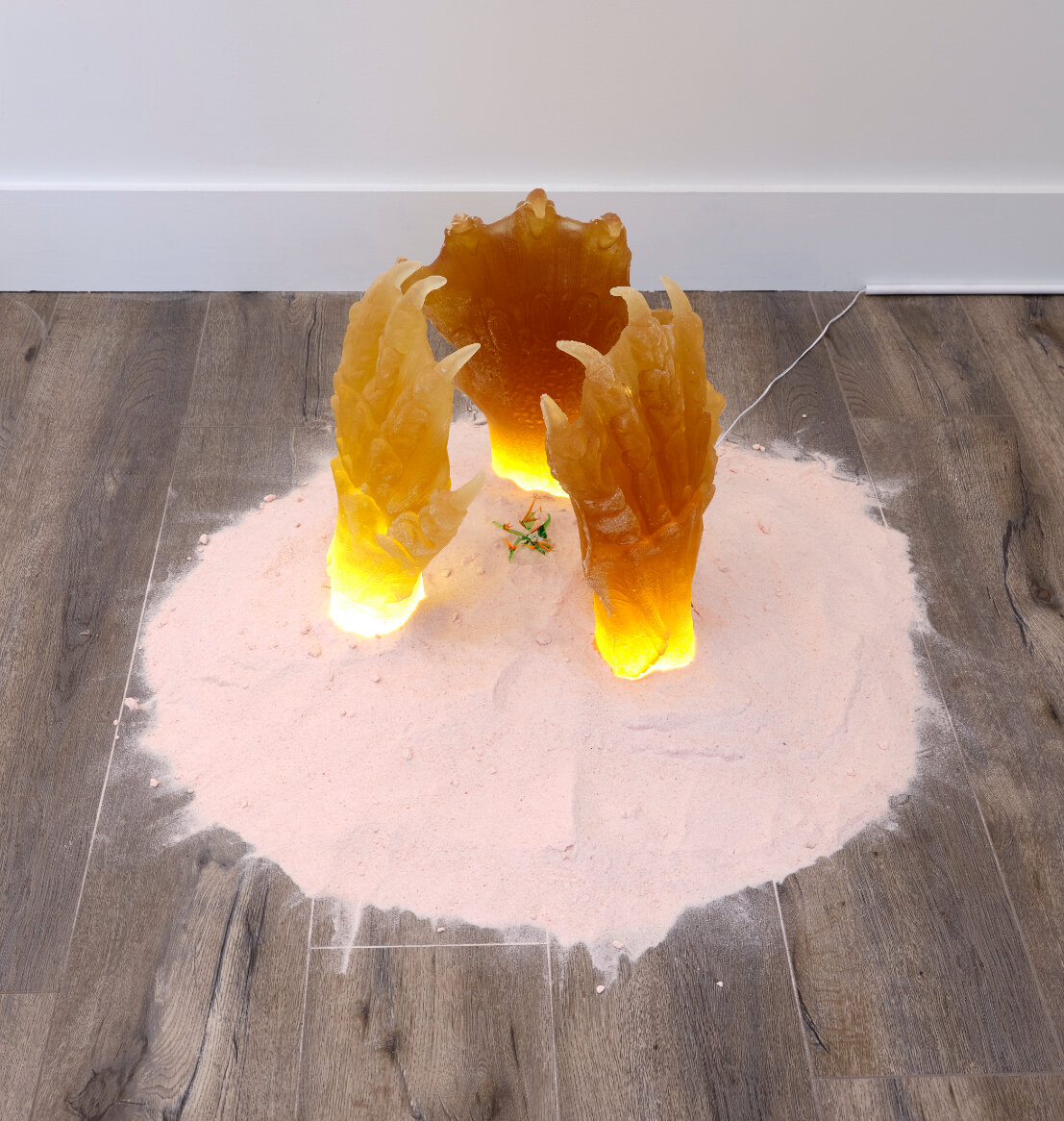
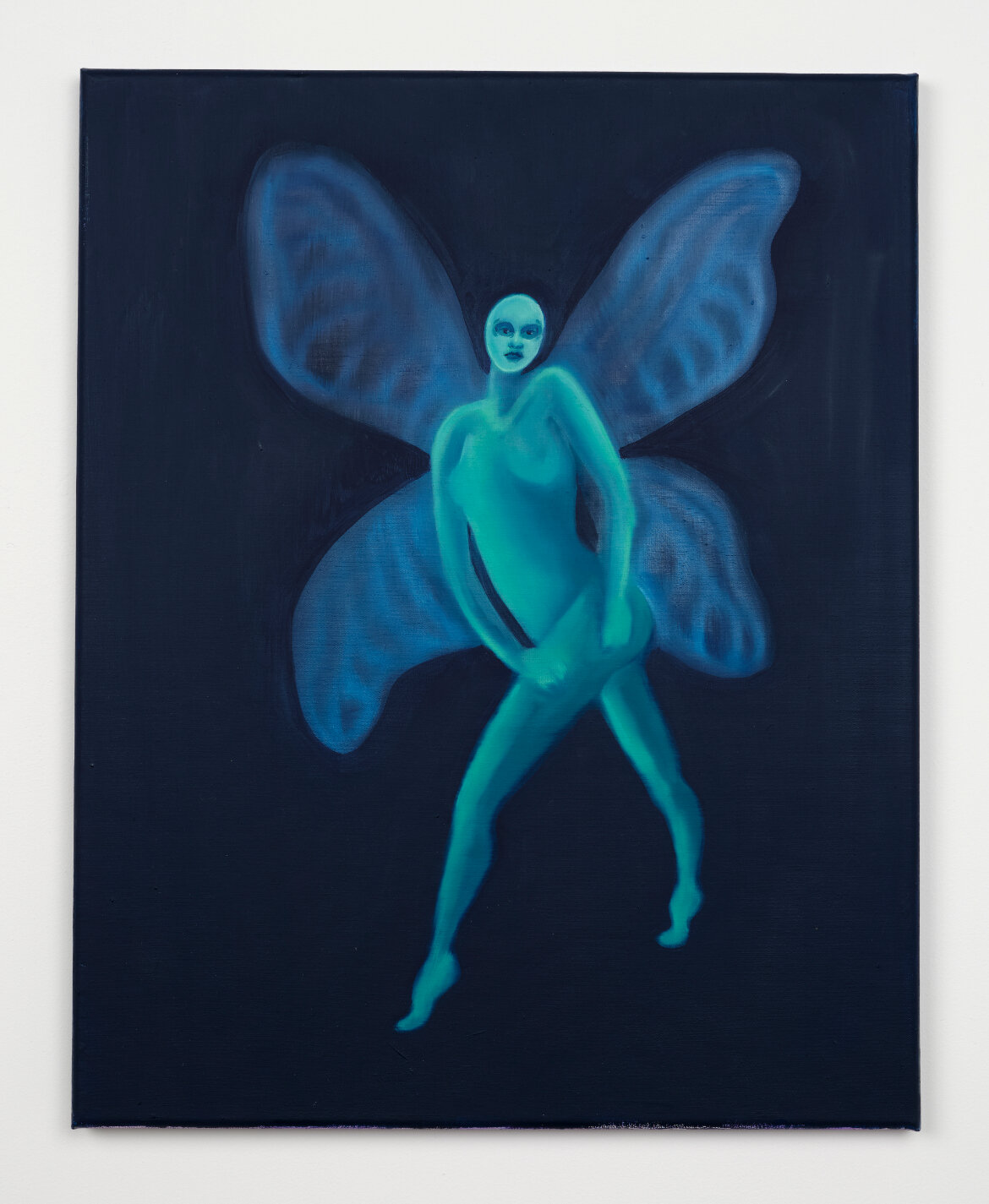
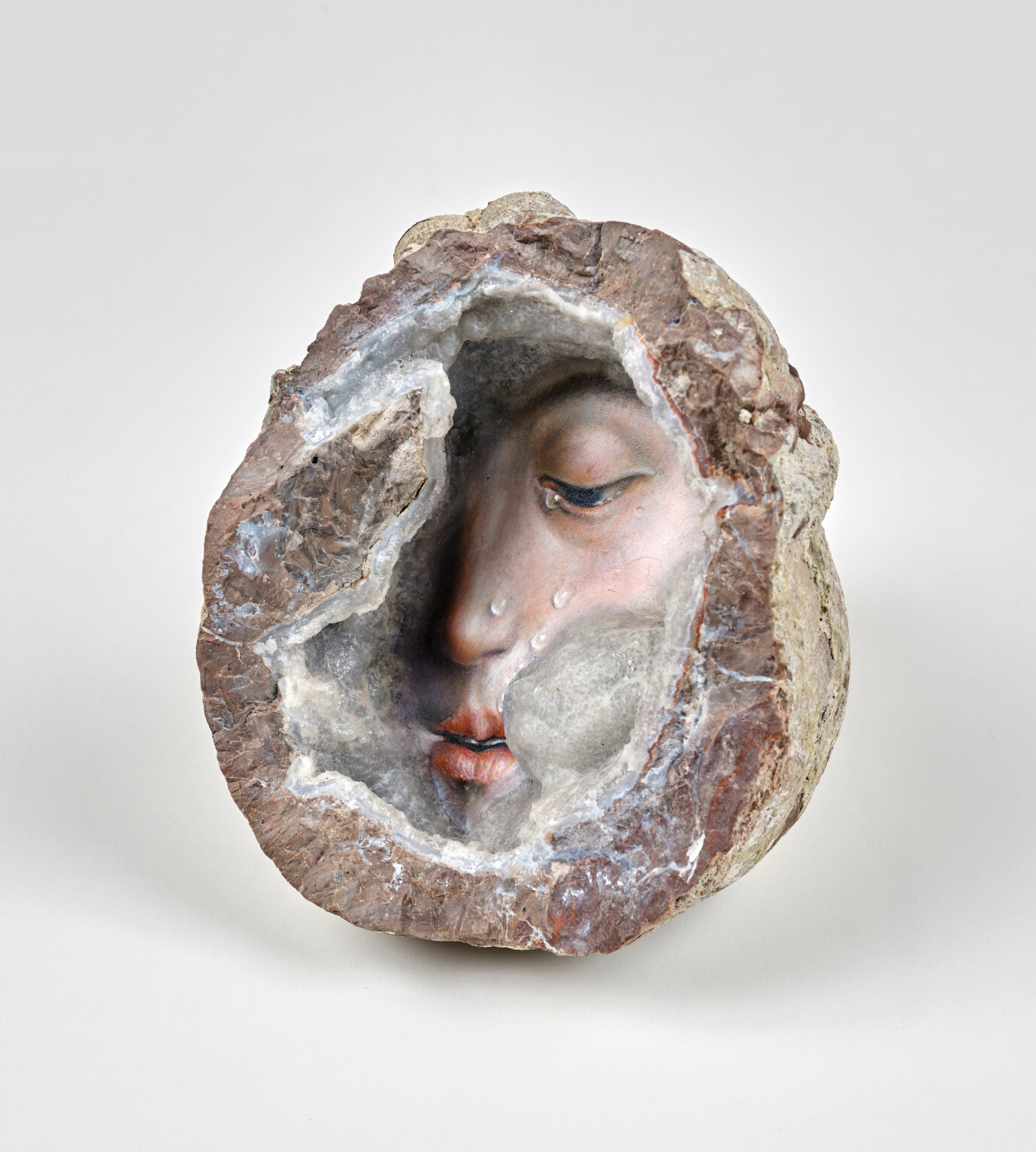
![Claire Colette Blue Flower [never-ending flame] , 2021 Acrylic, ash, salt, rose water, resin incense (frankincense, myrrh, copal, benzoin, hyah), dried flowers, flower essences on canvas 46 x 56 inches Photo by Julian Calero Courtesy of Make Room L](https://images.squarespace-cdn.com/content/v1/544cb720e4b0f3ba72ee8a78/1625096525974-SO9DV6AIPVTJLKZ76ZA9/Claire+Colette.jpg)
